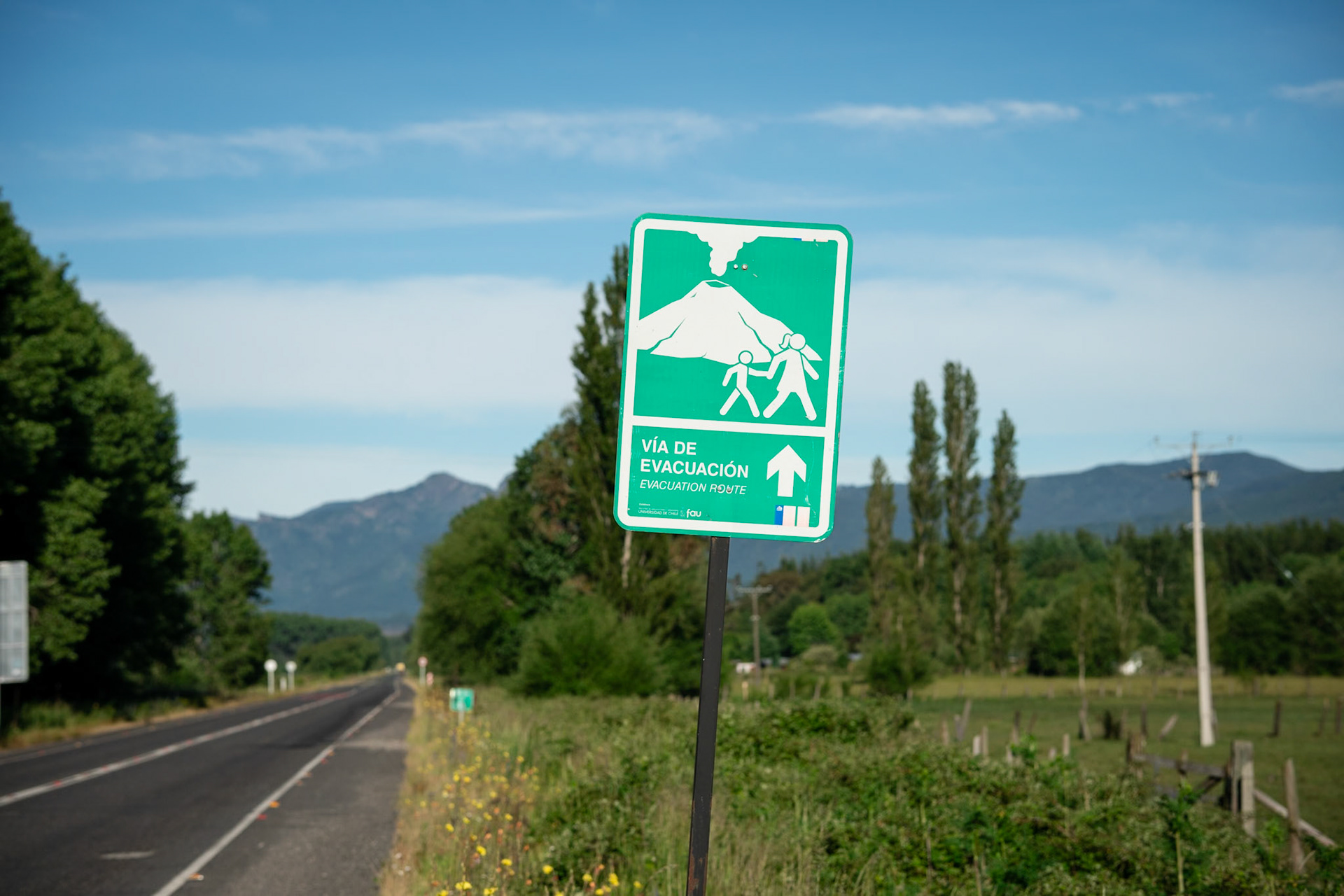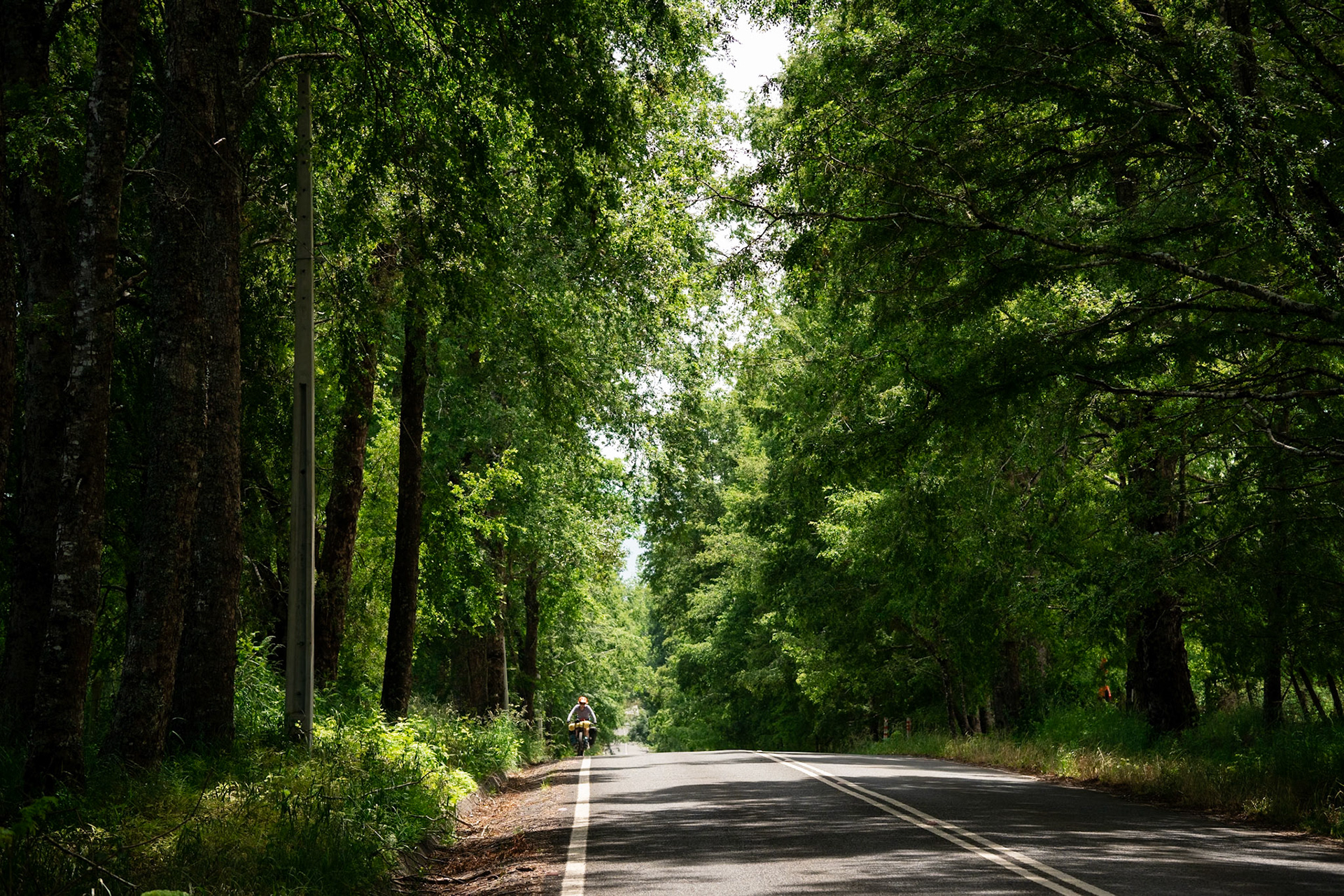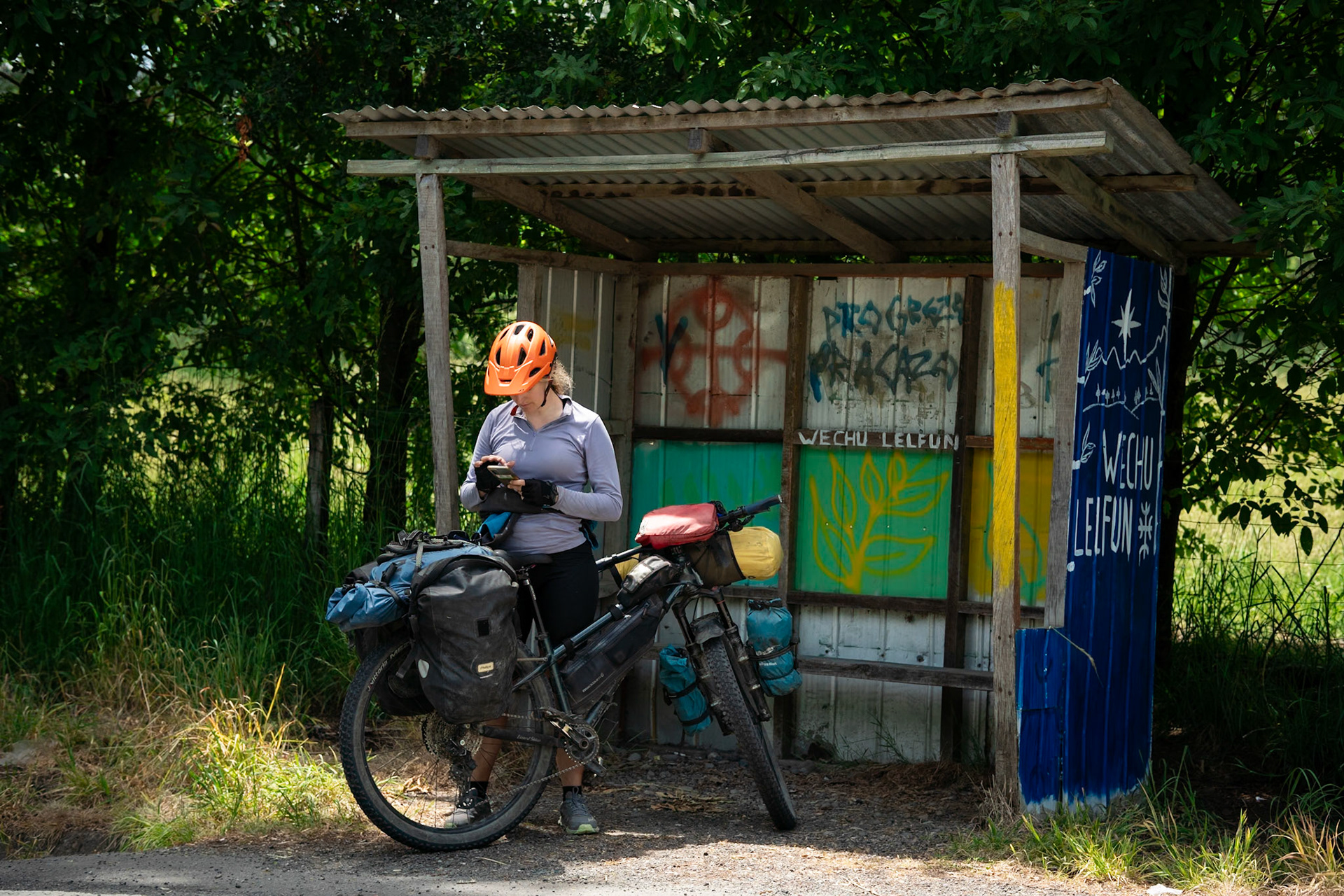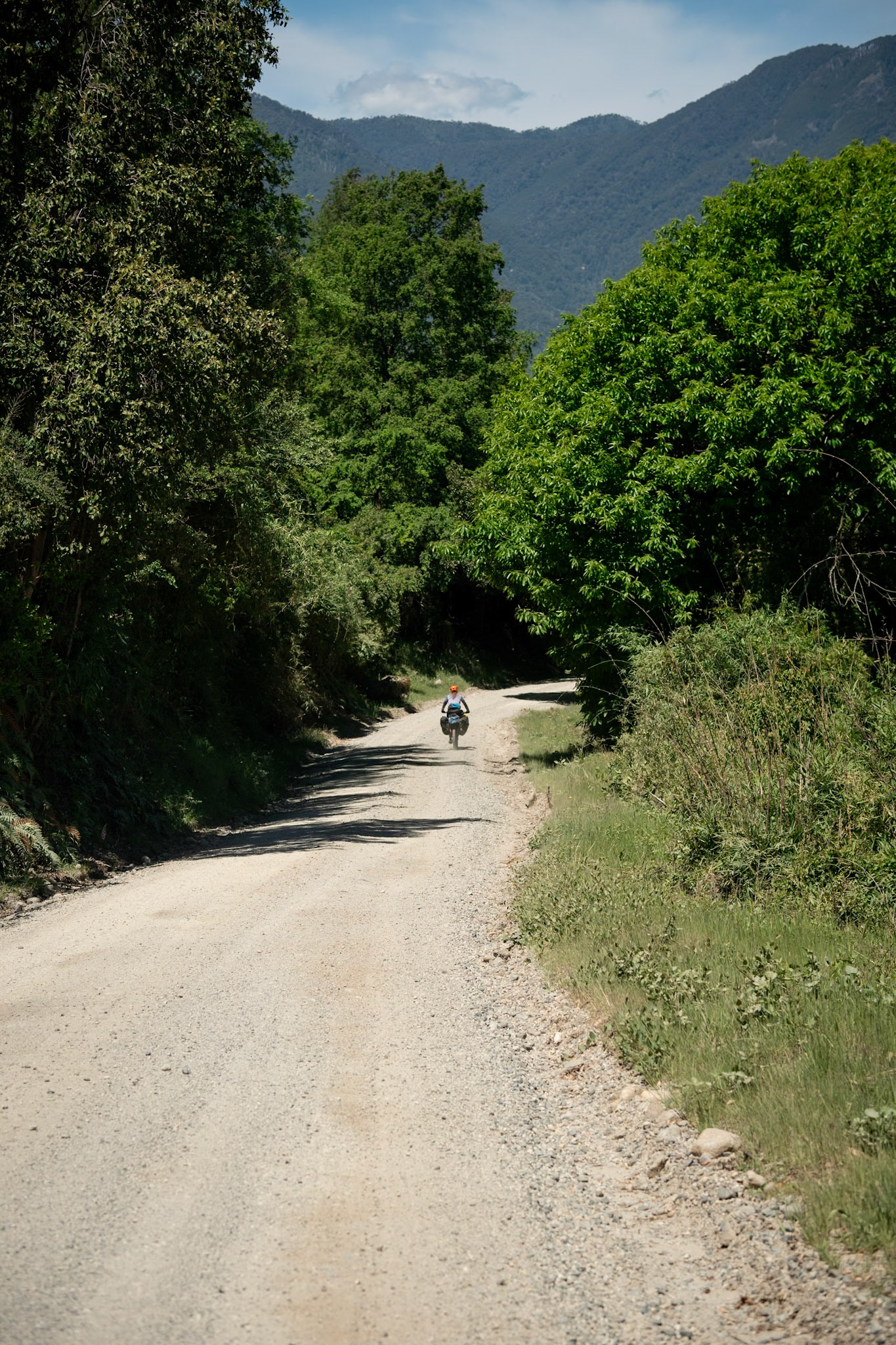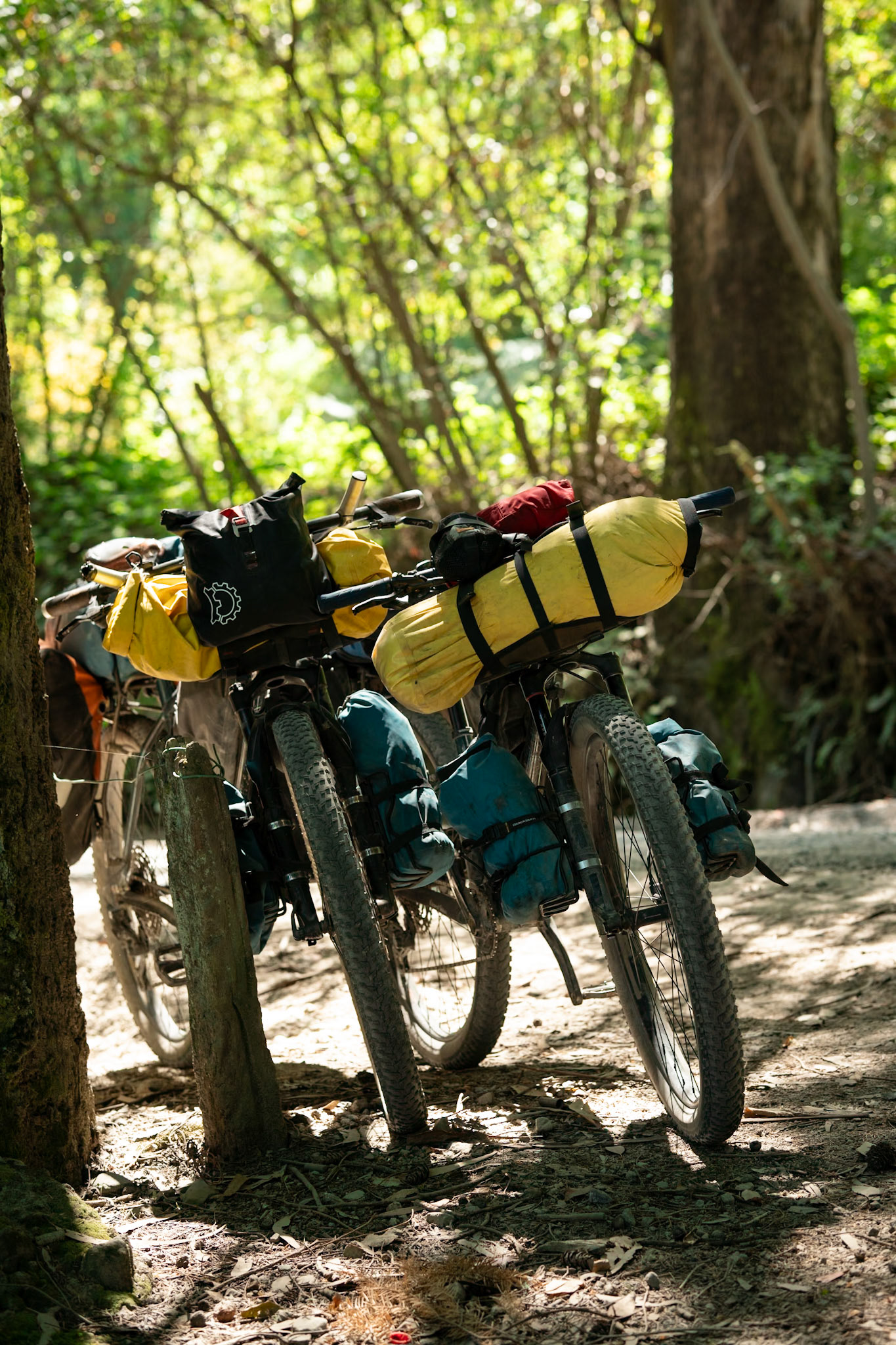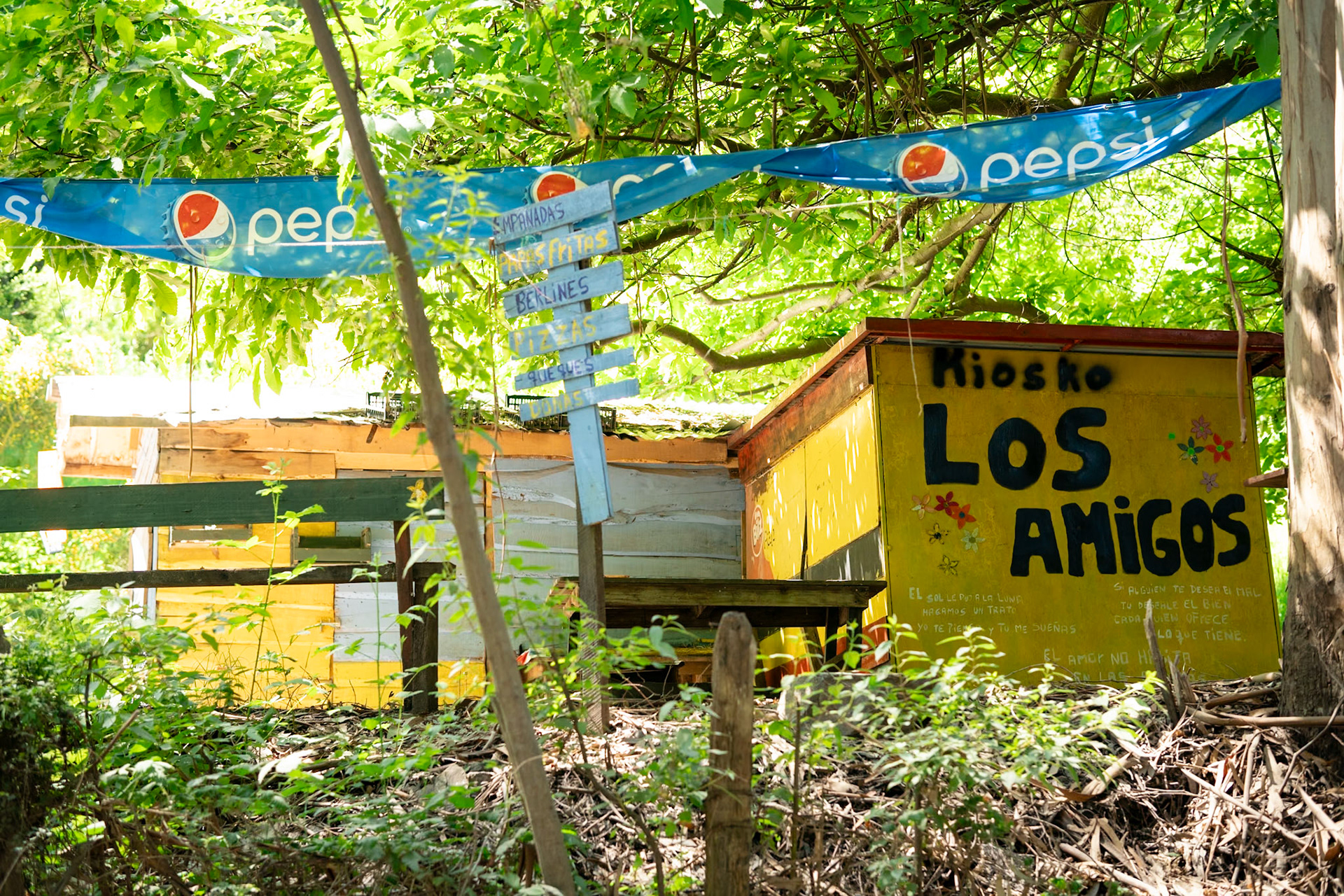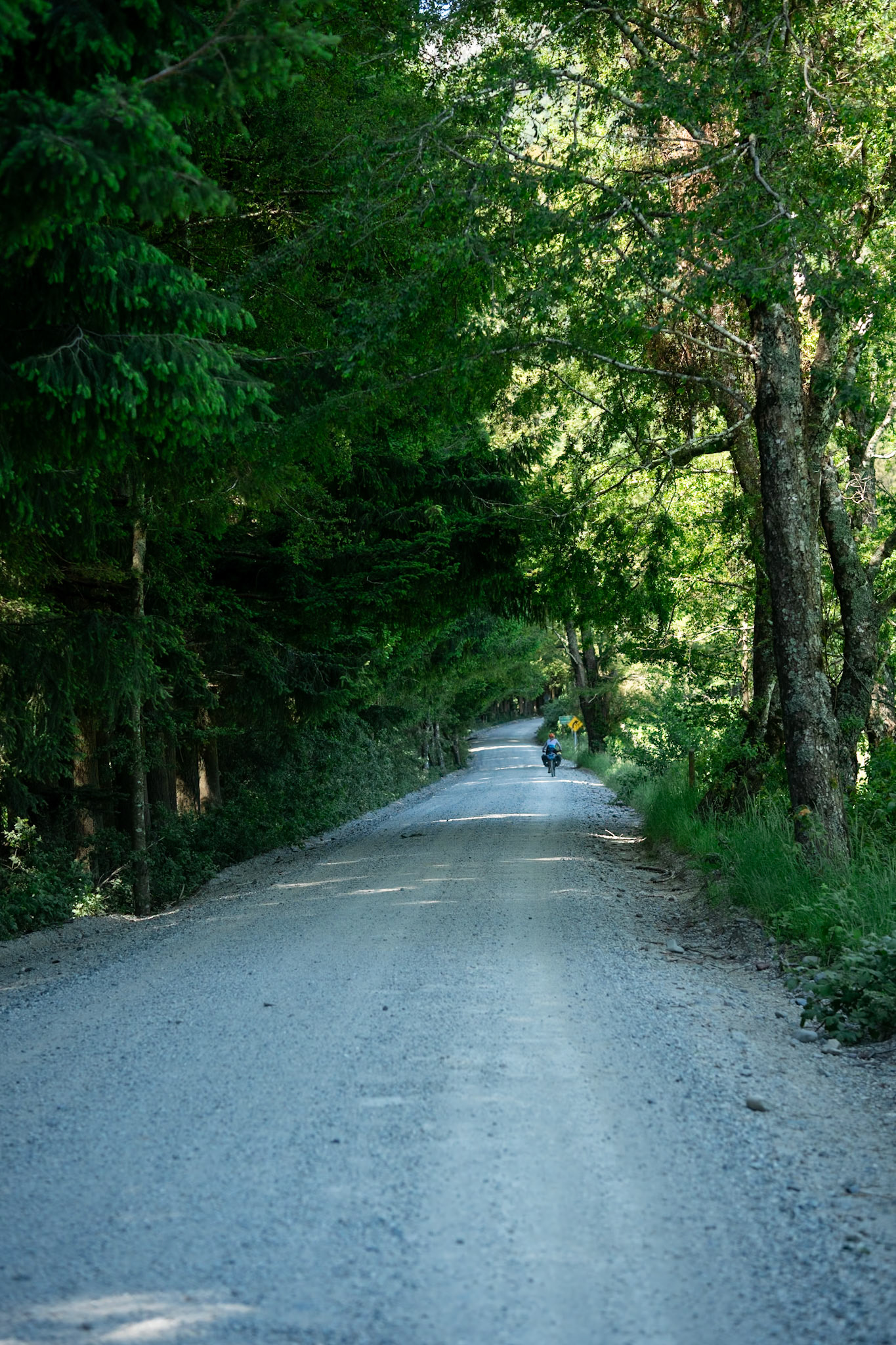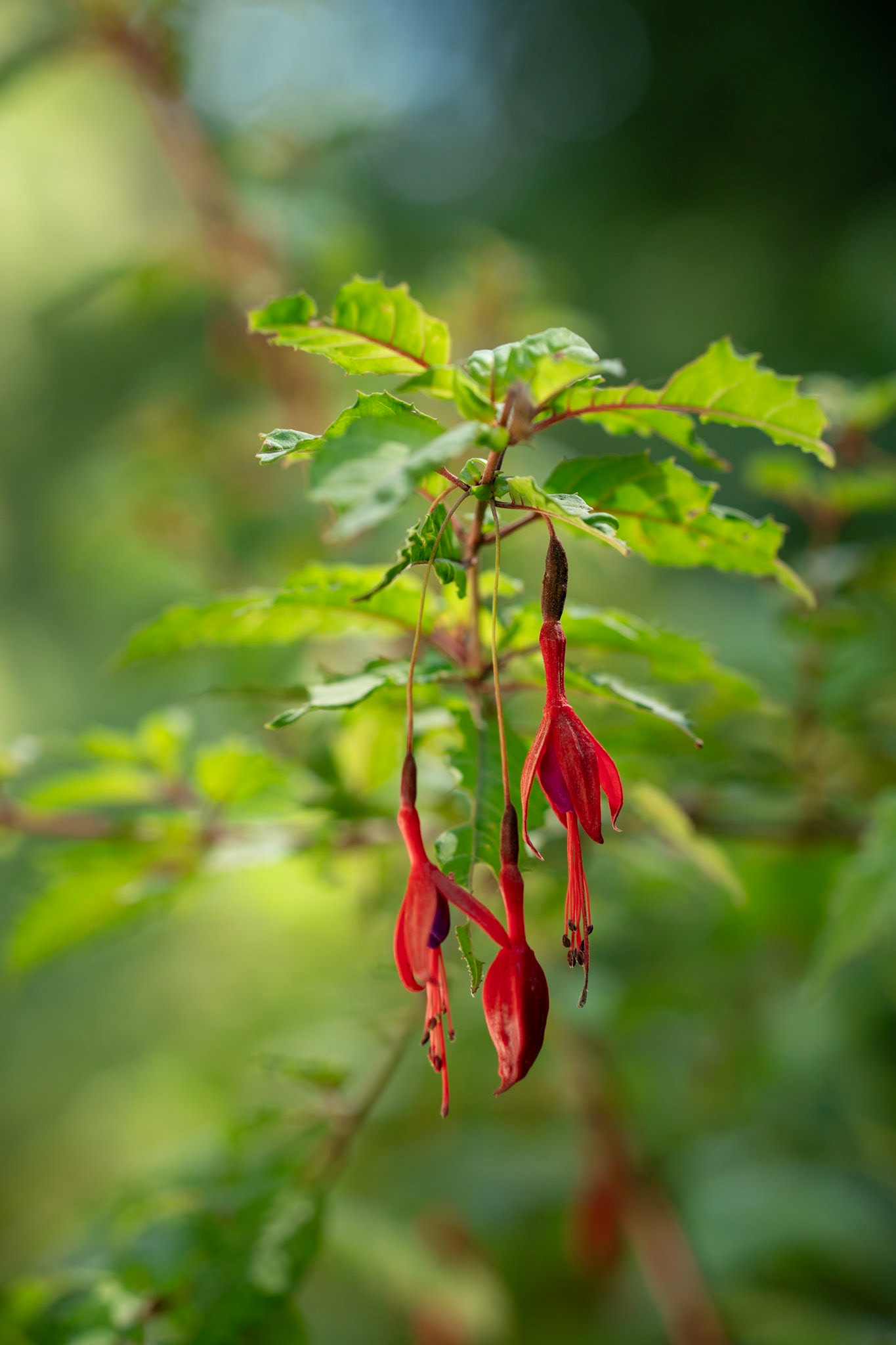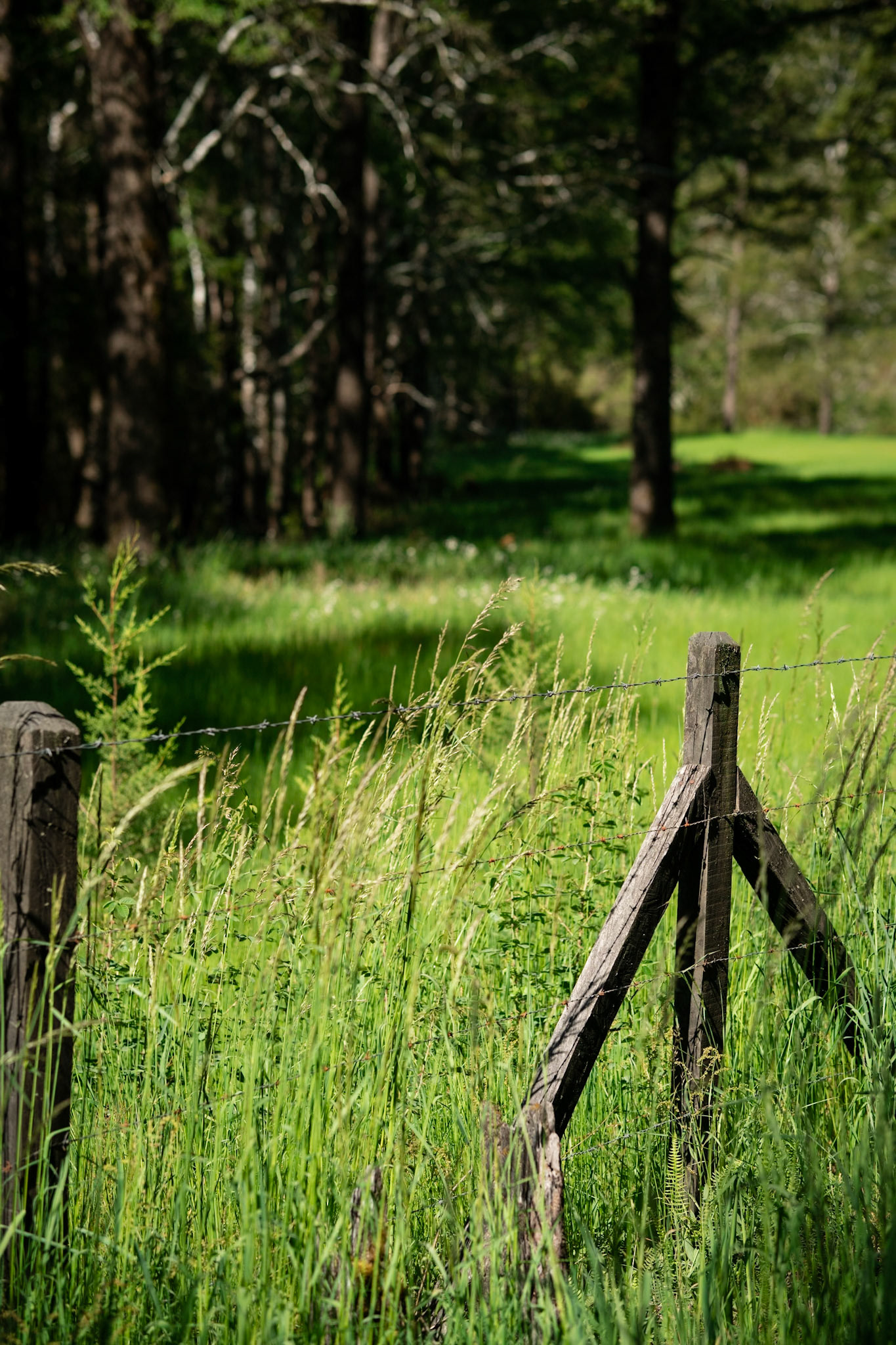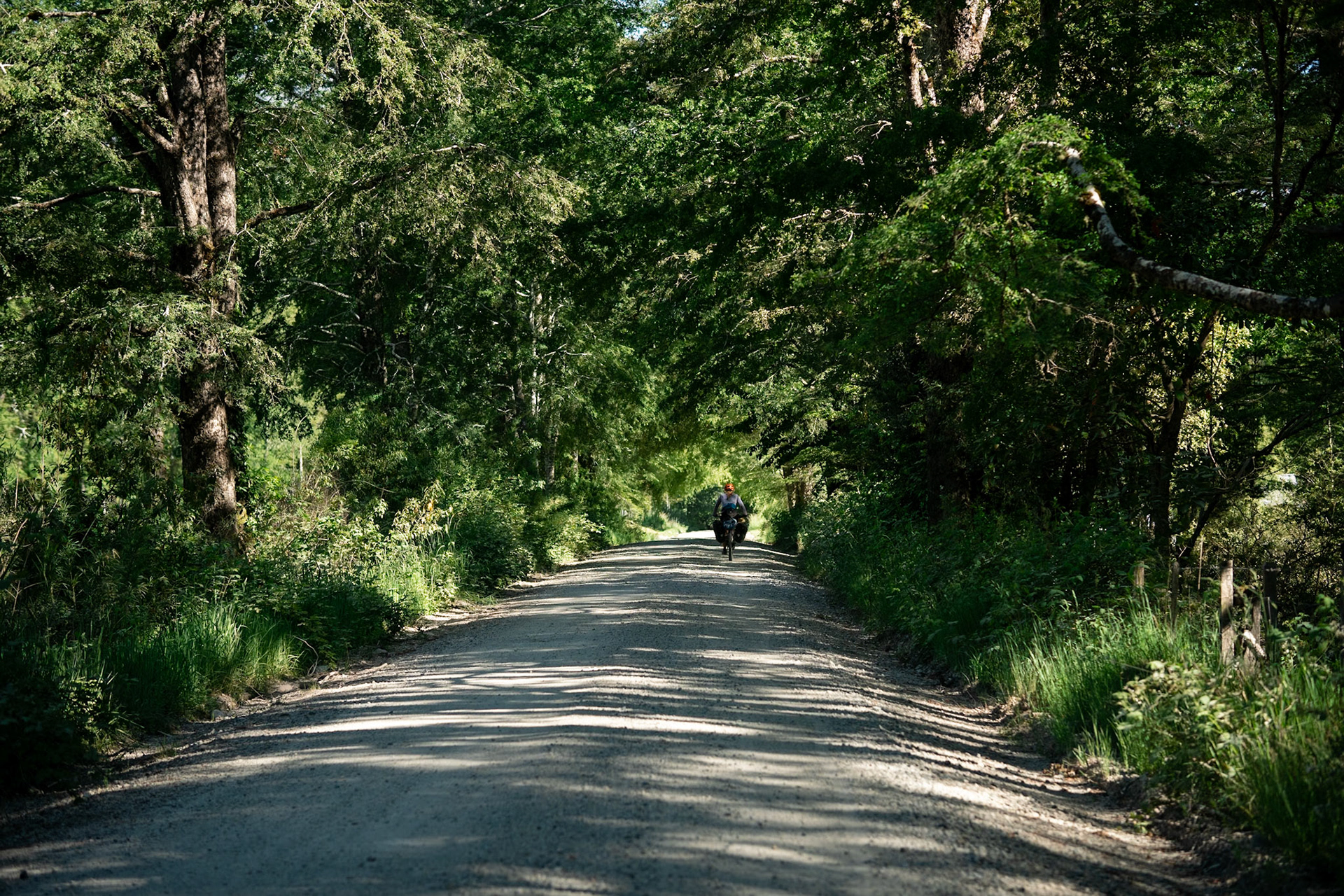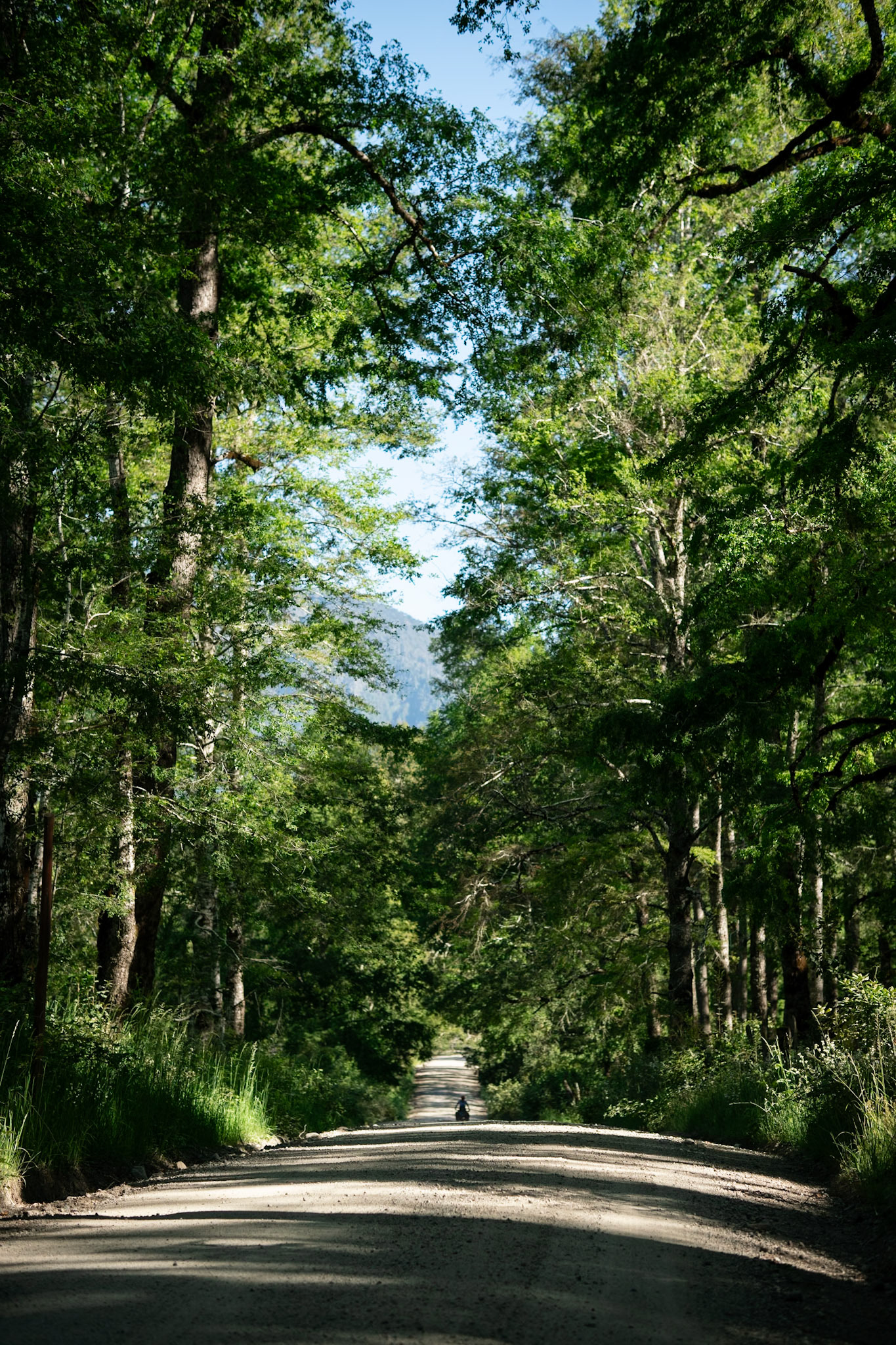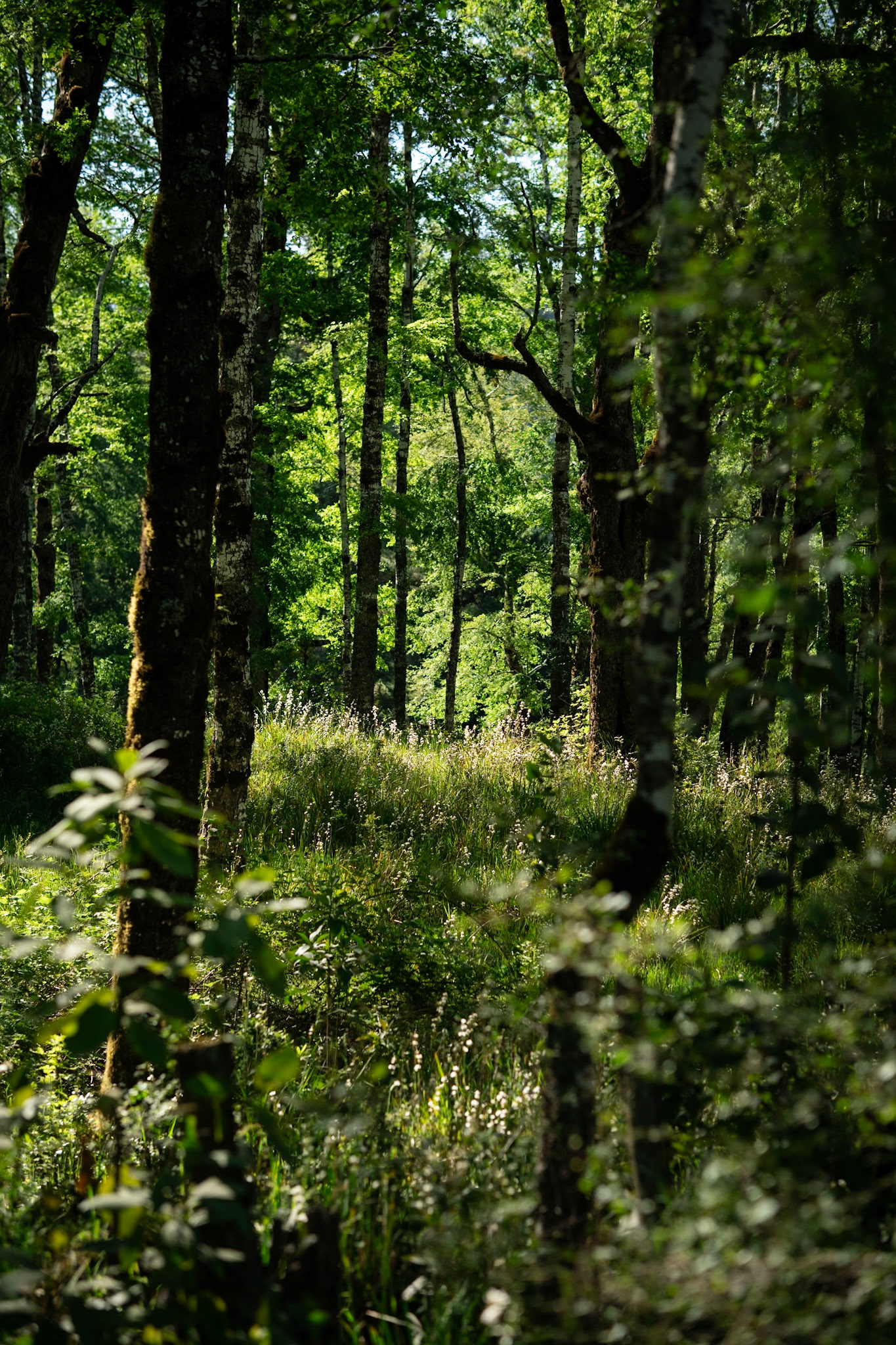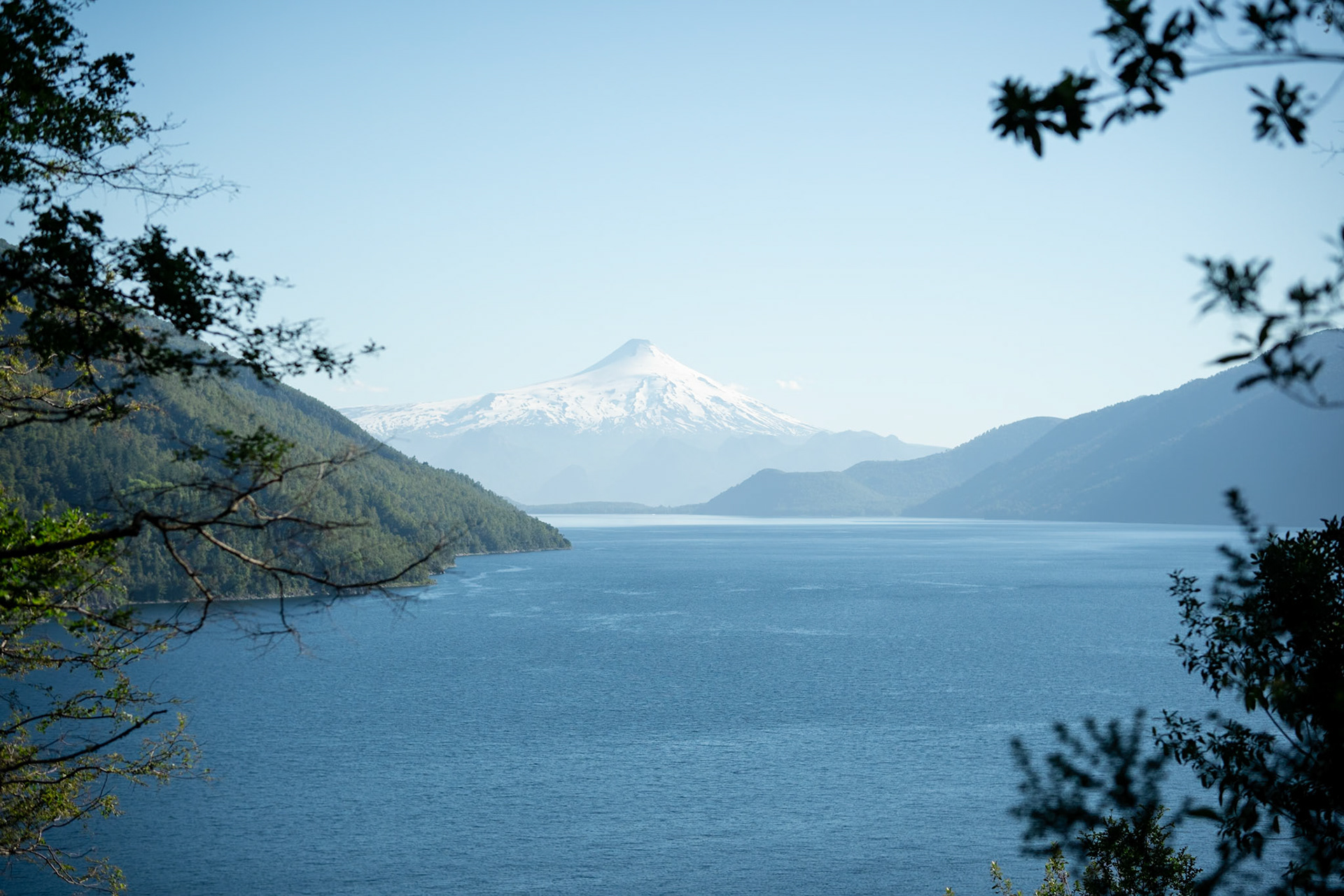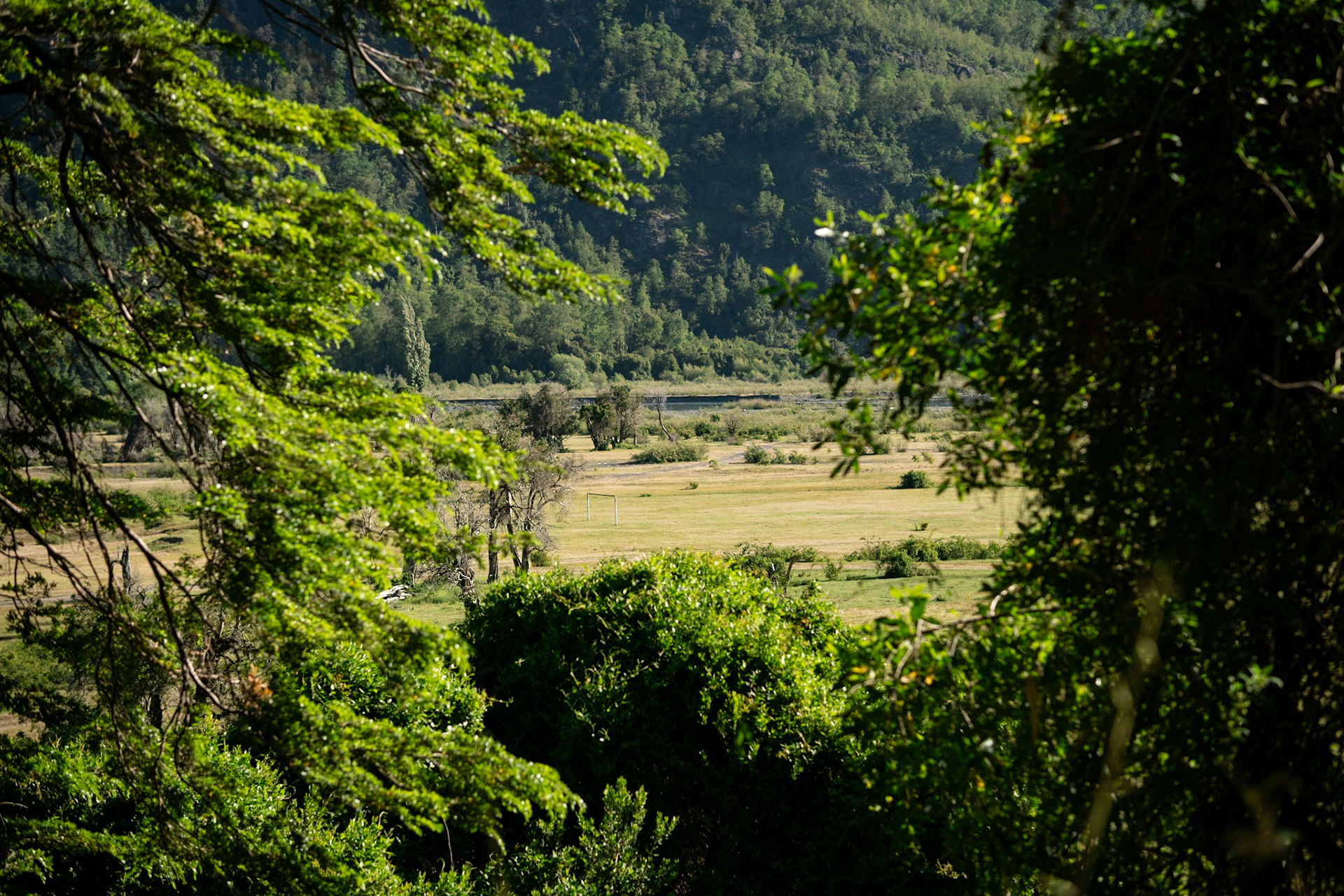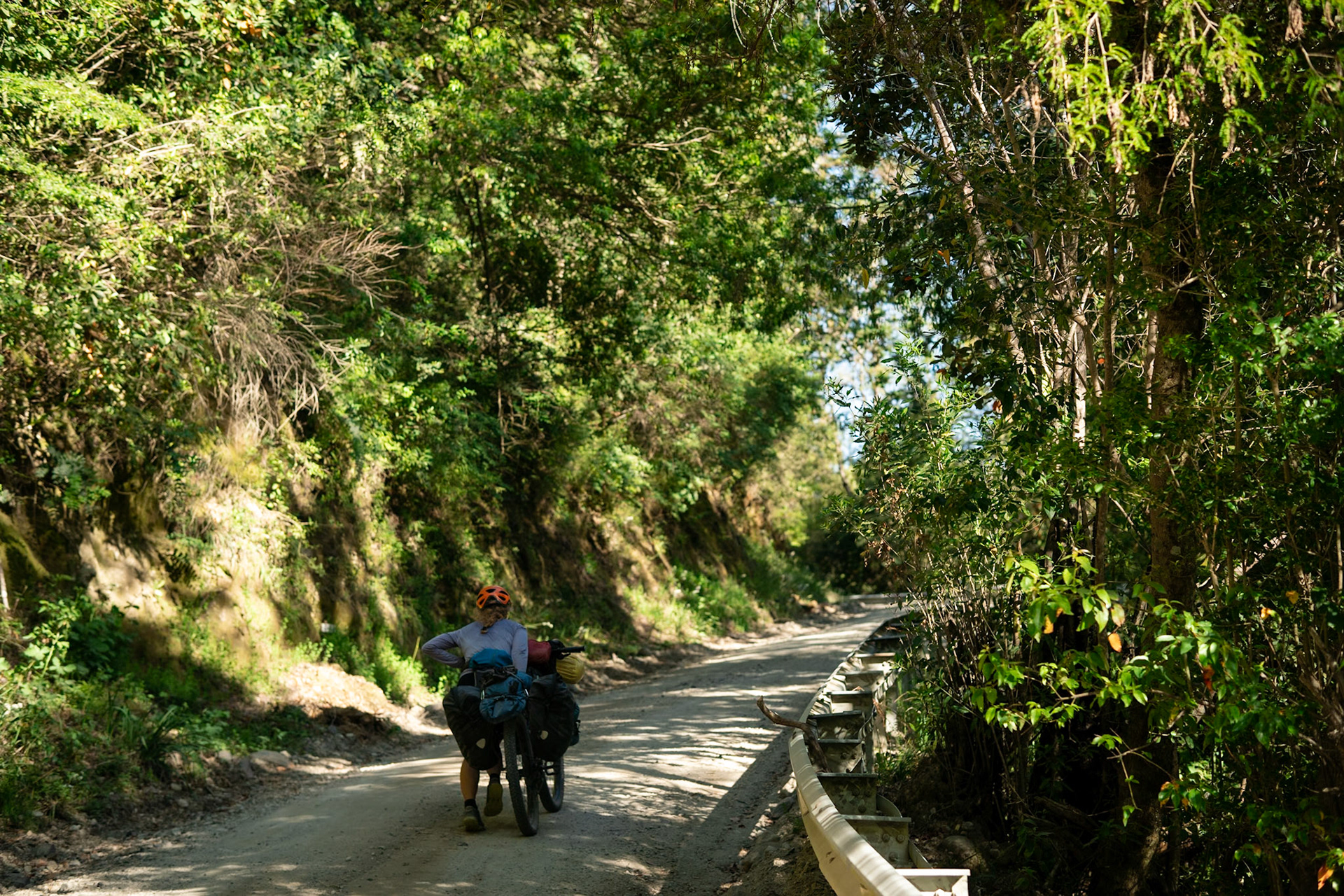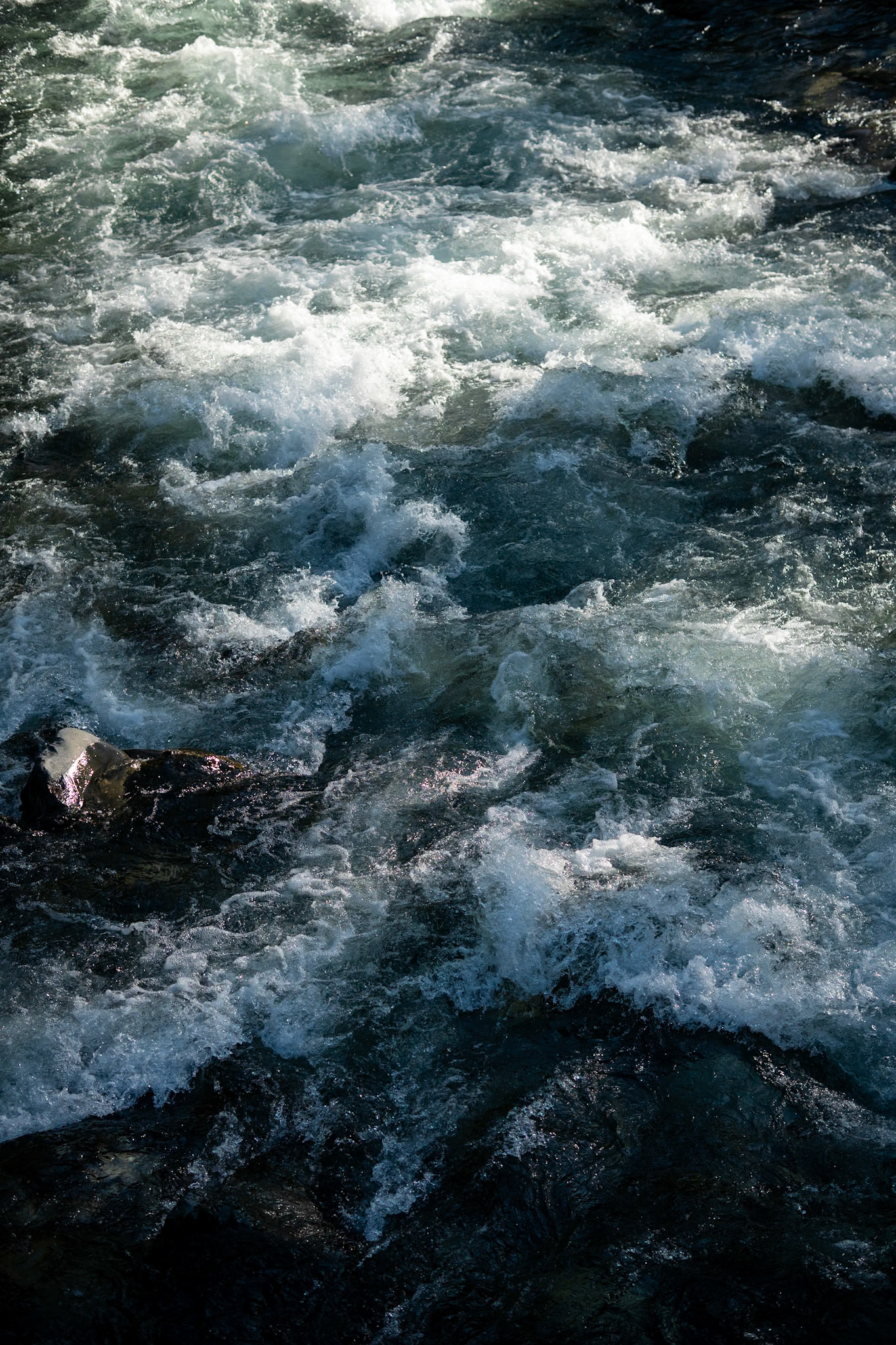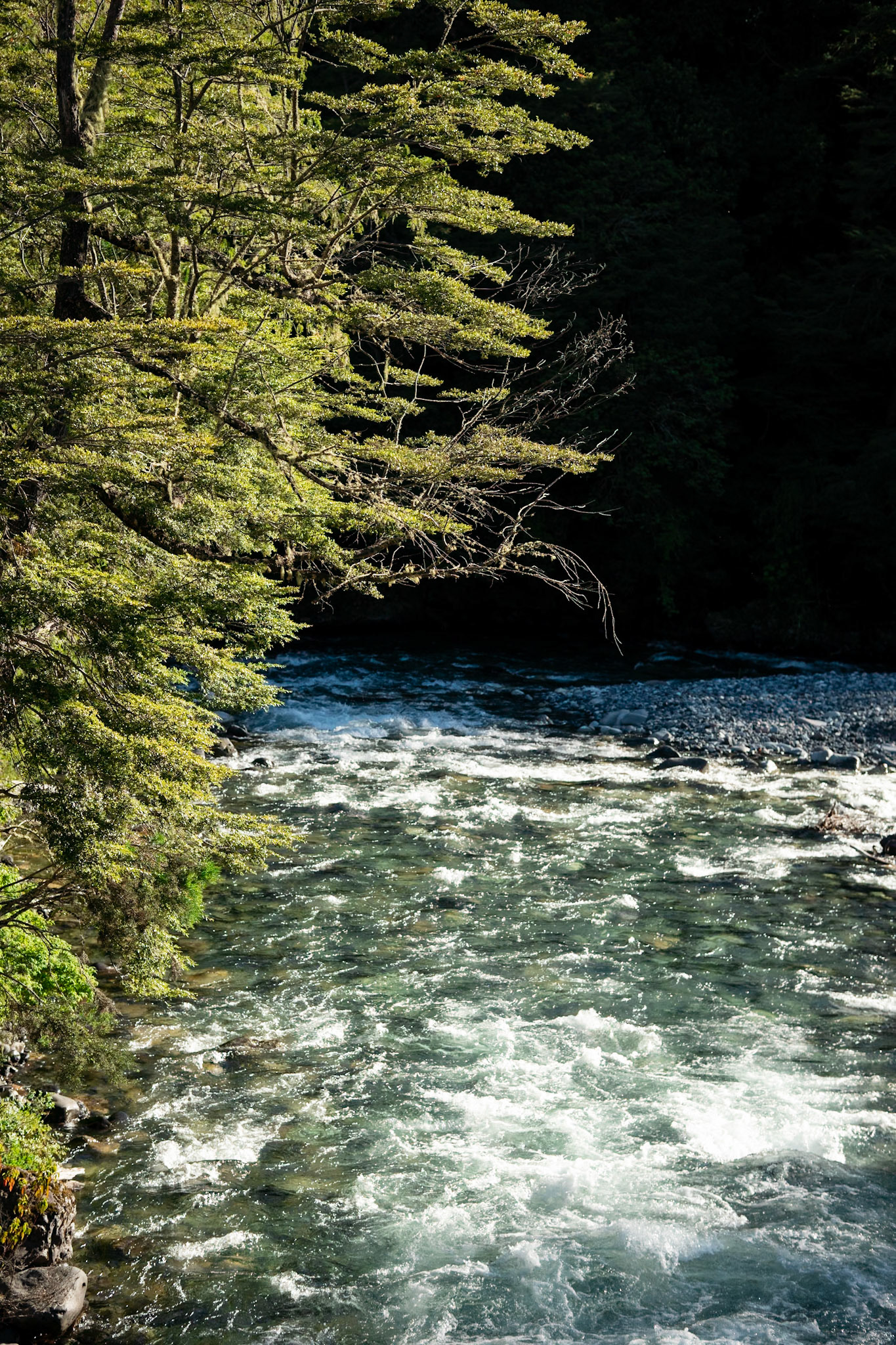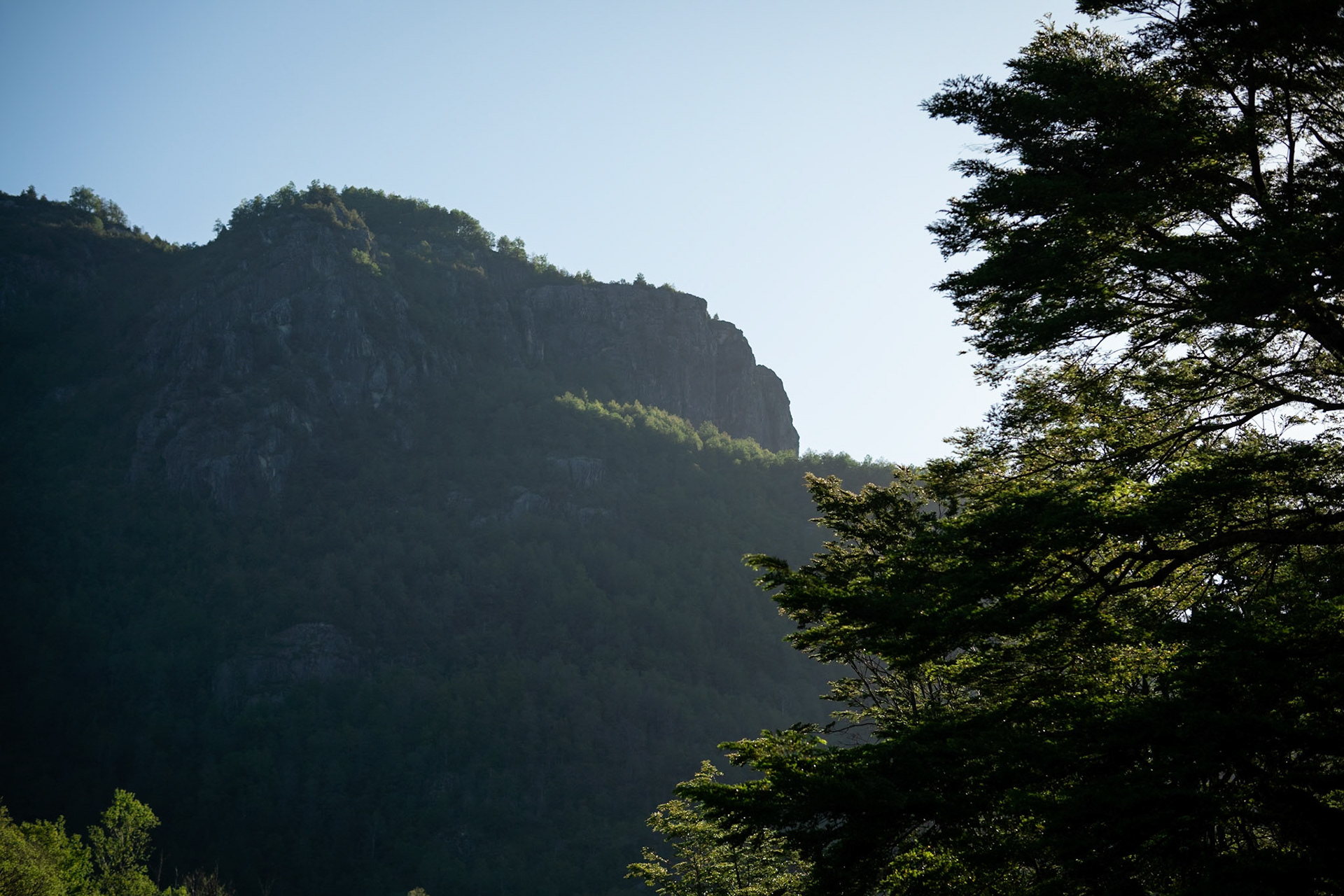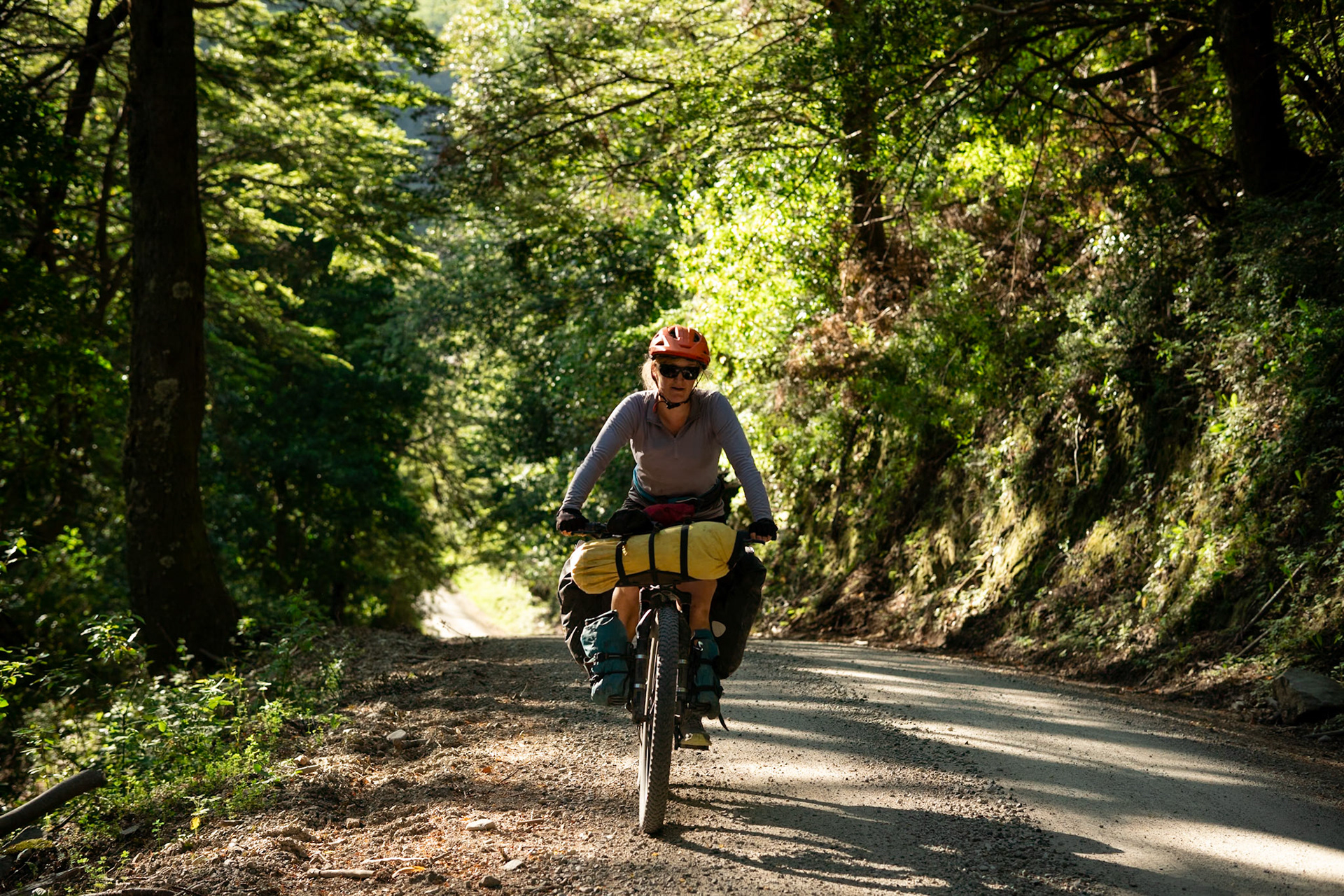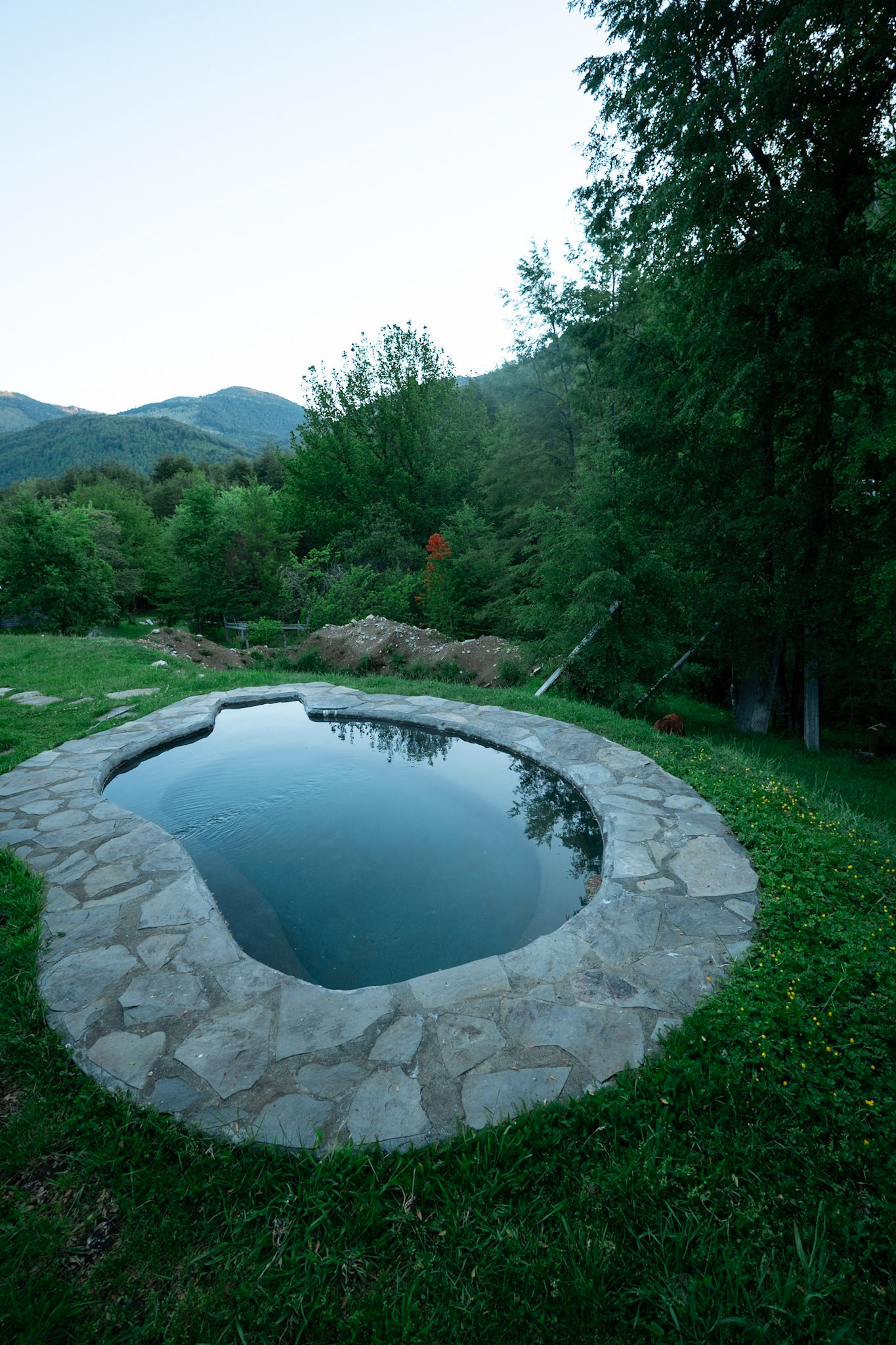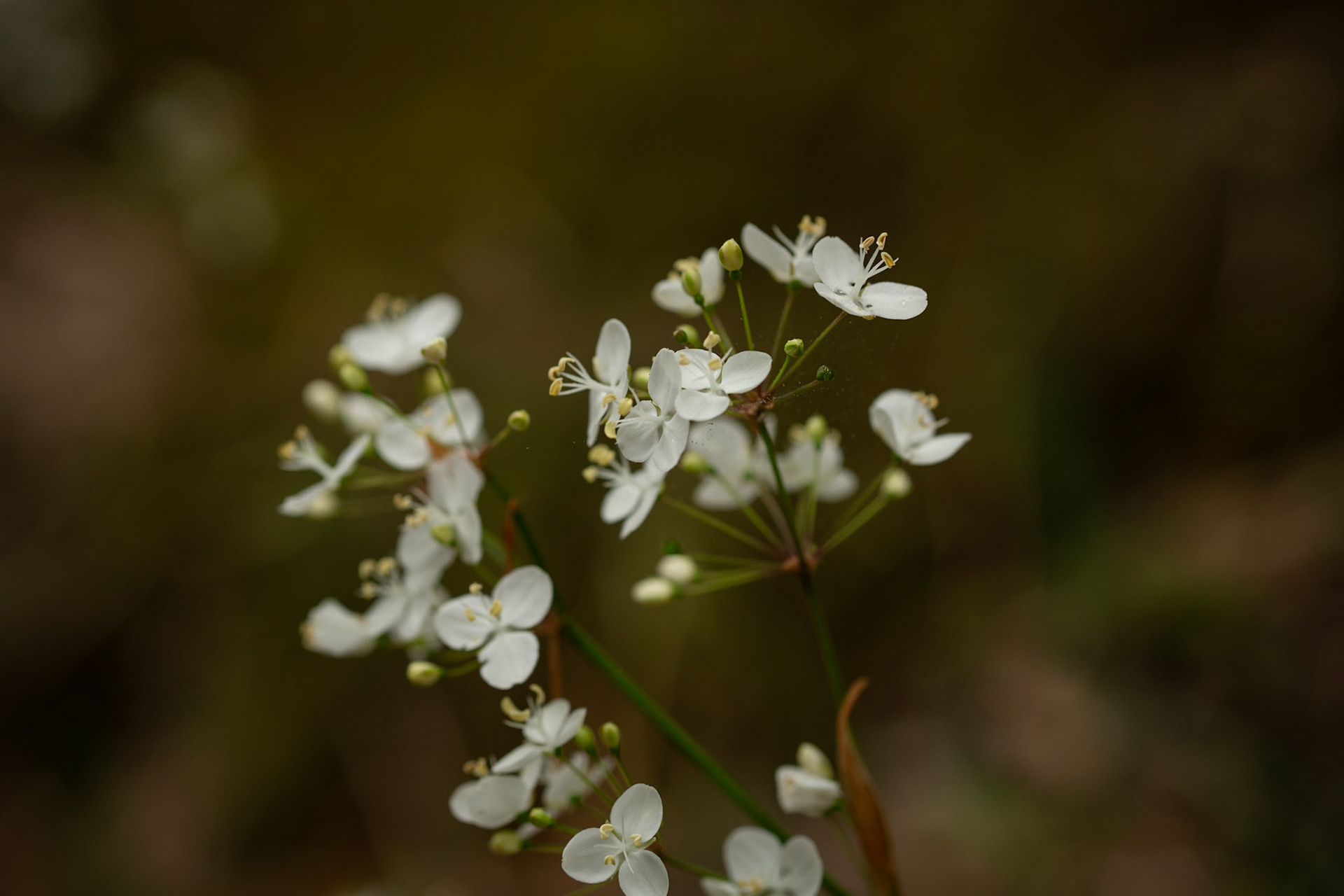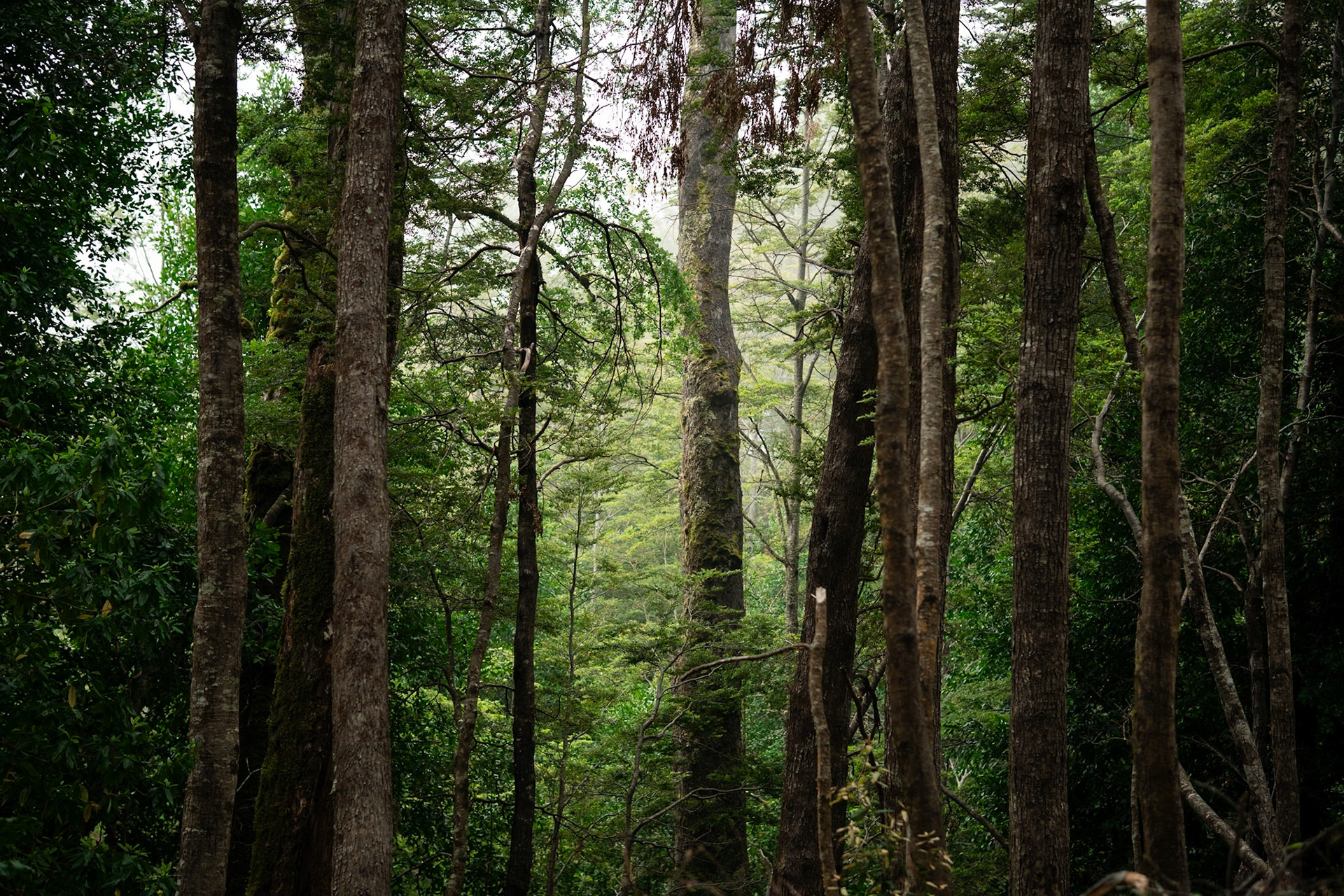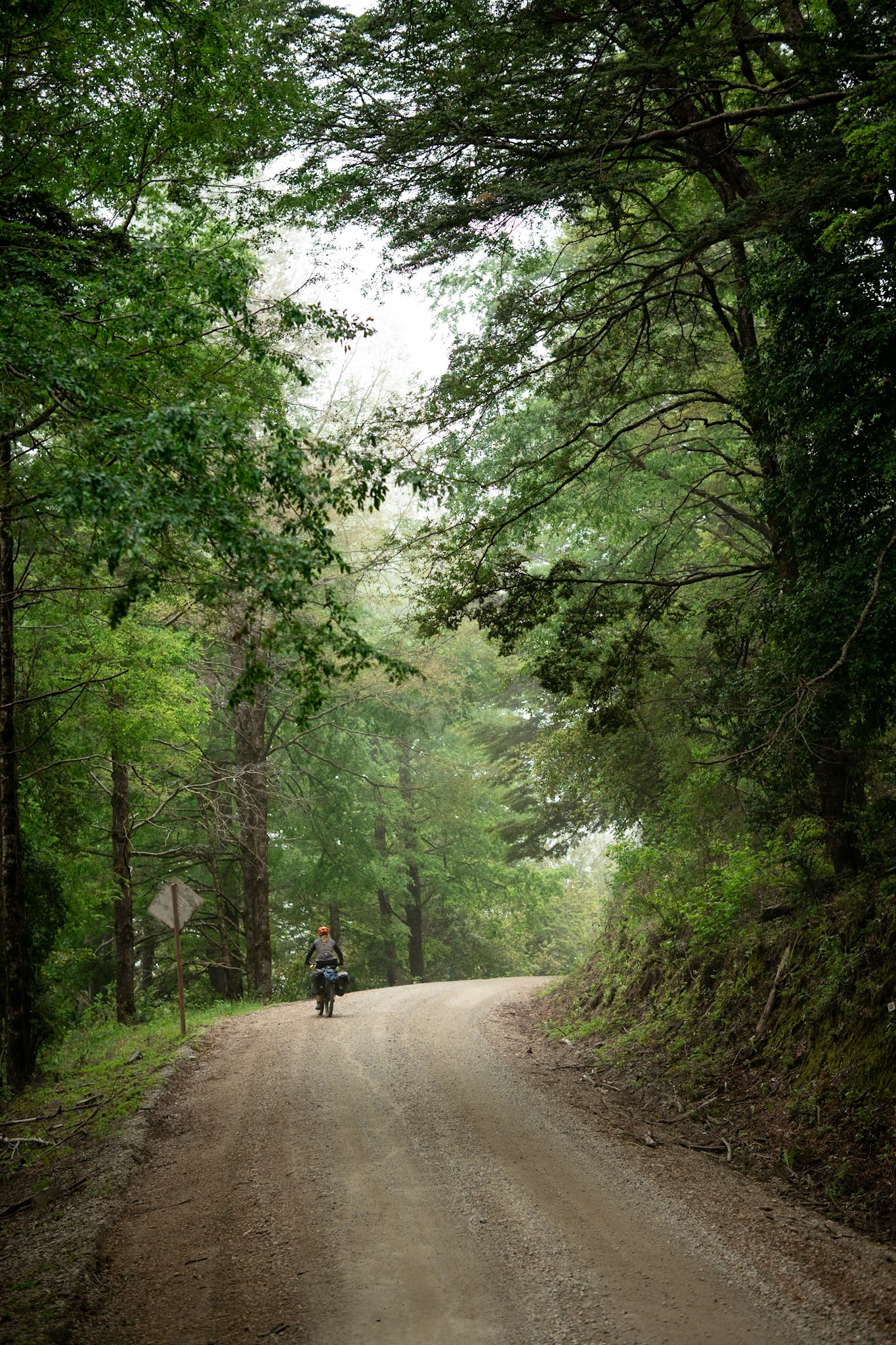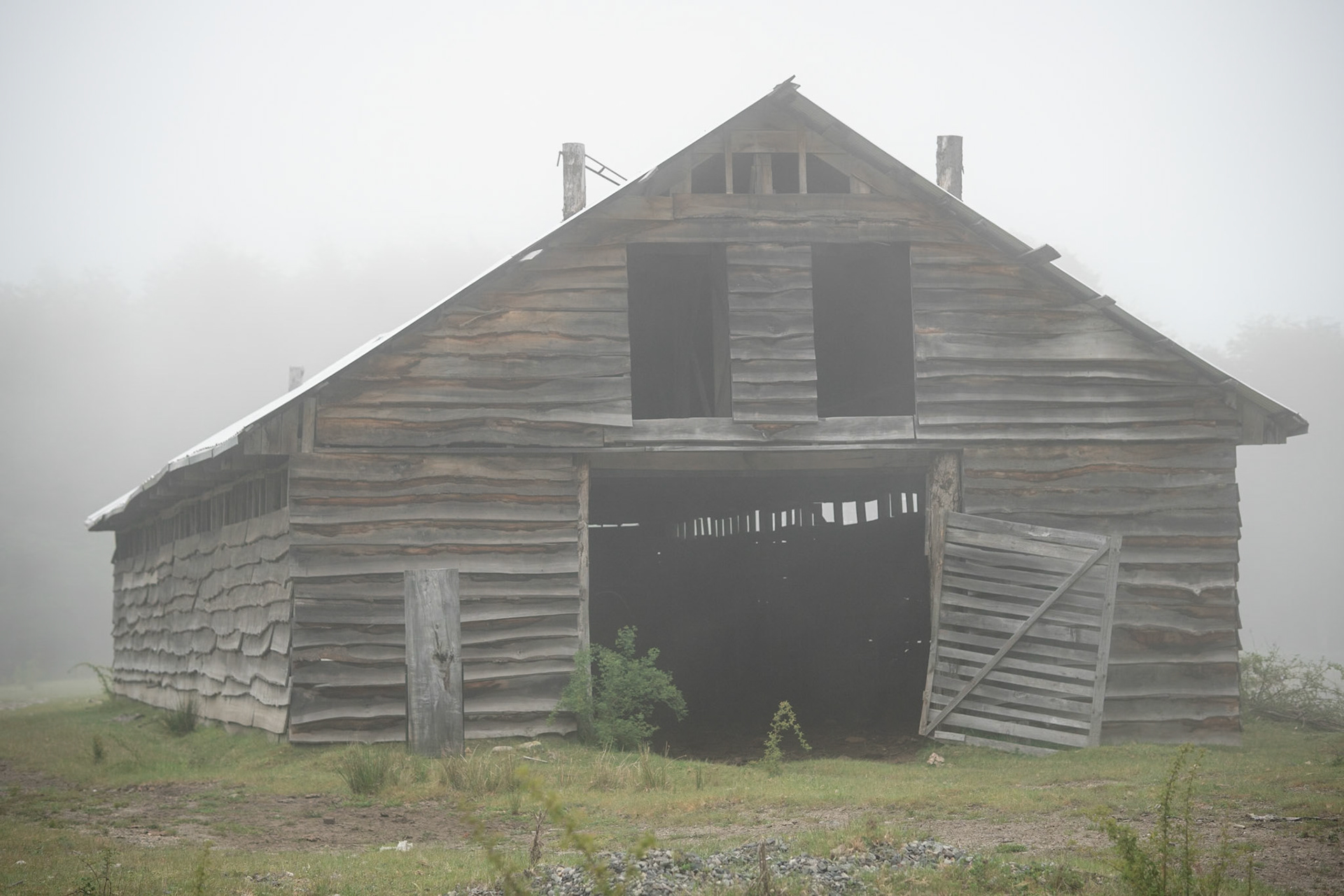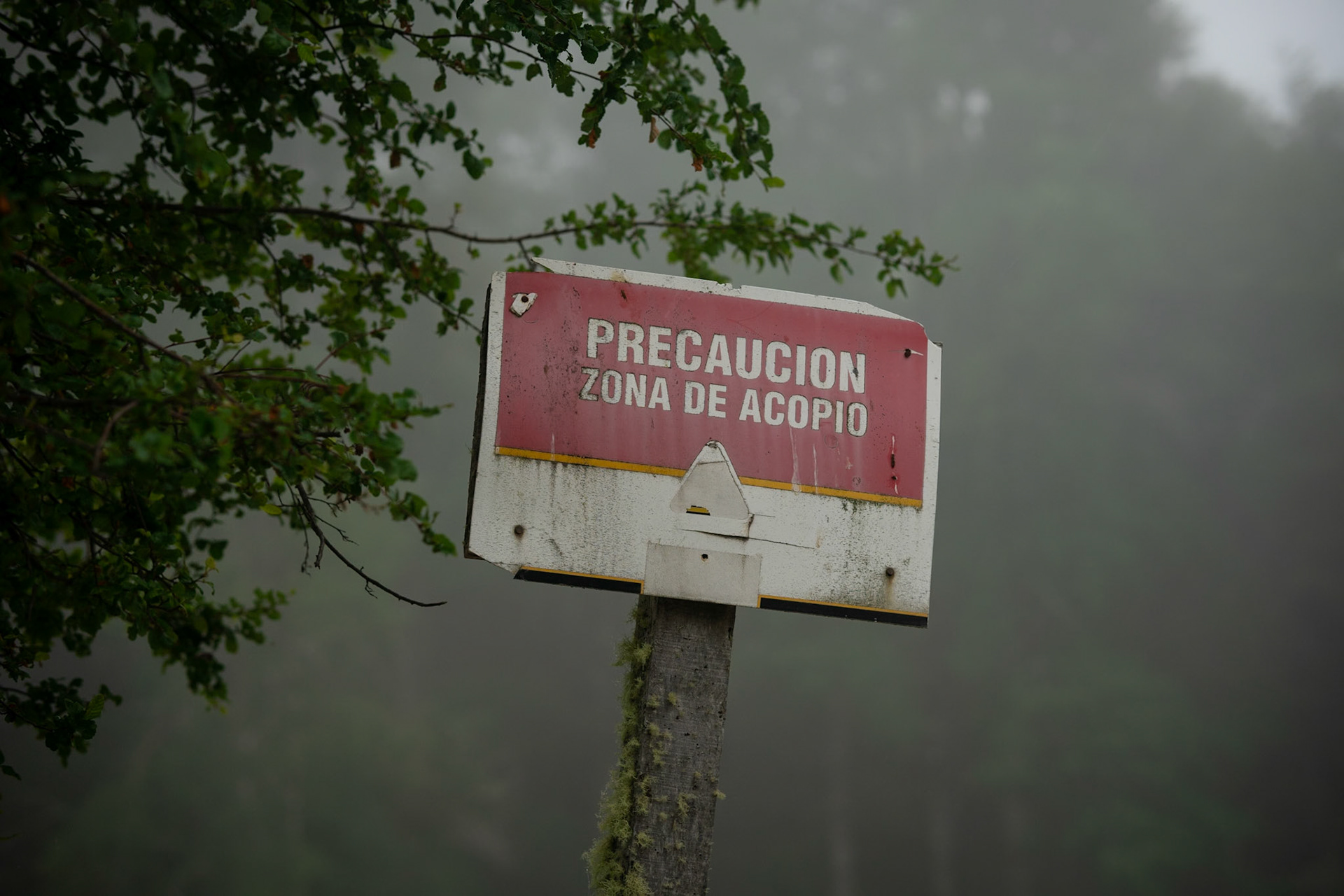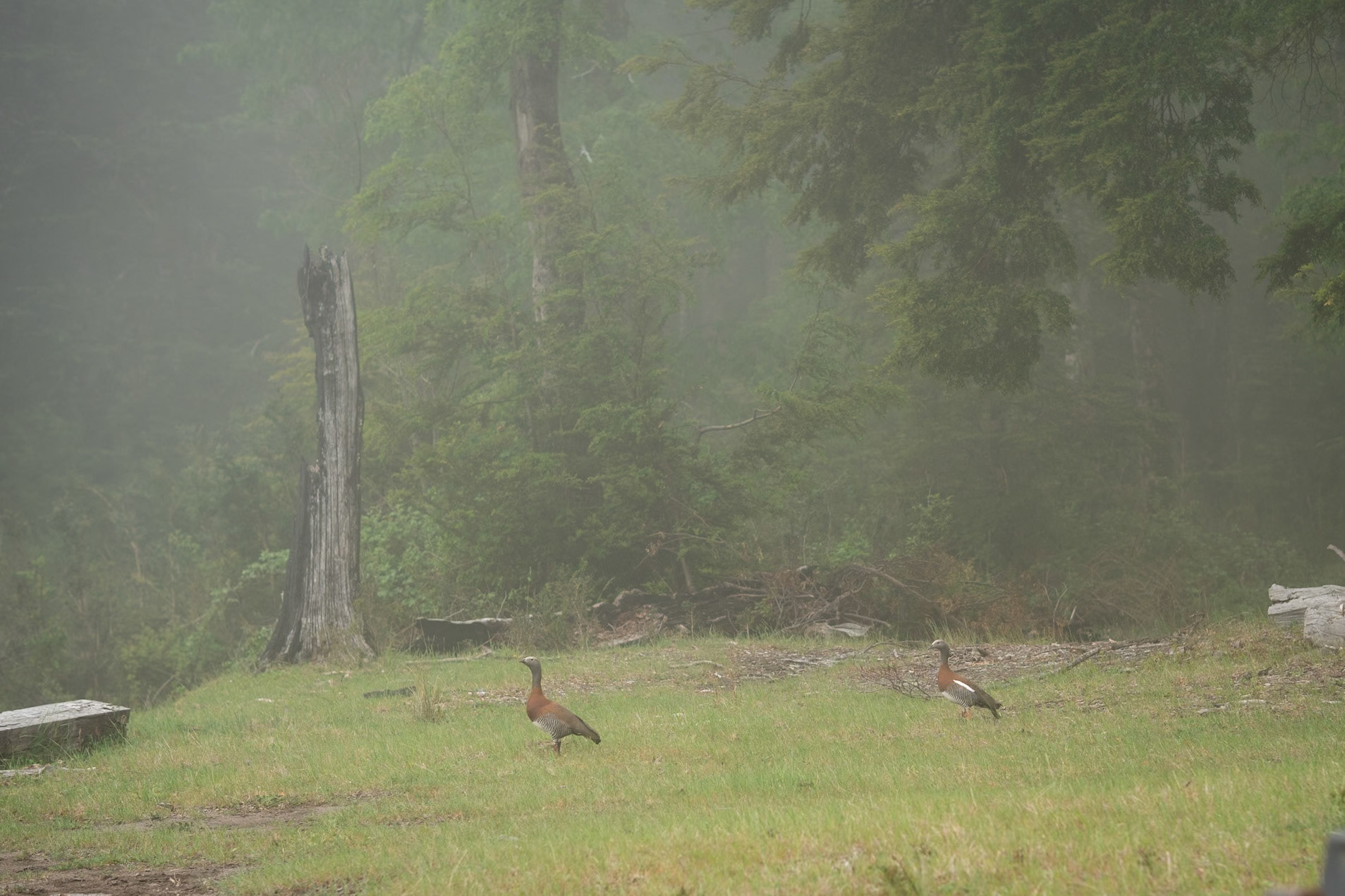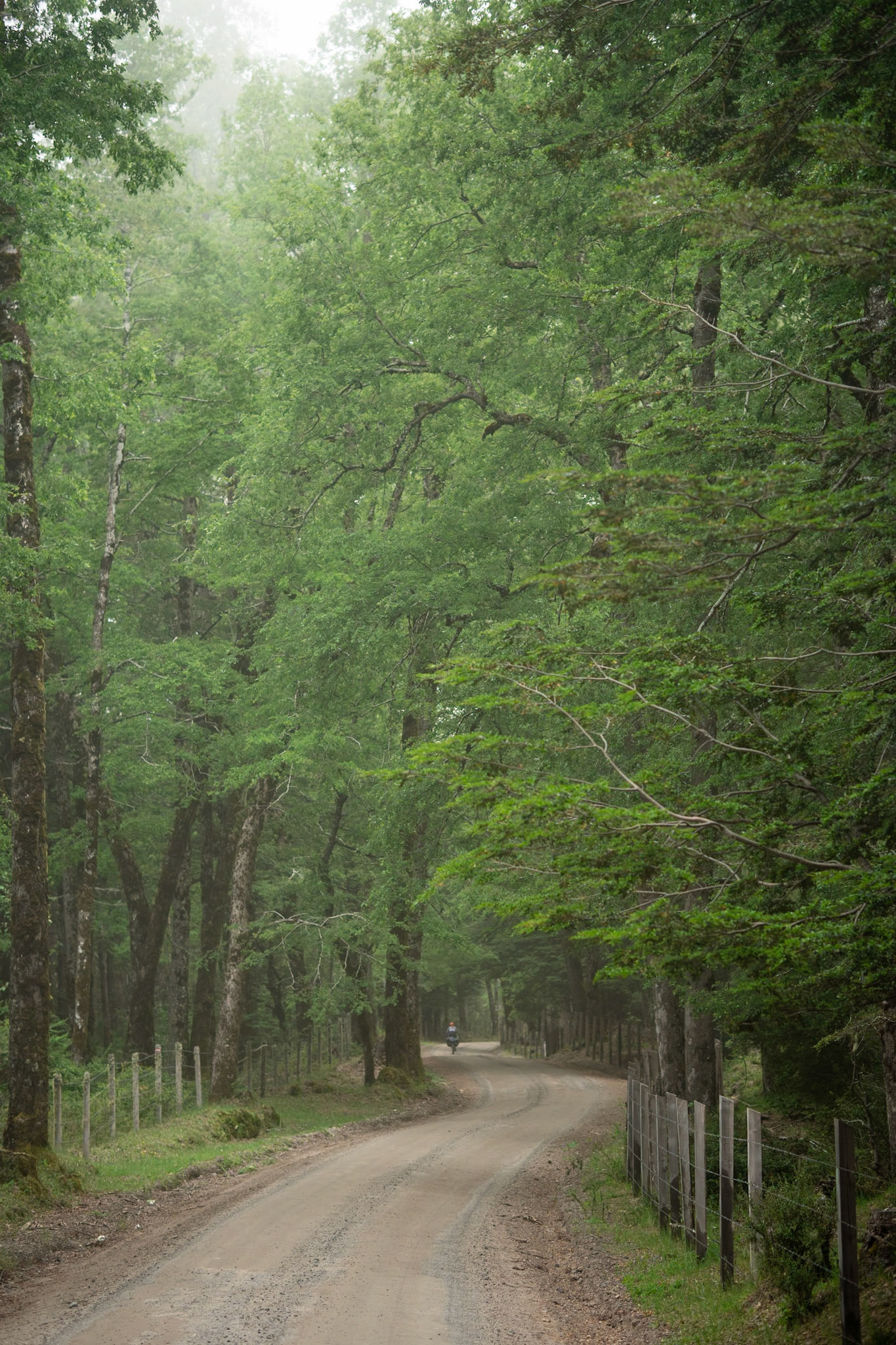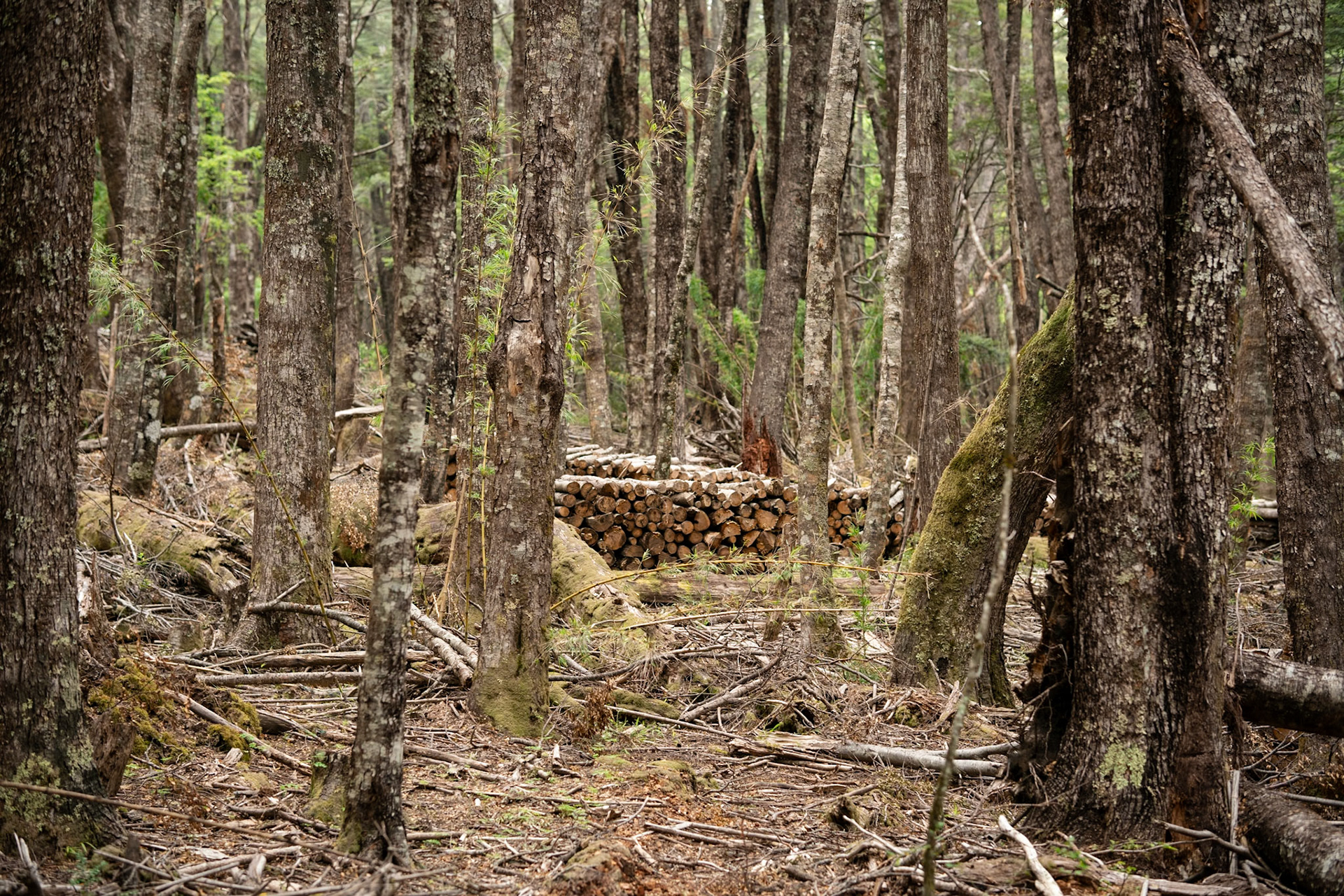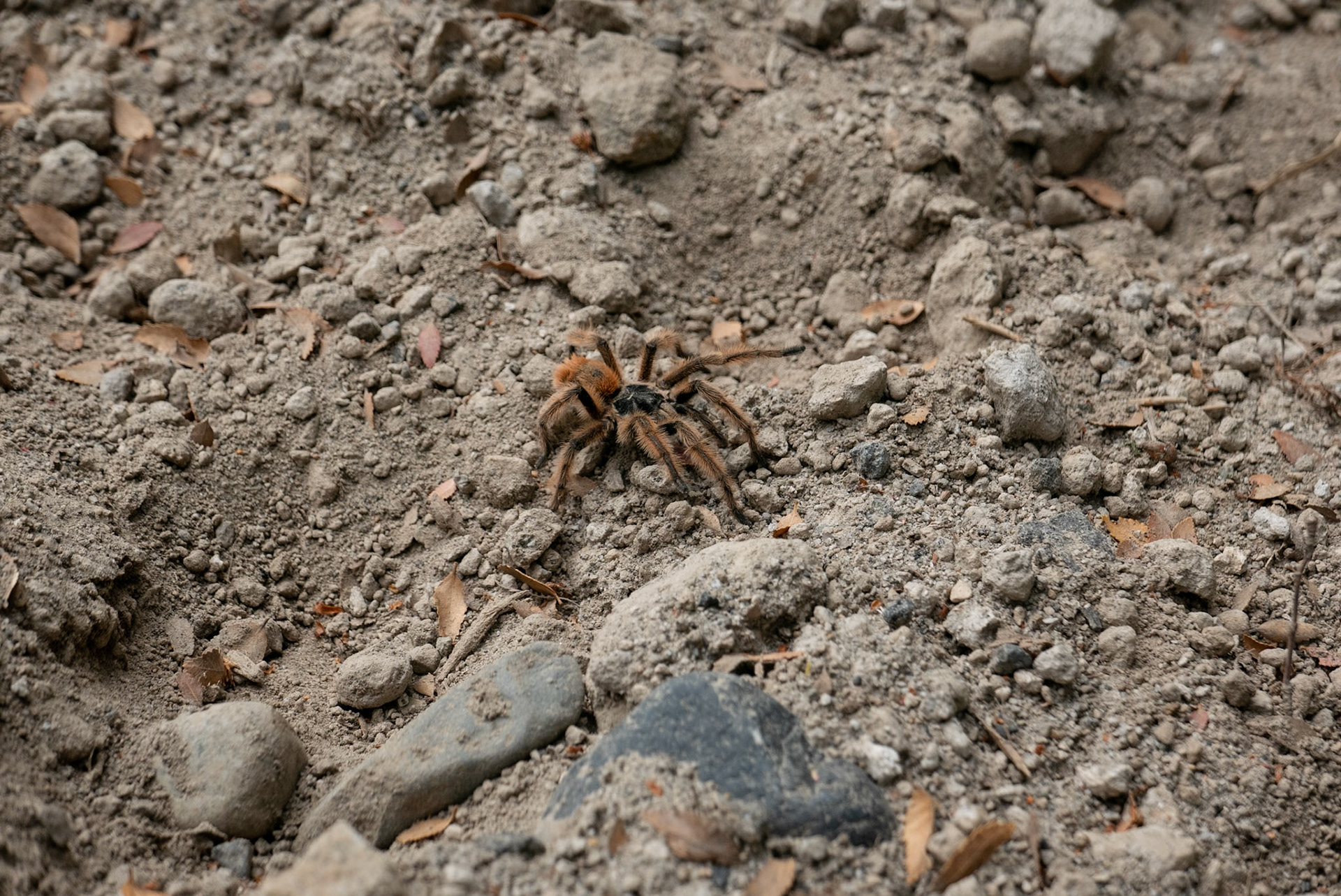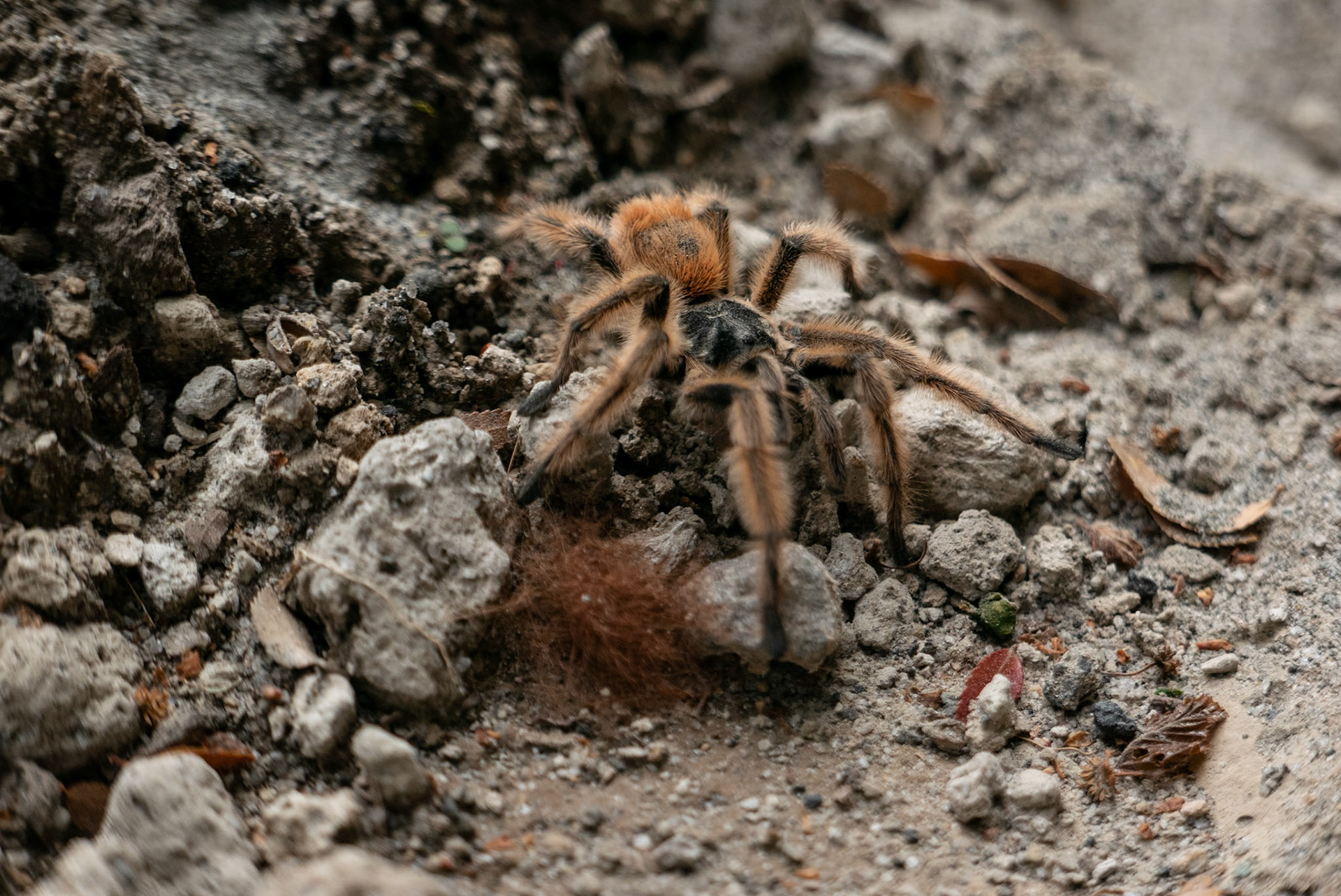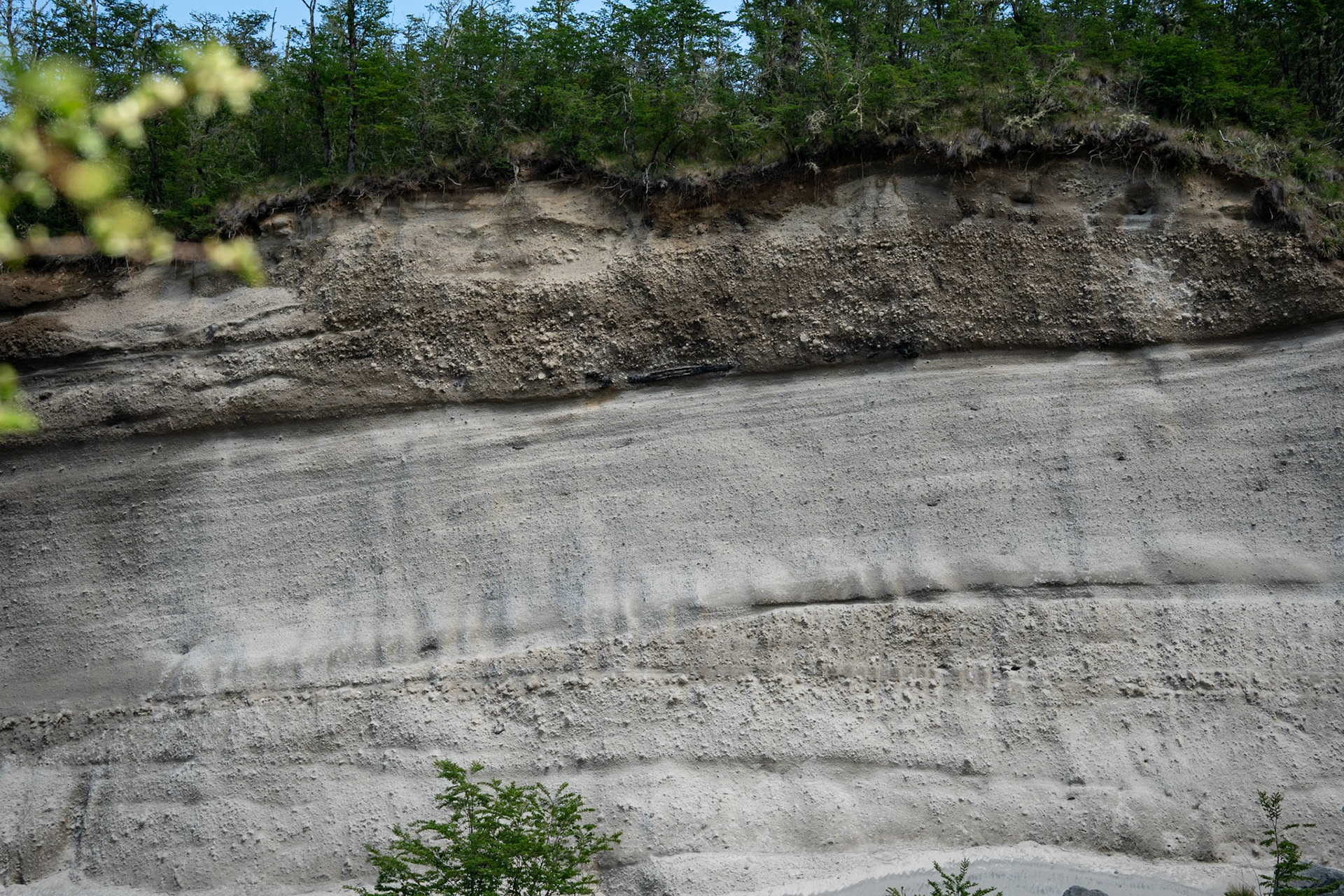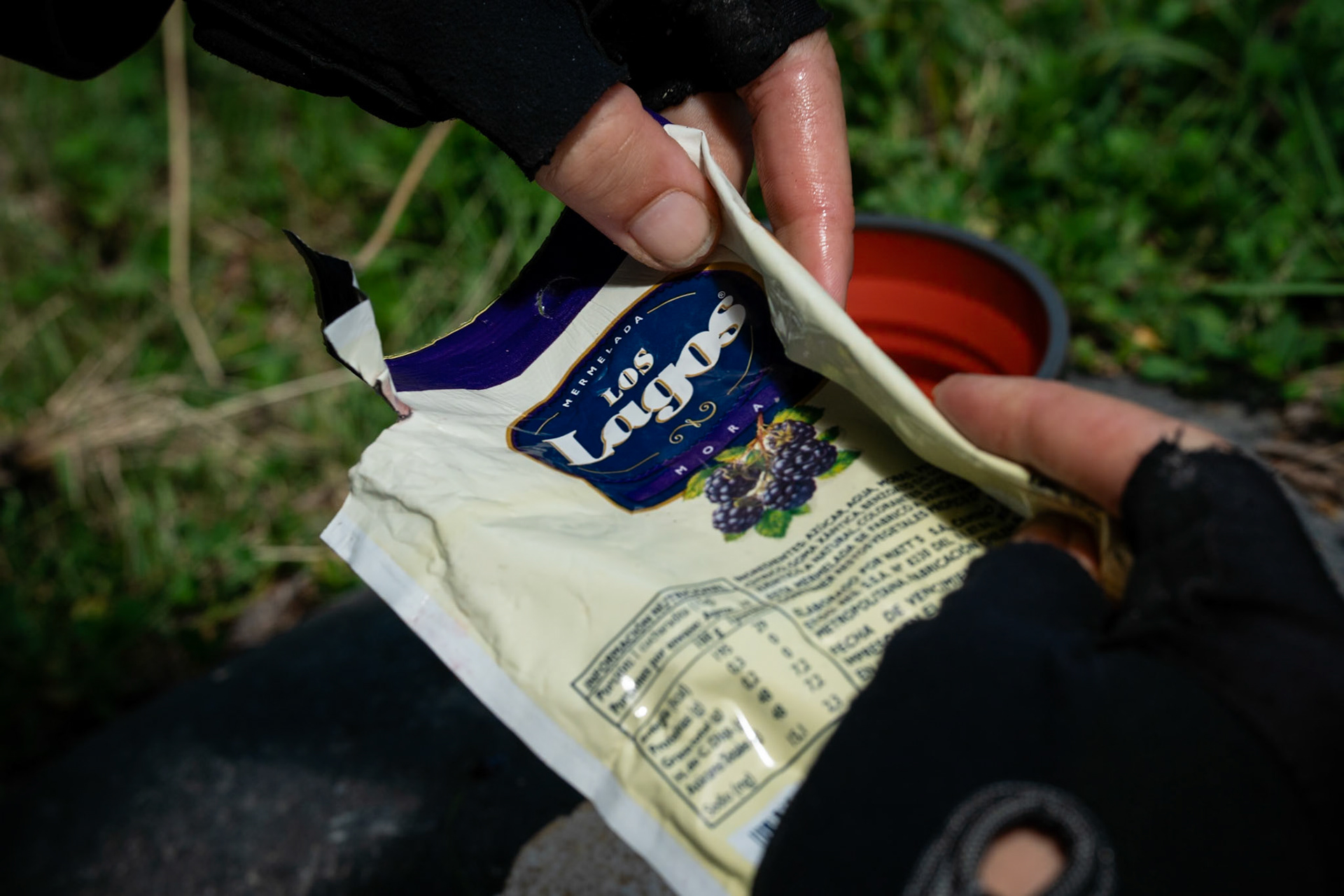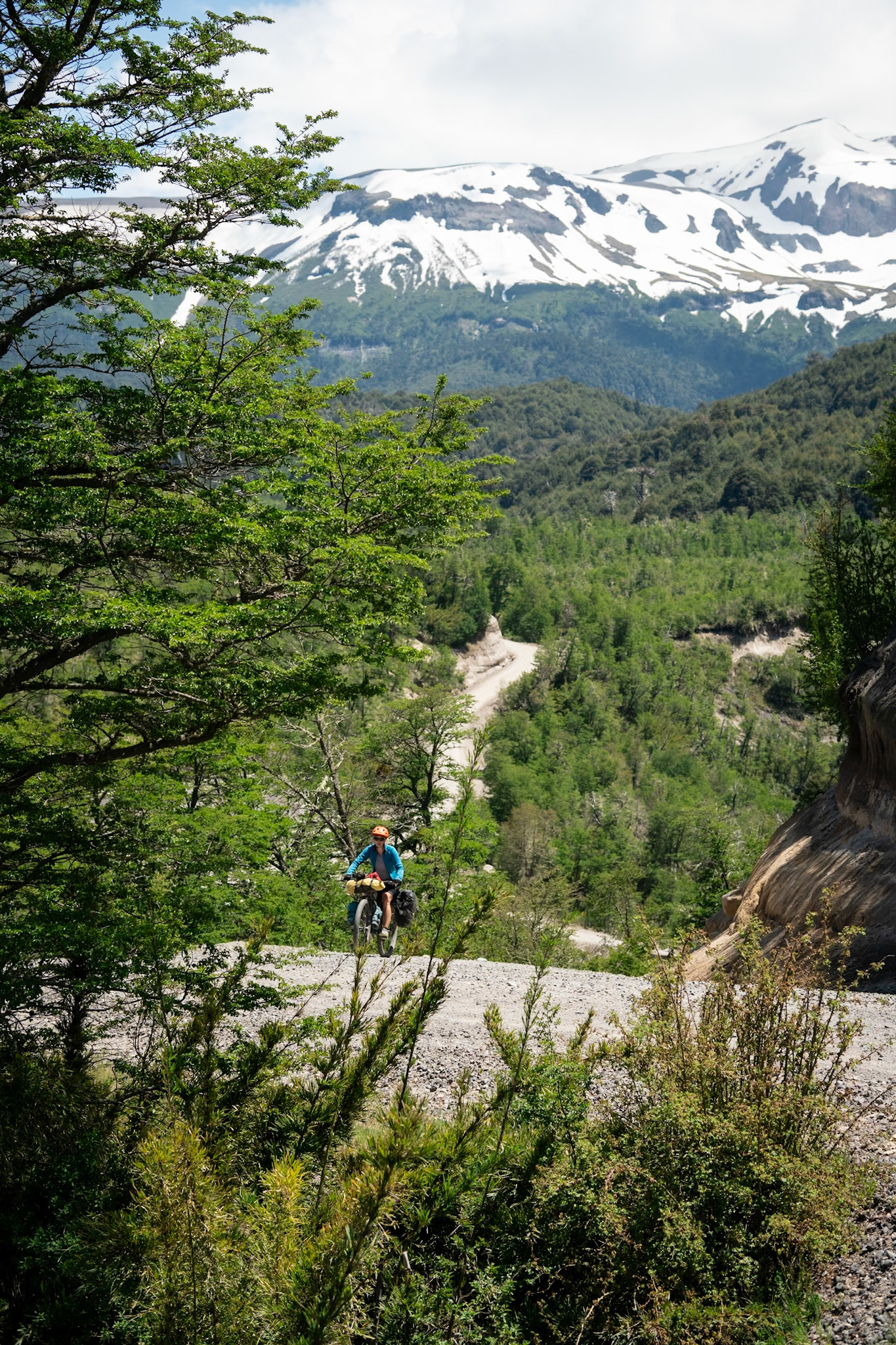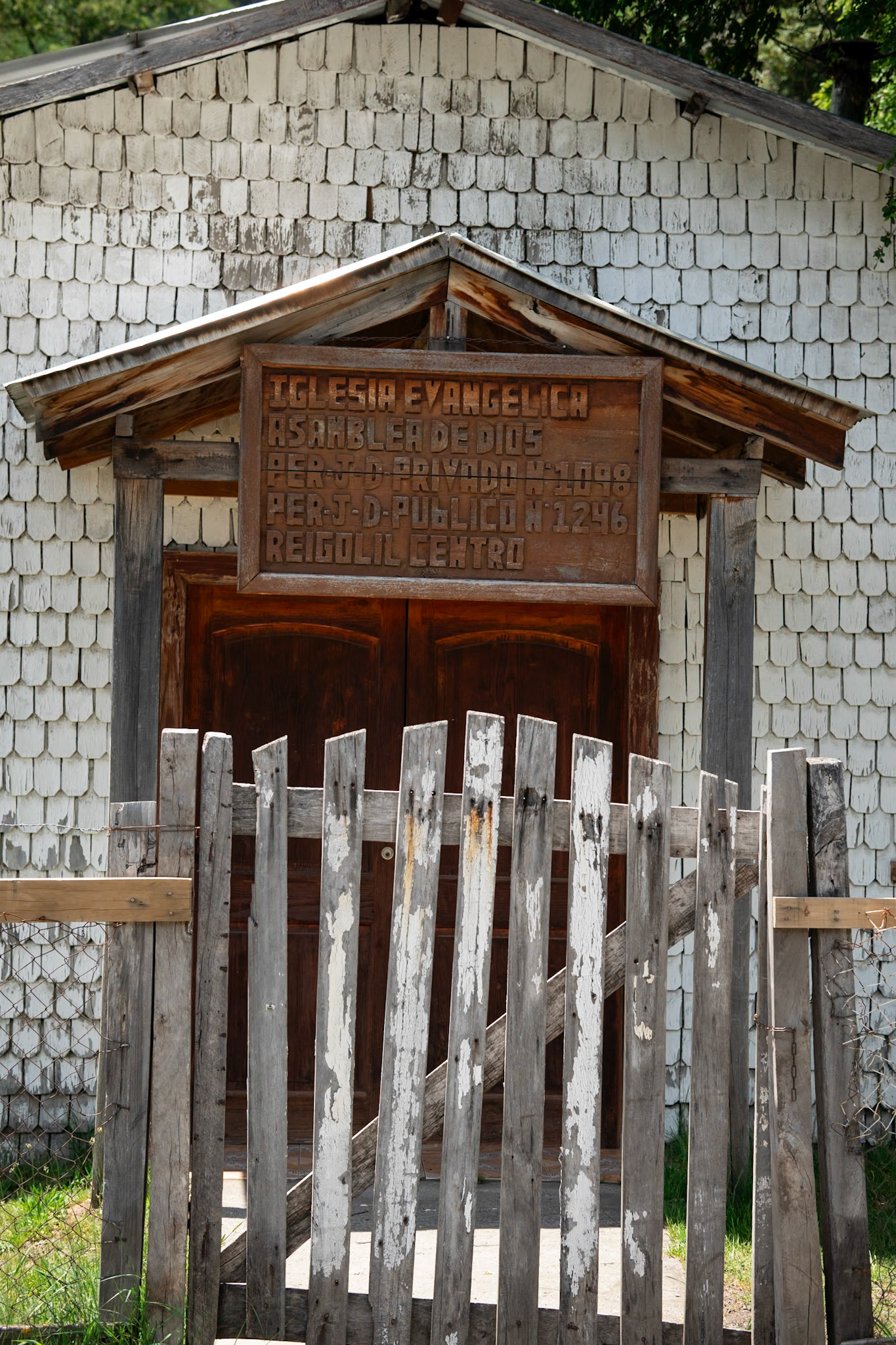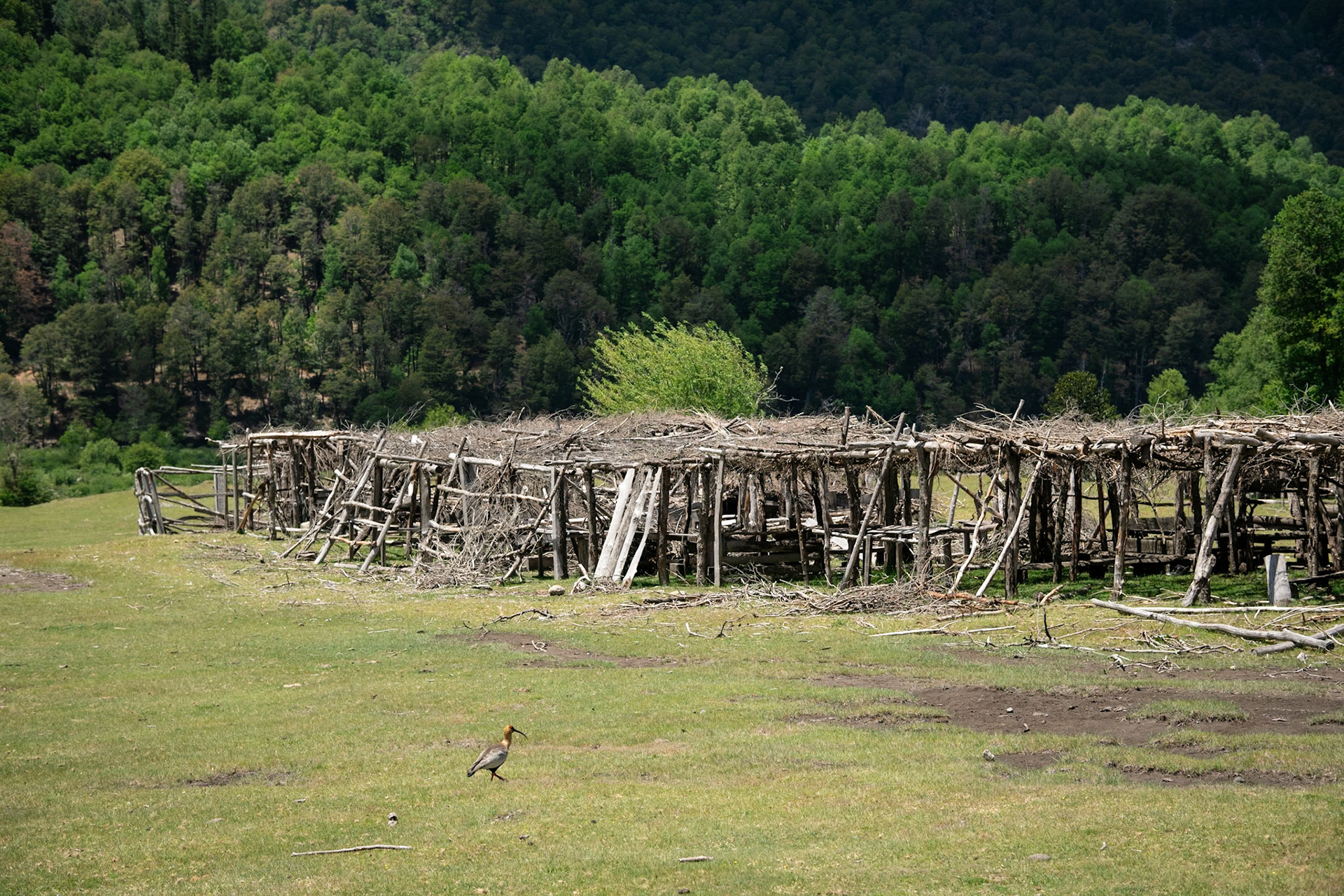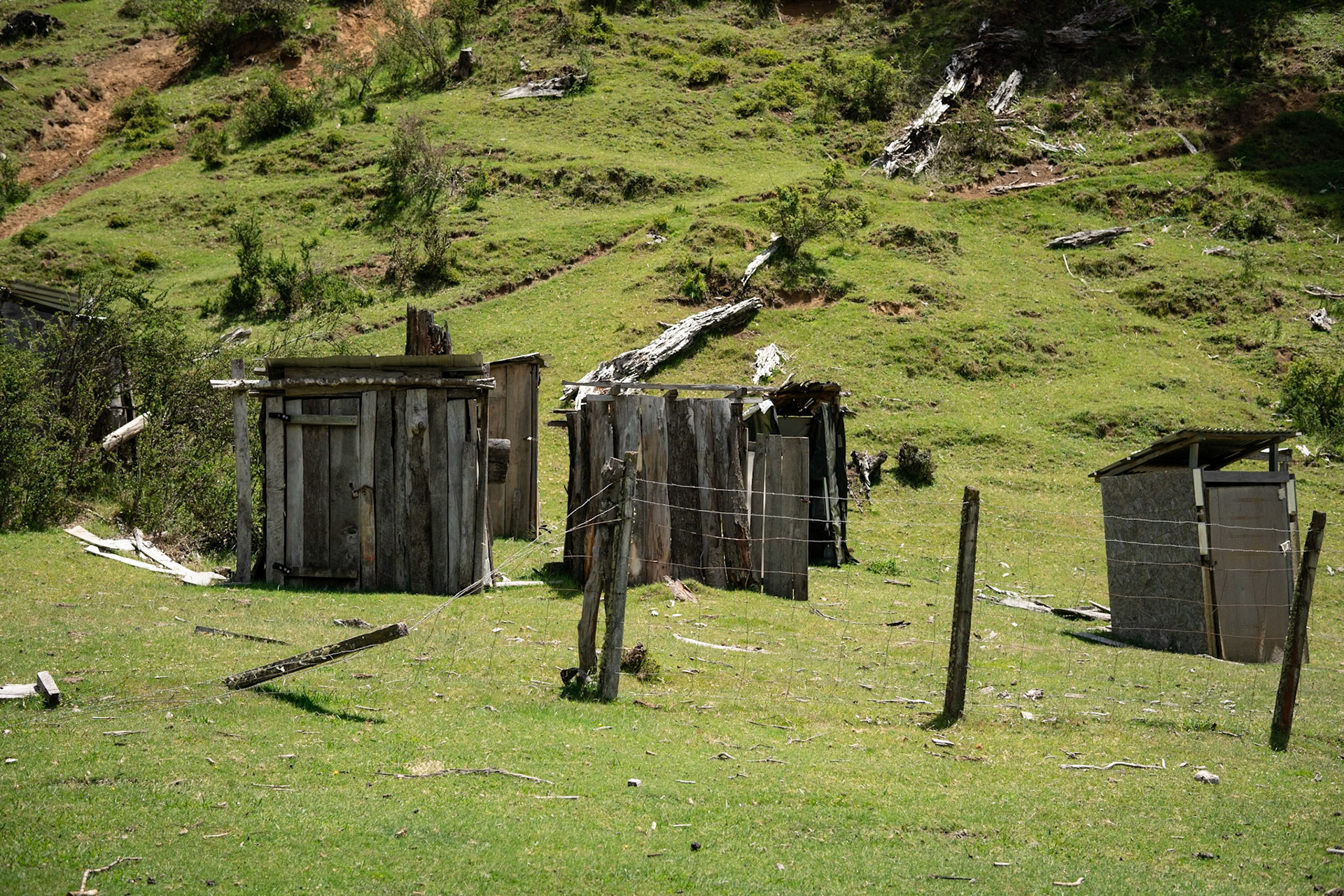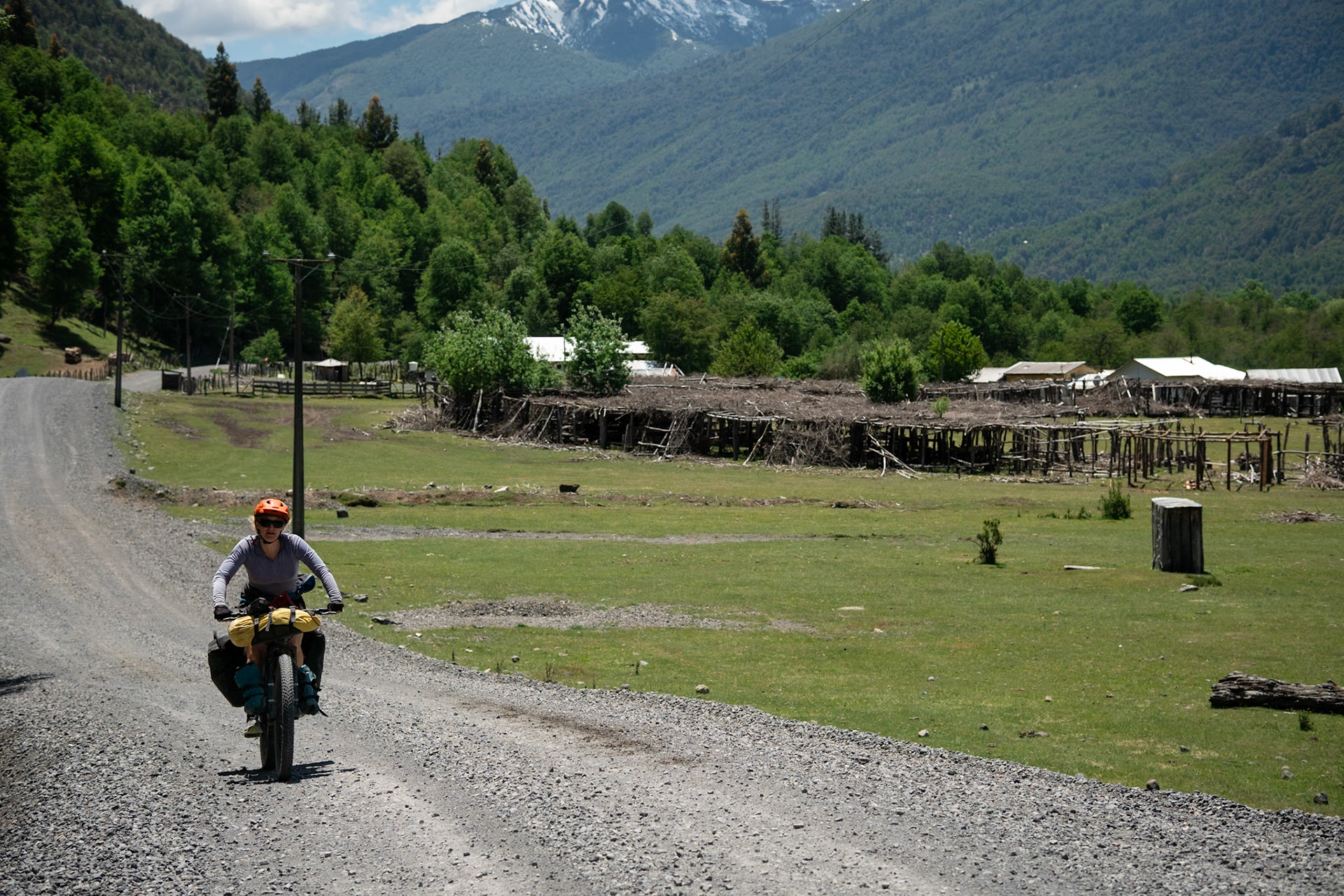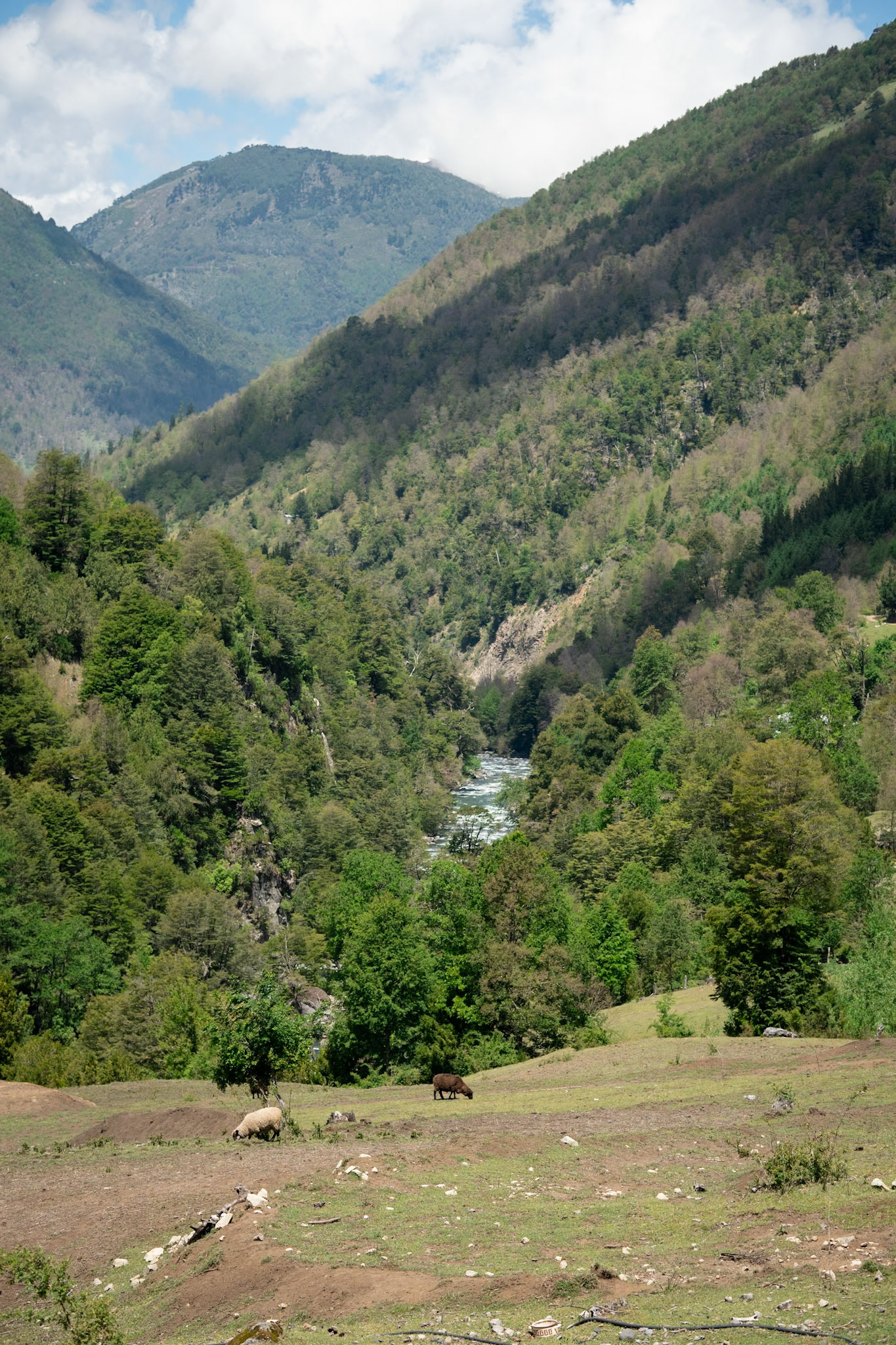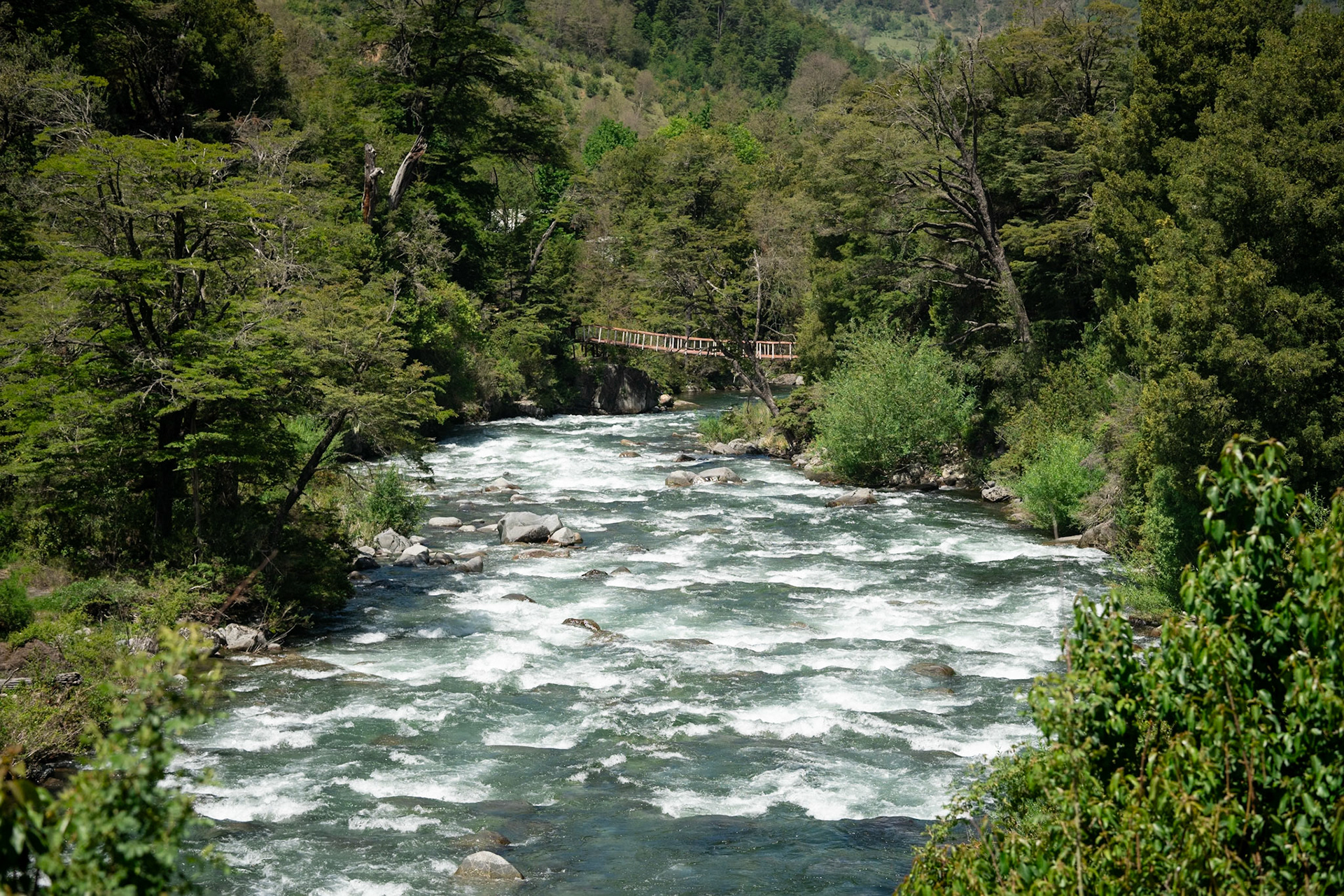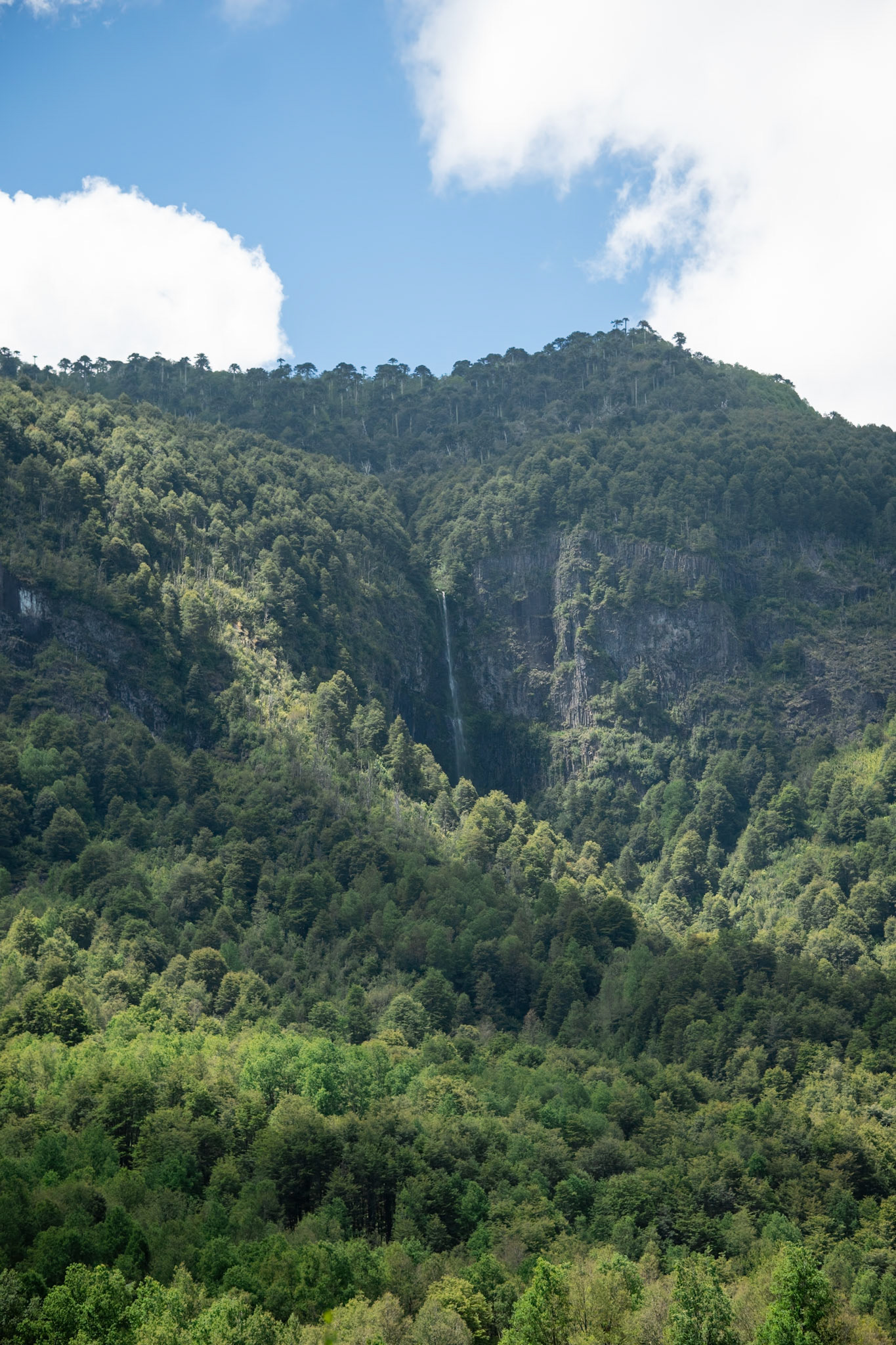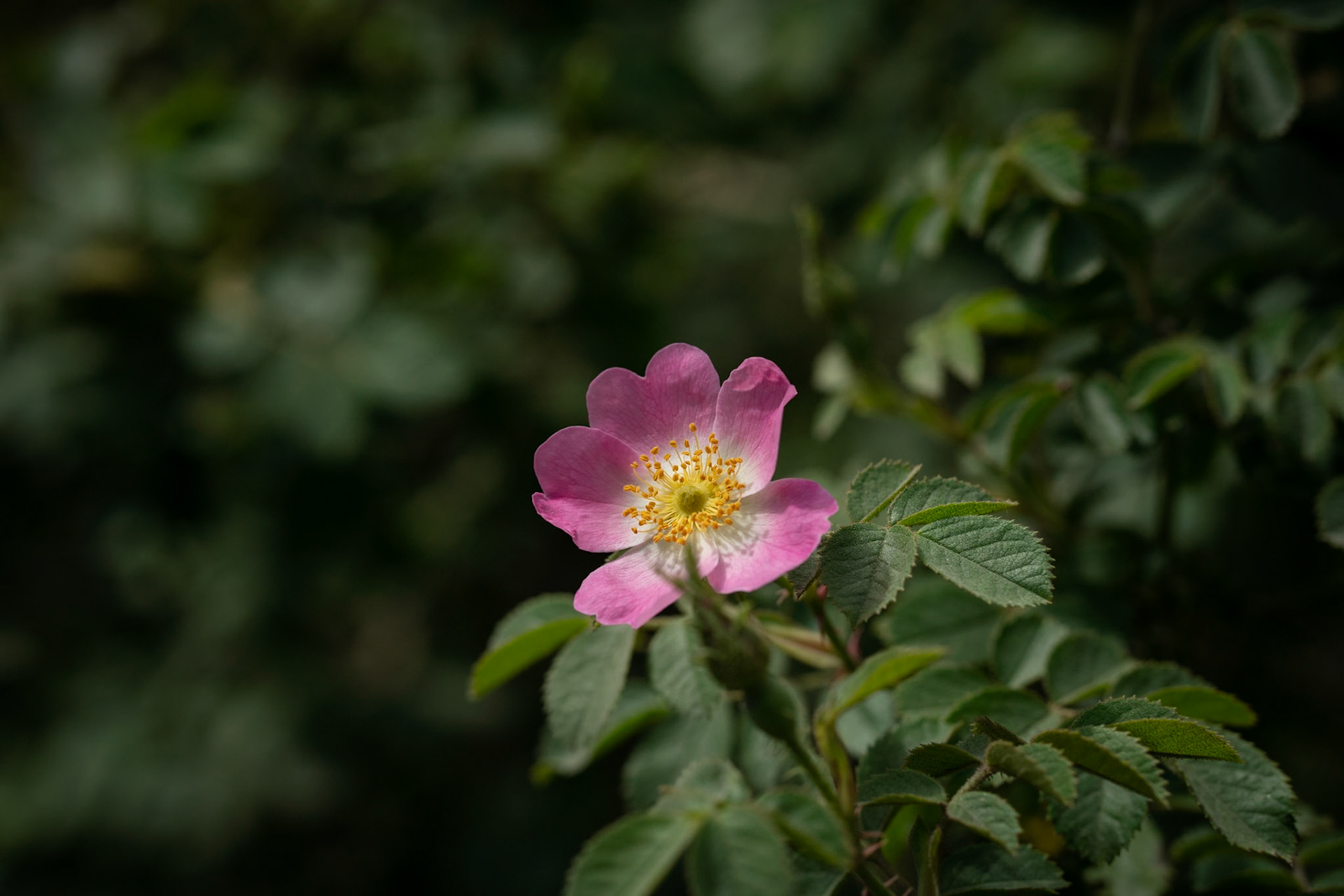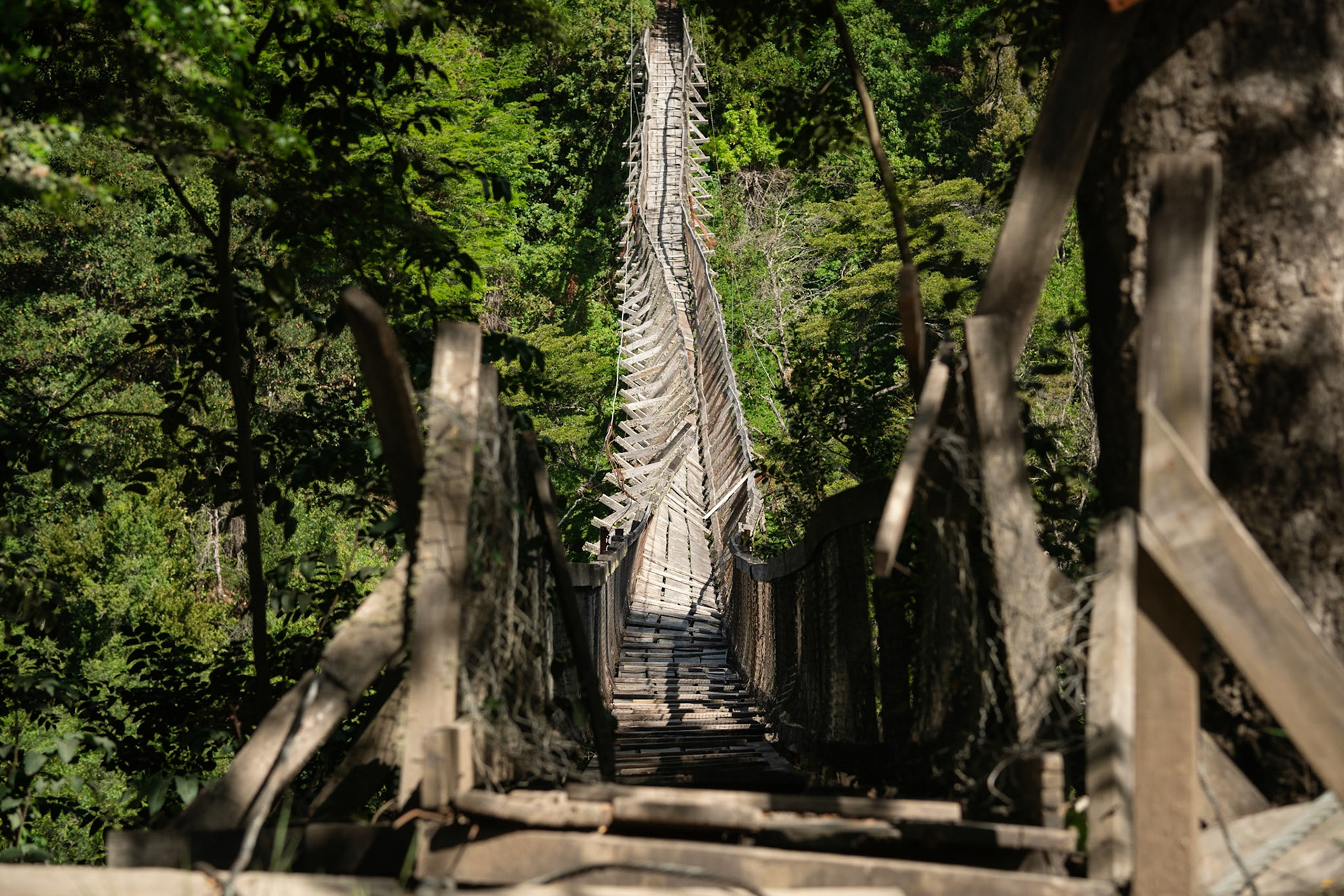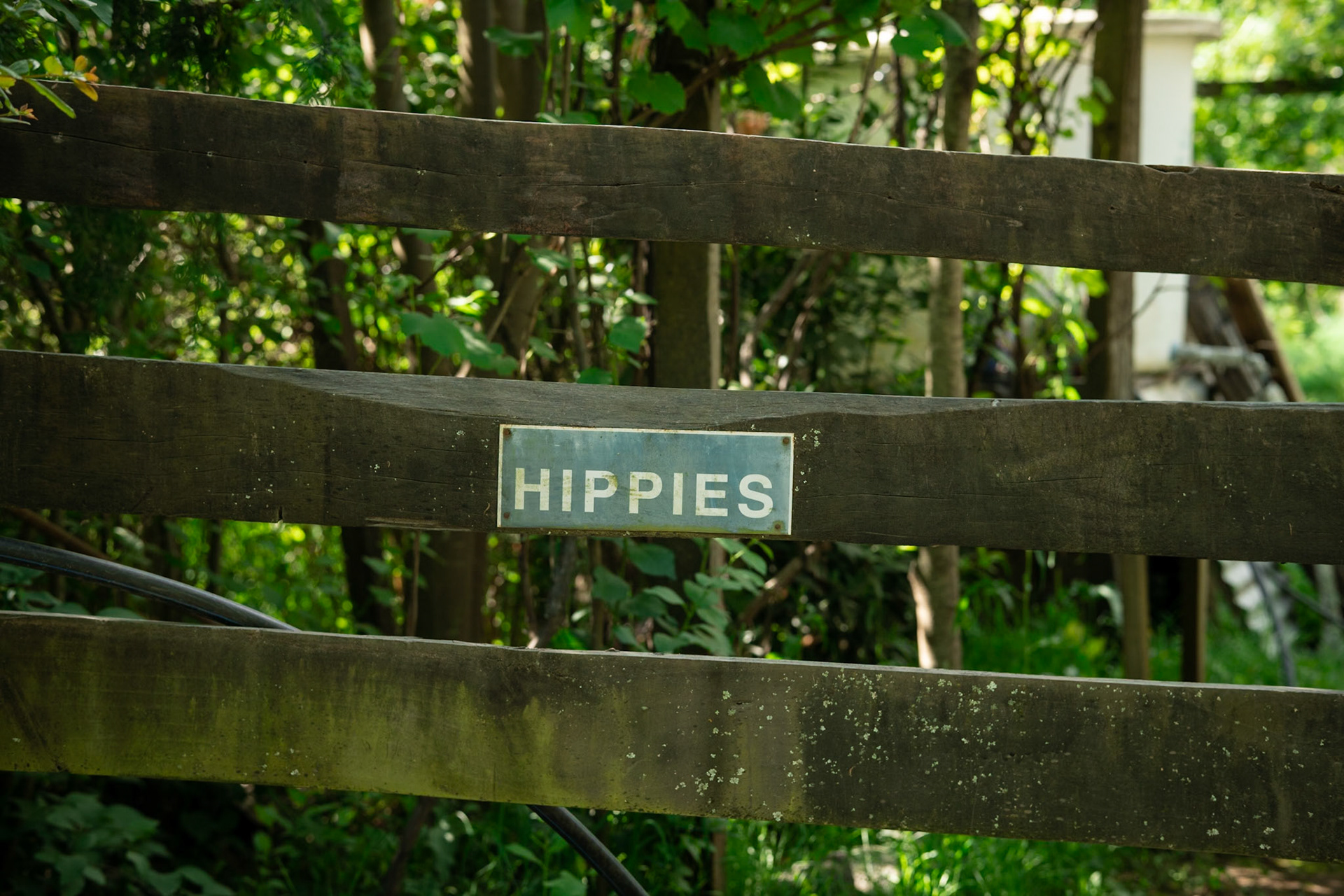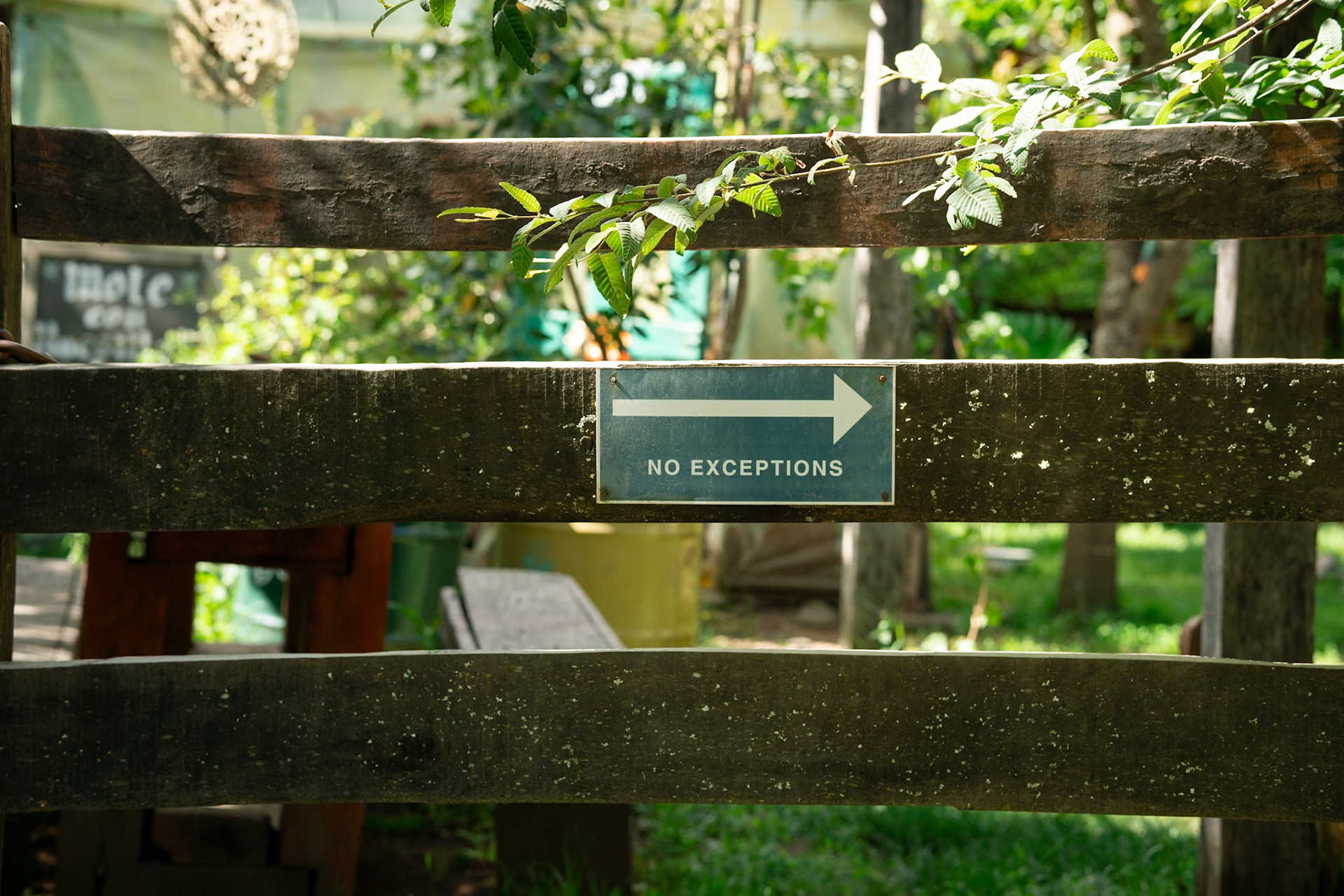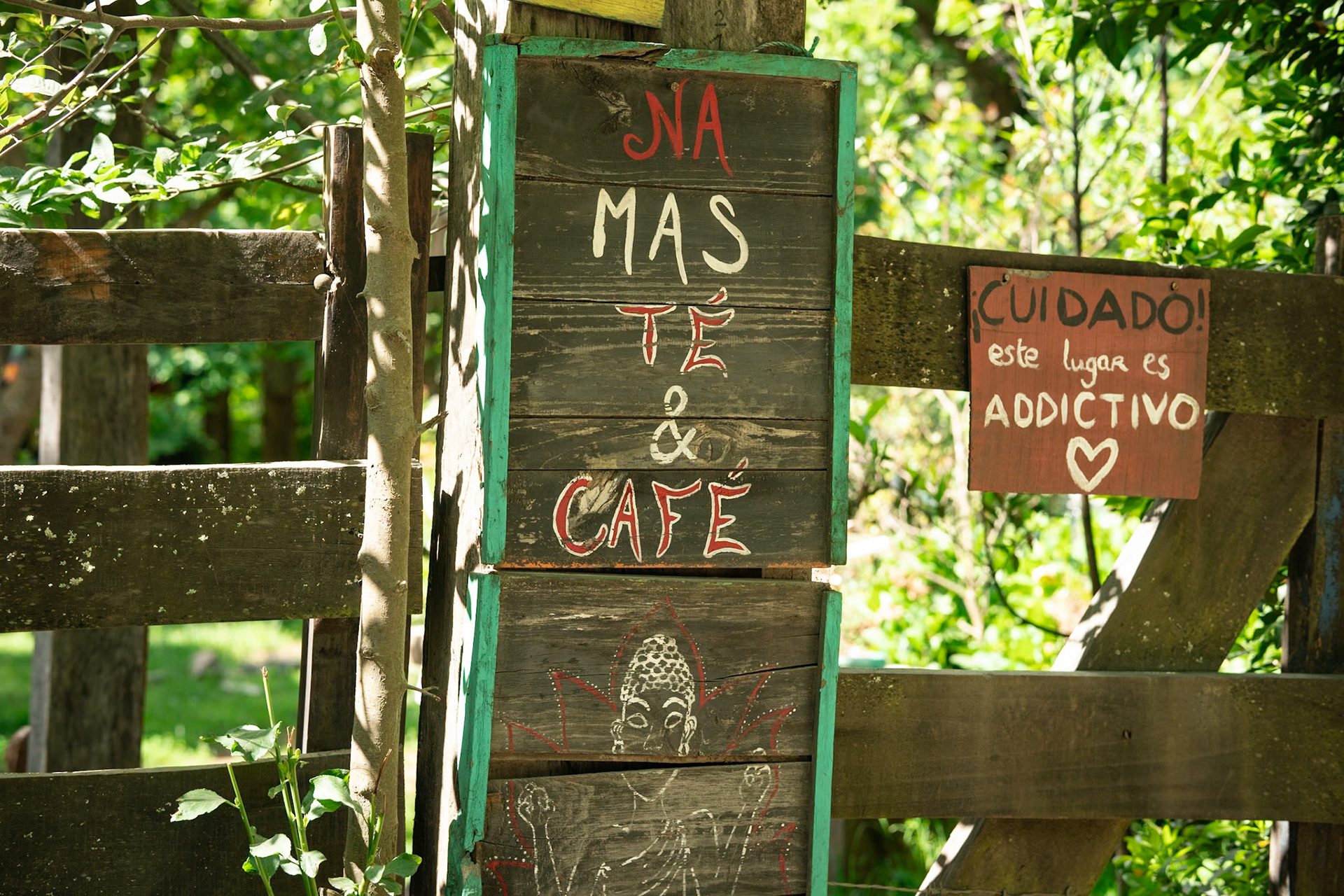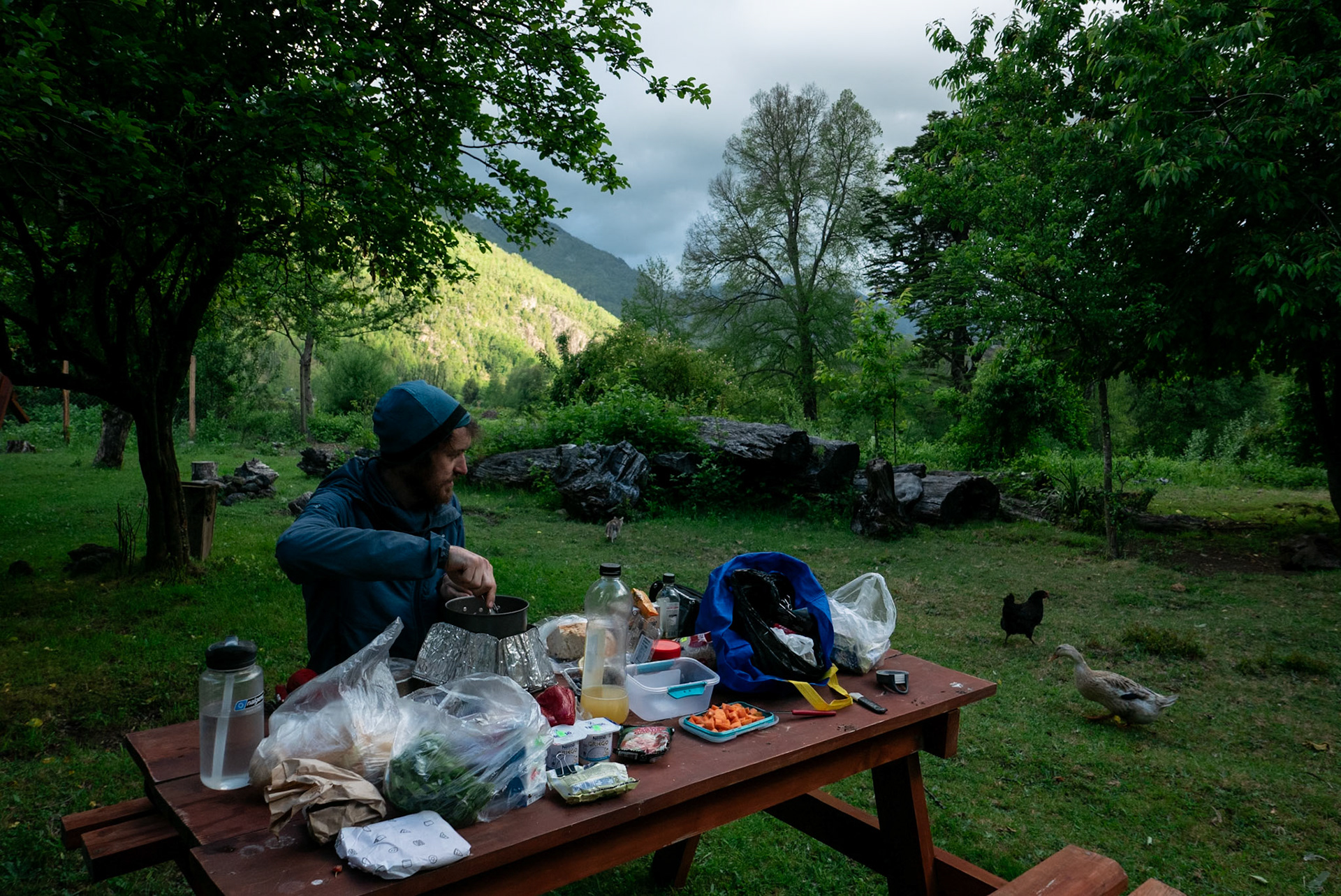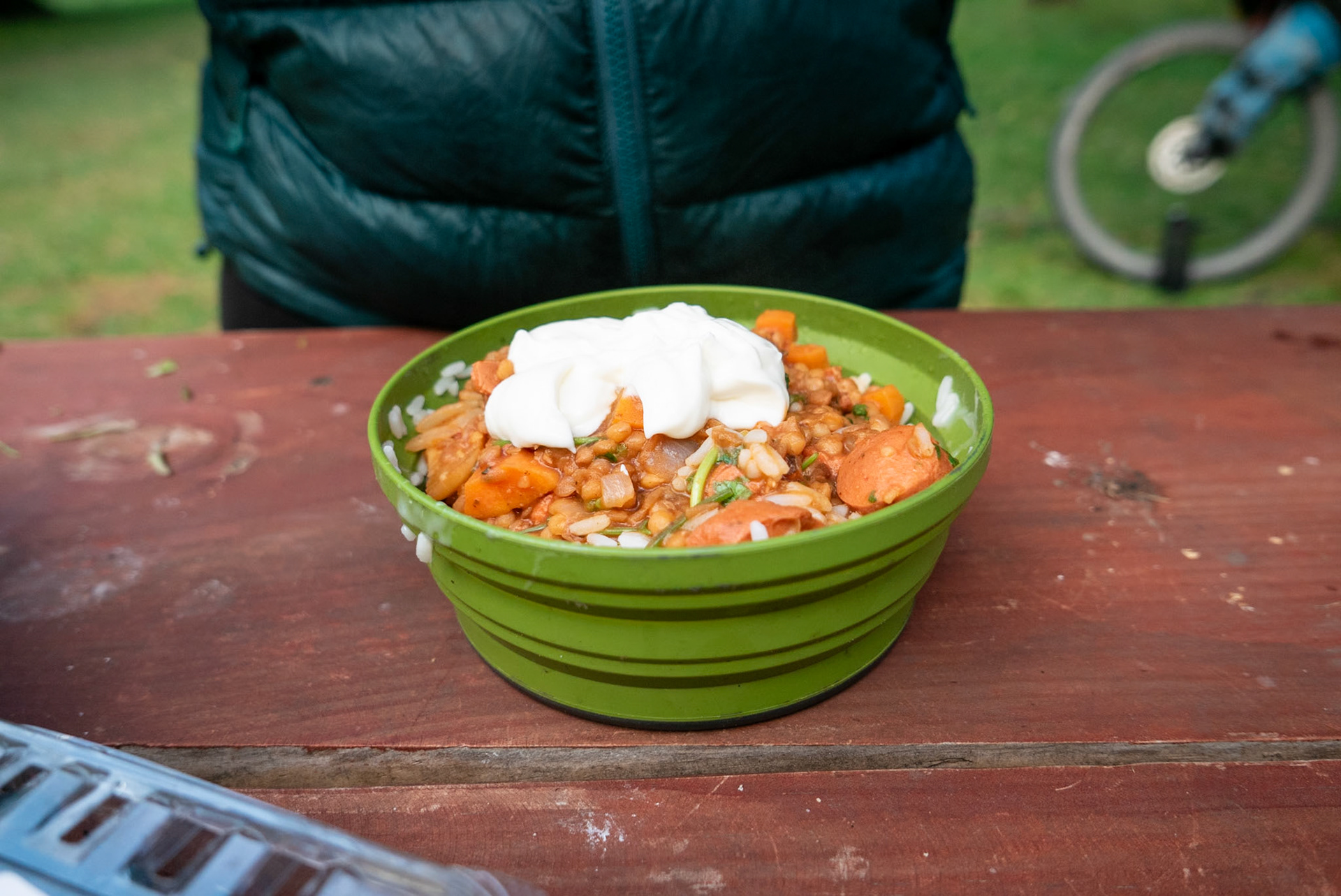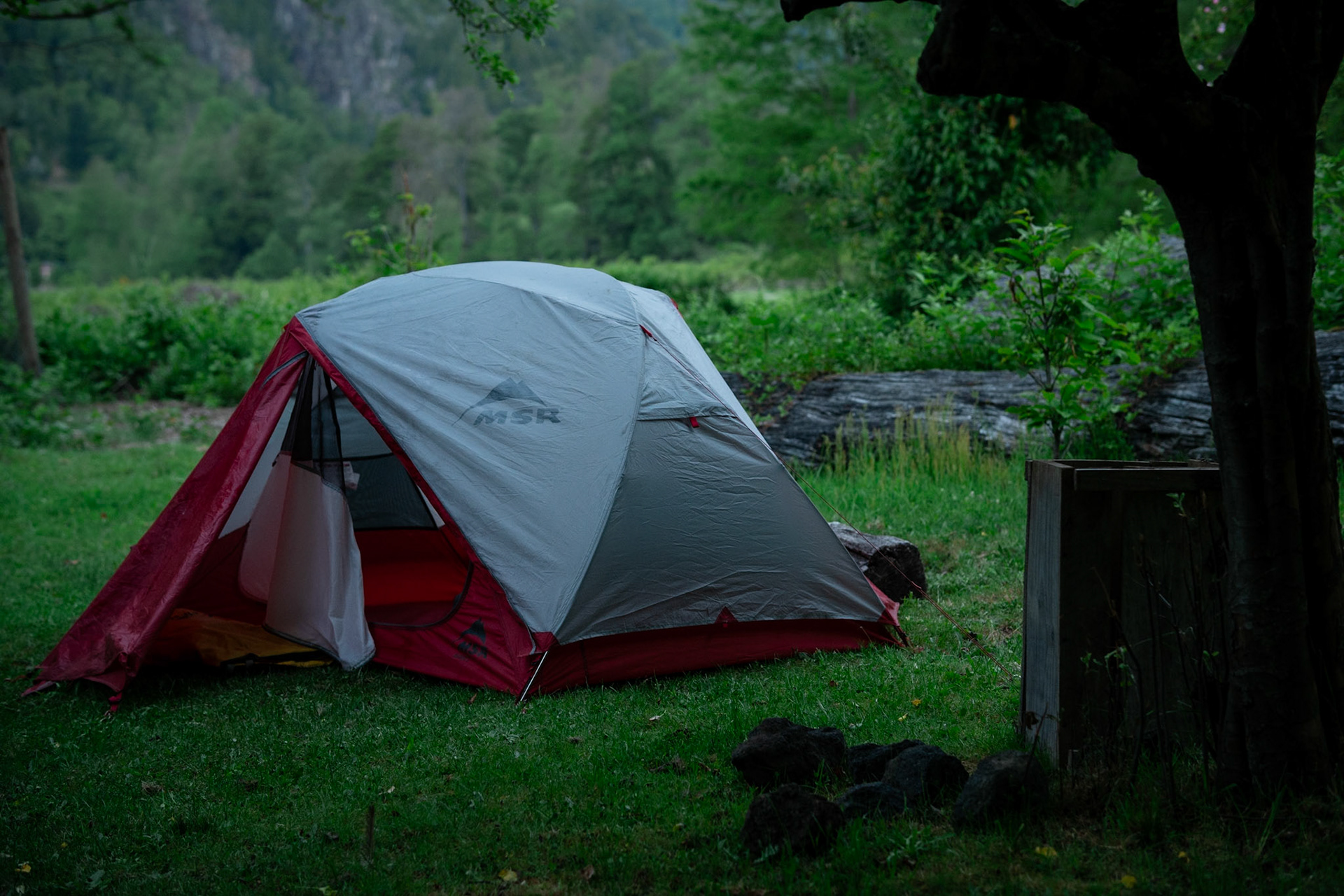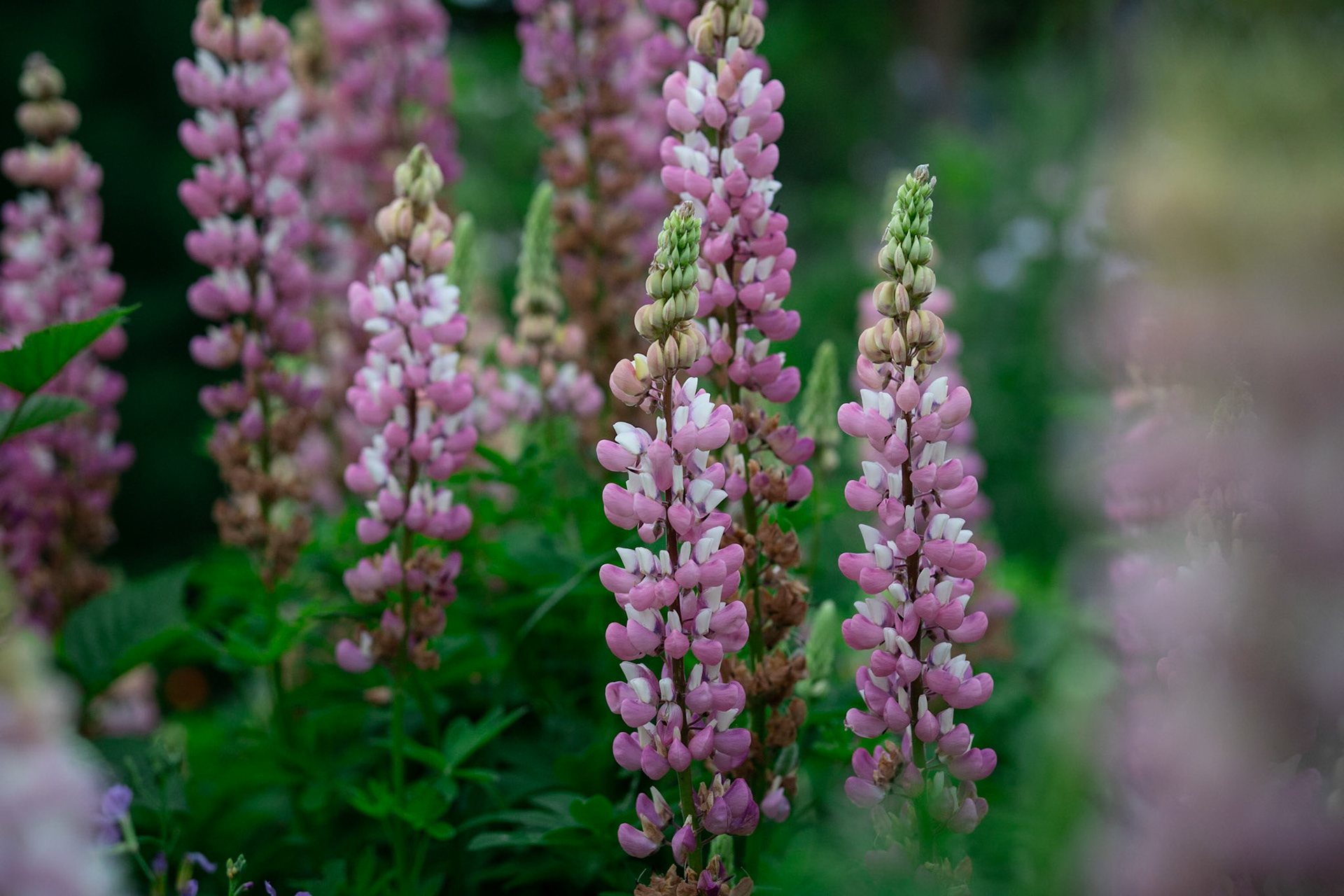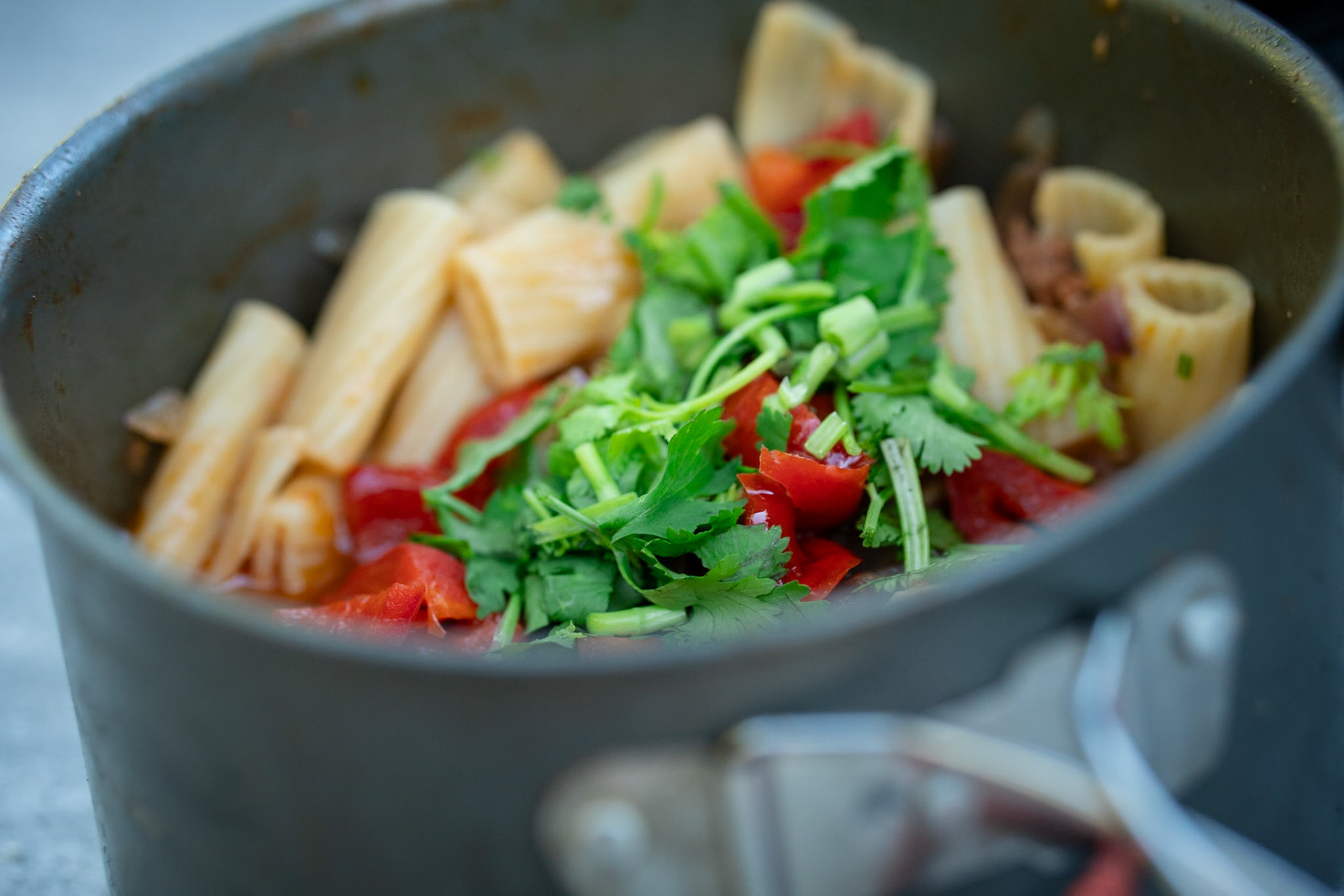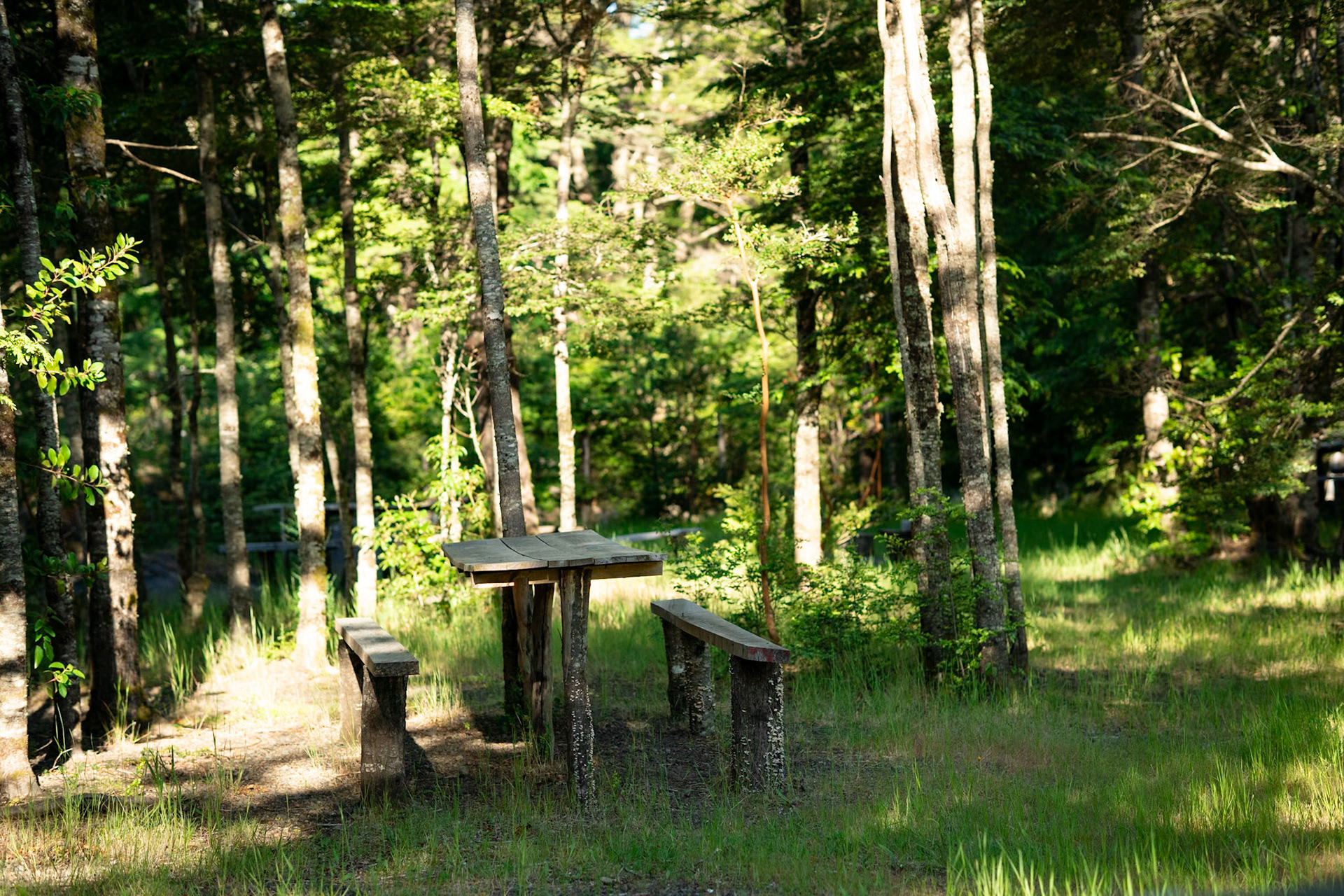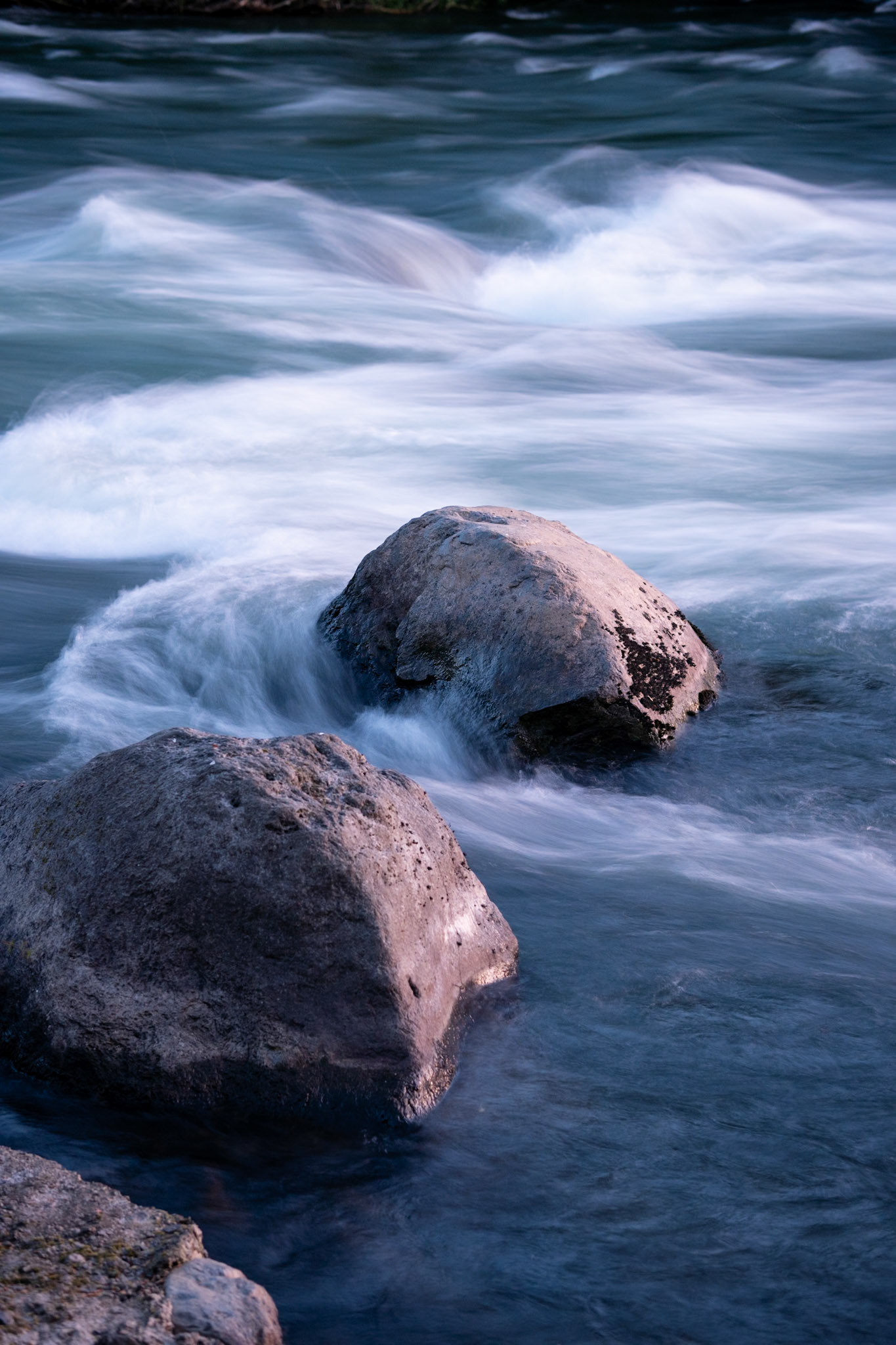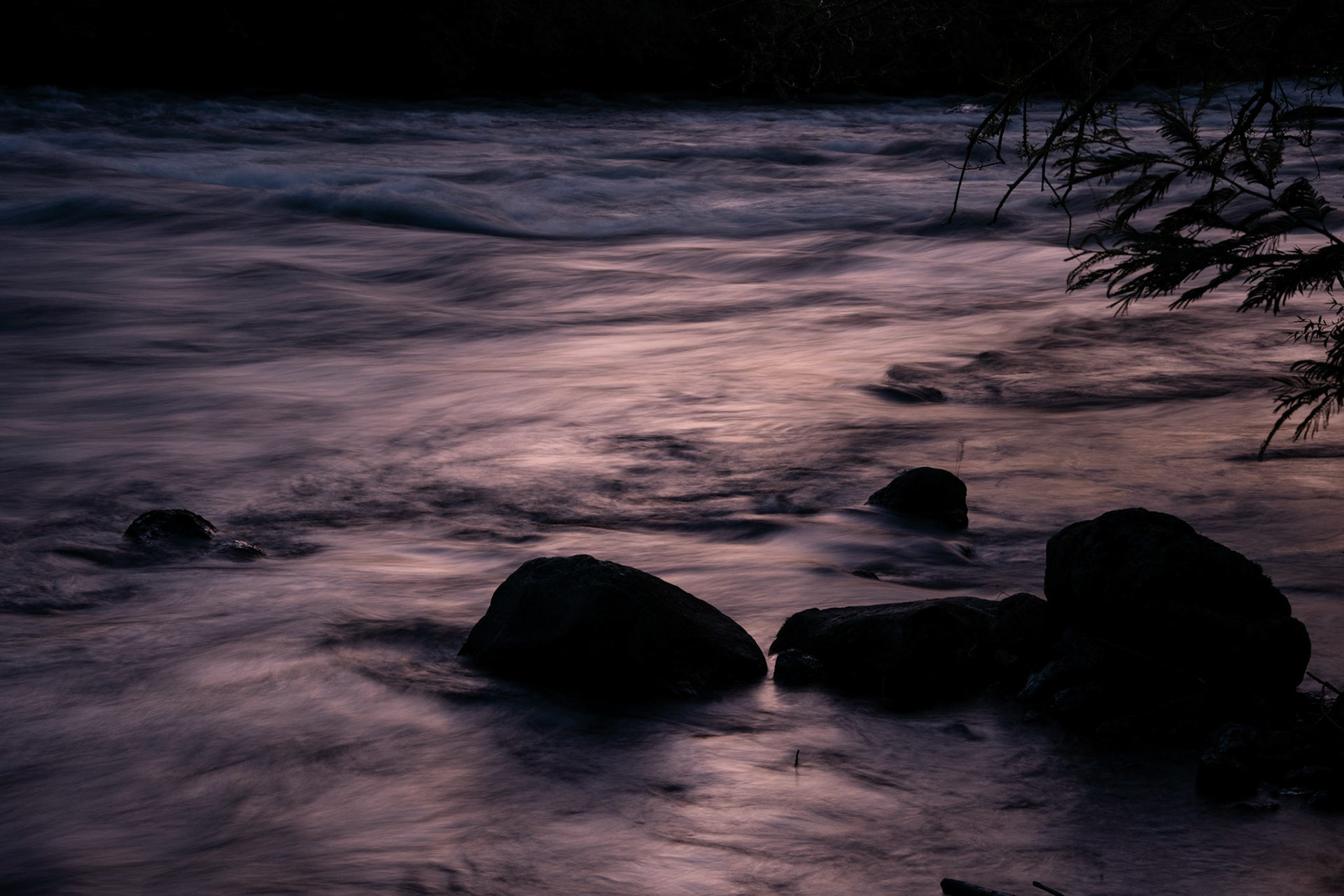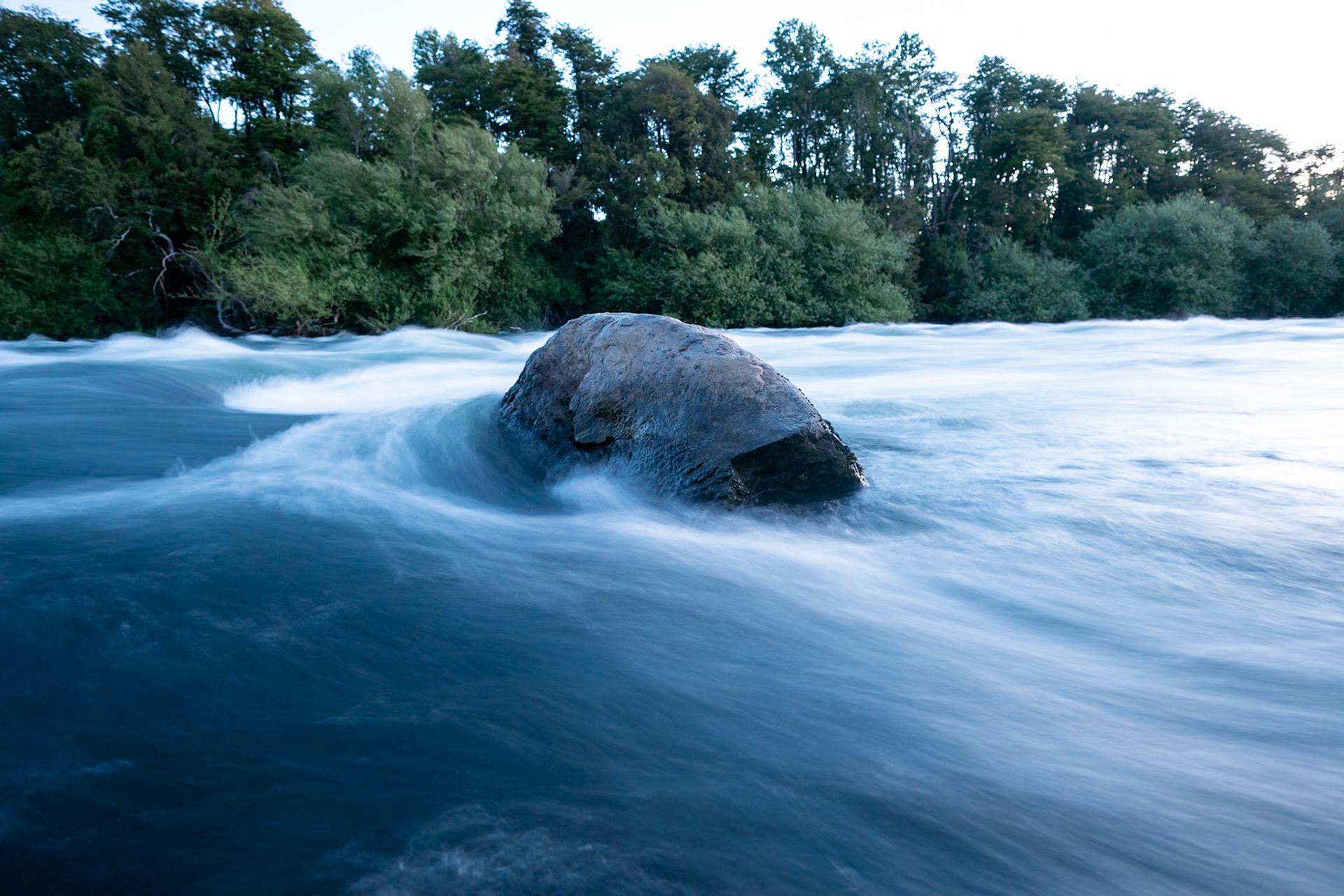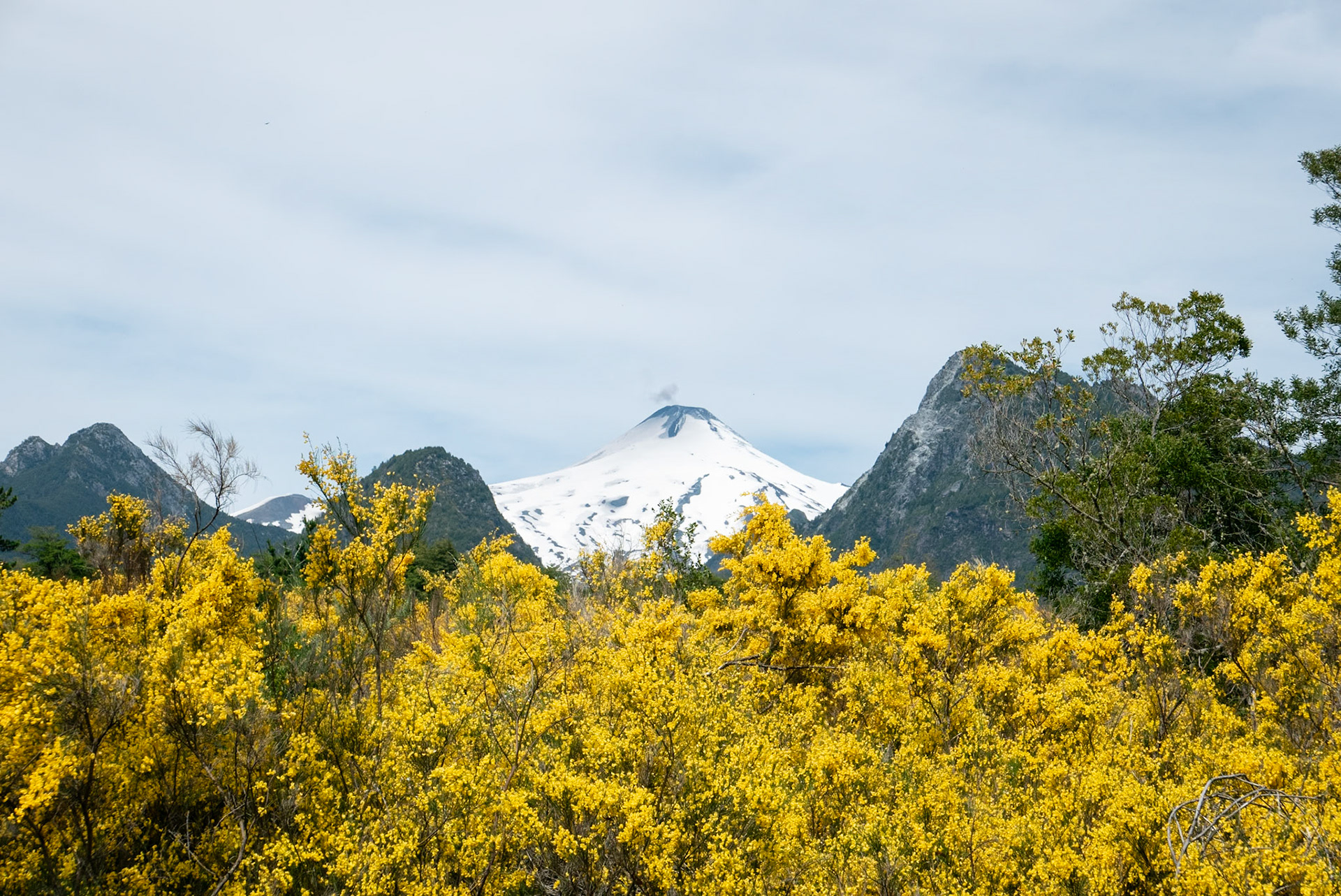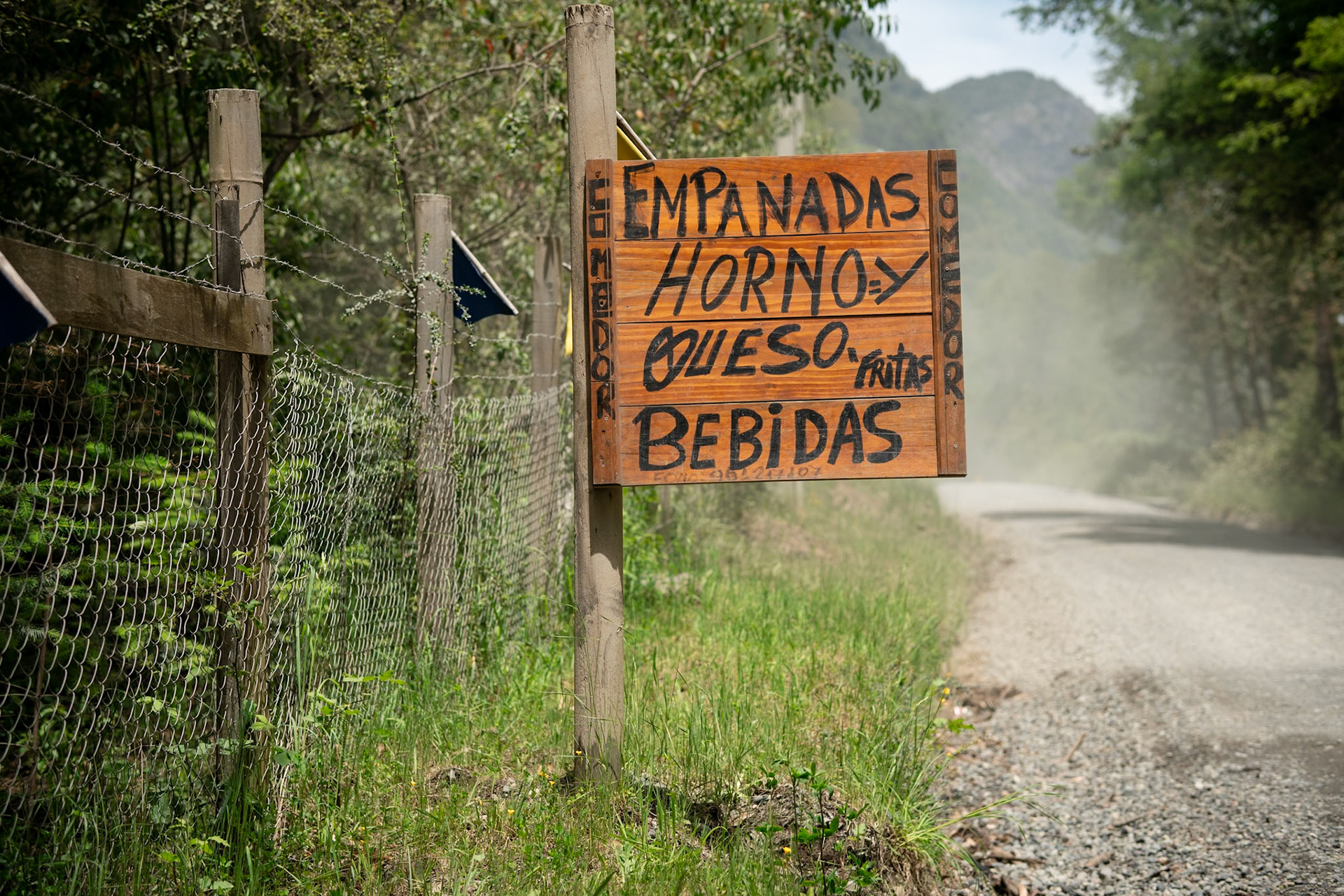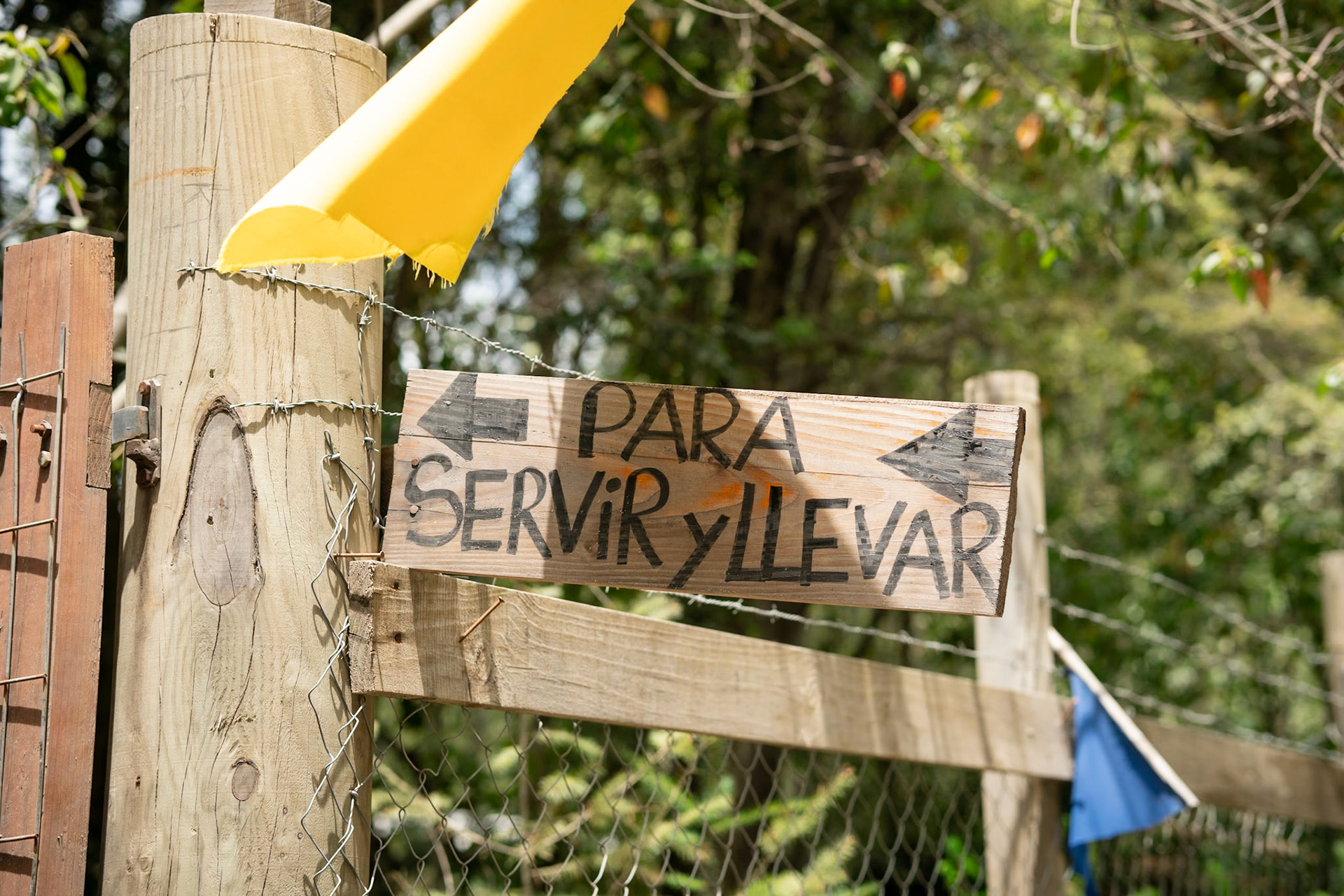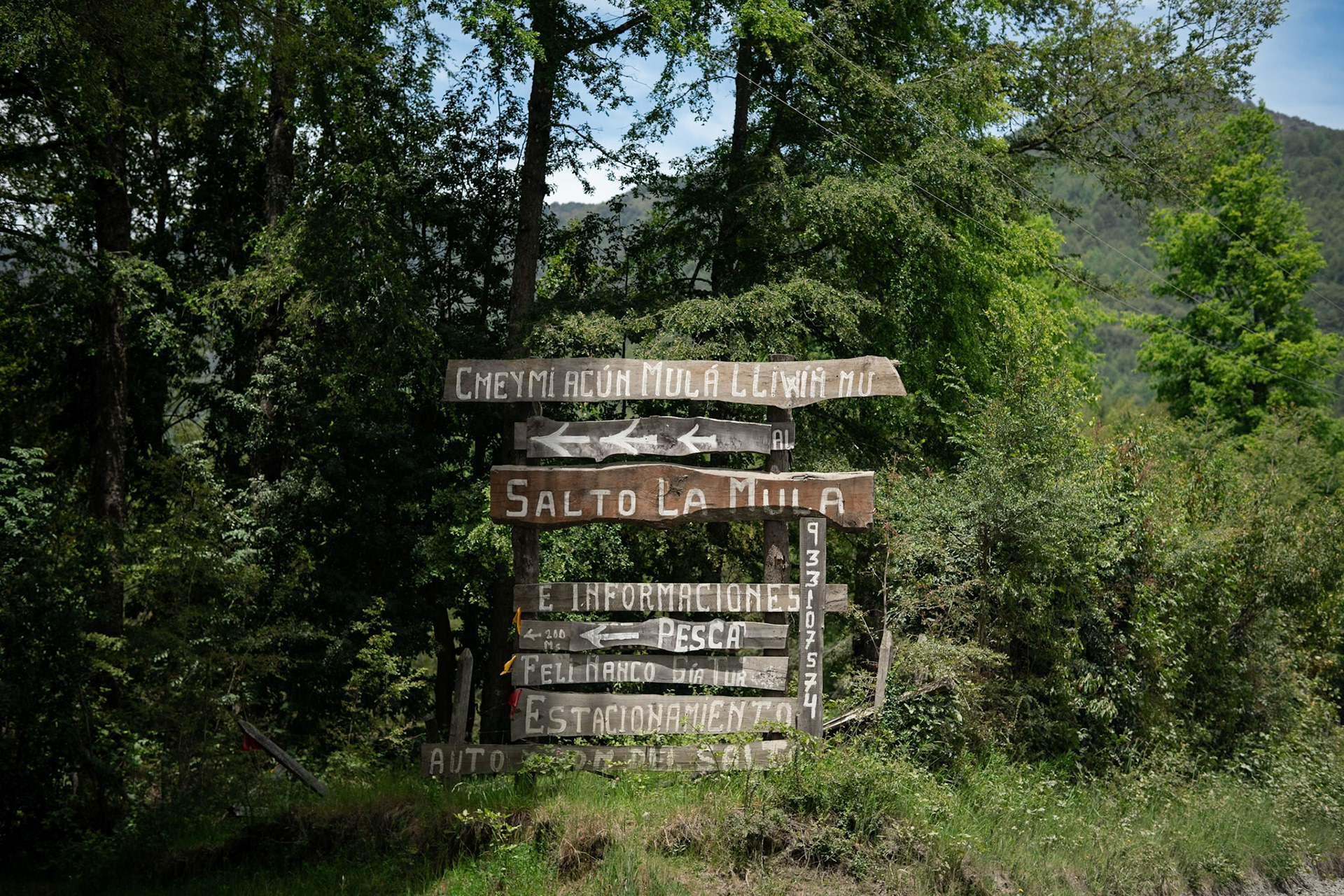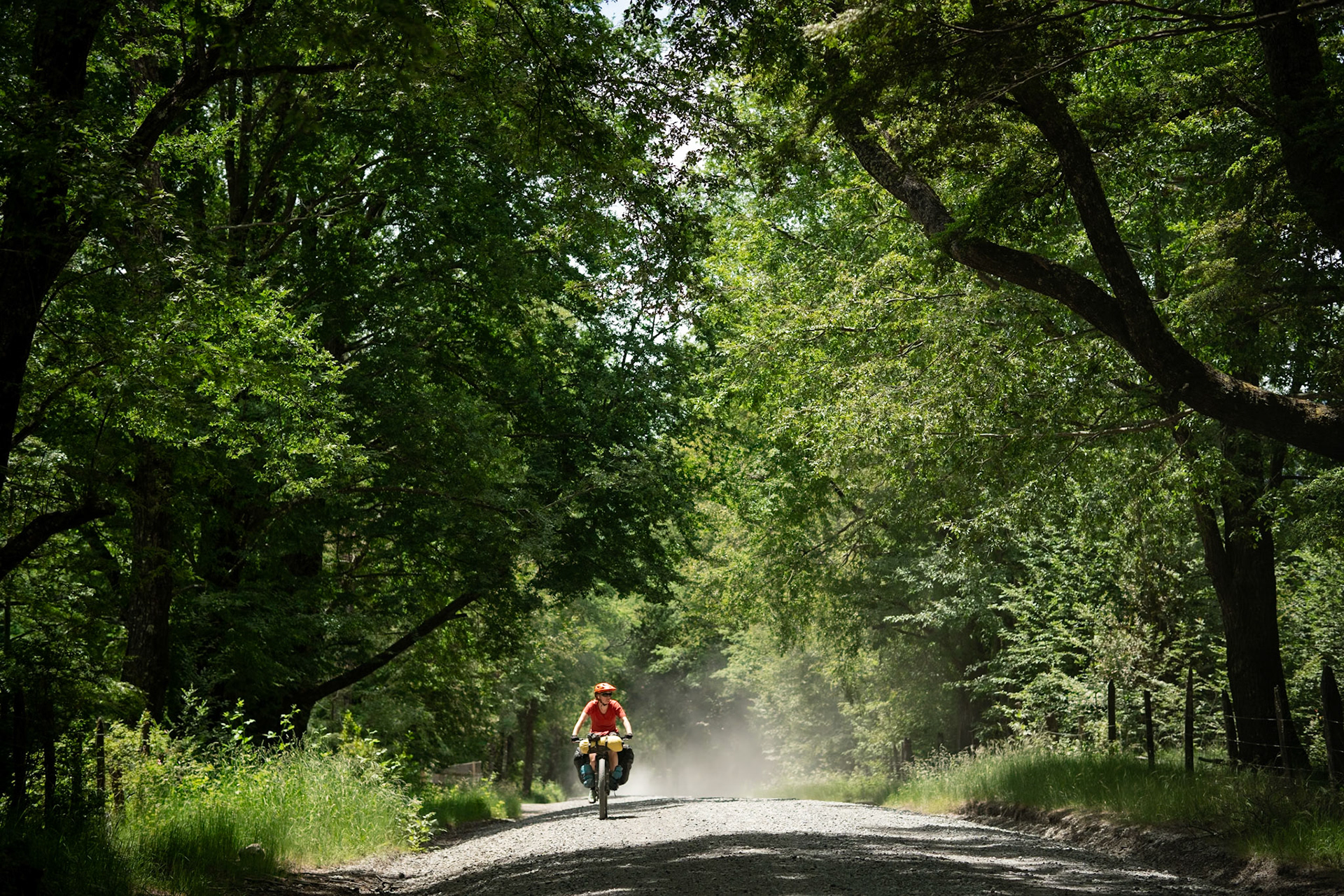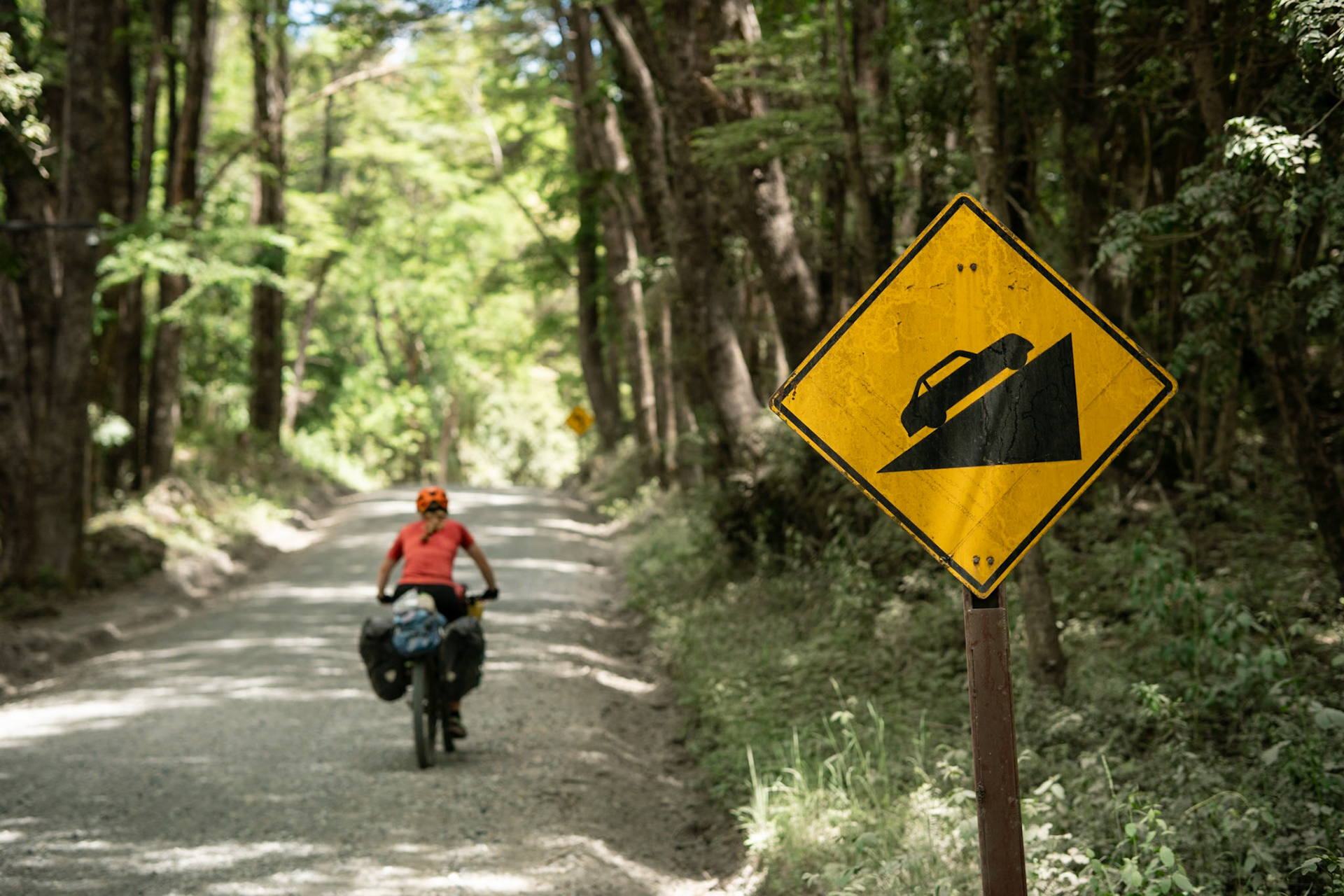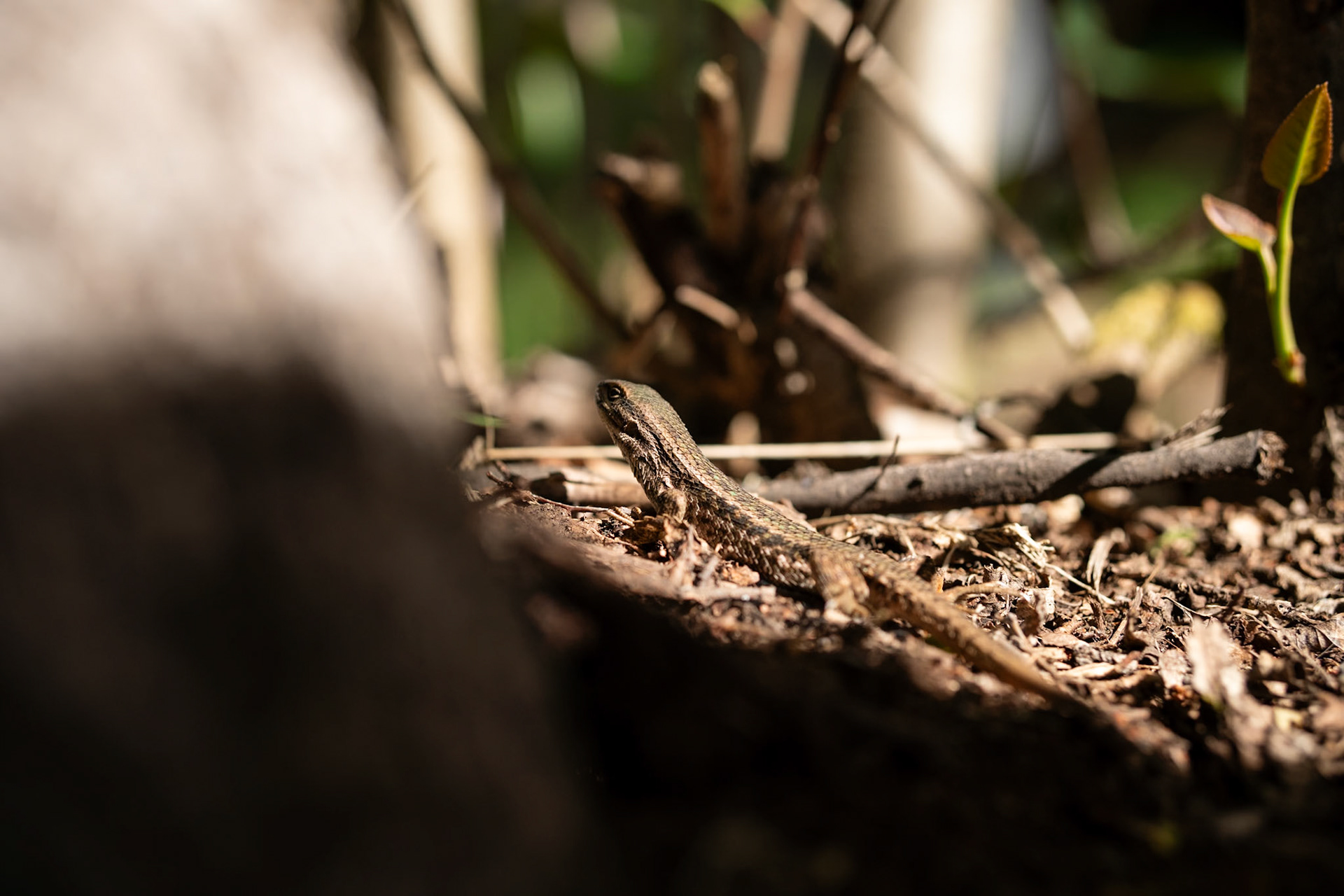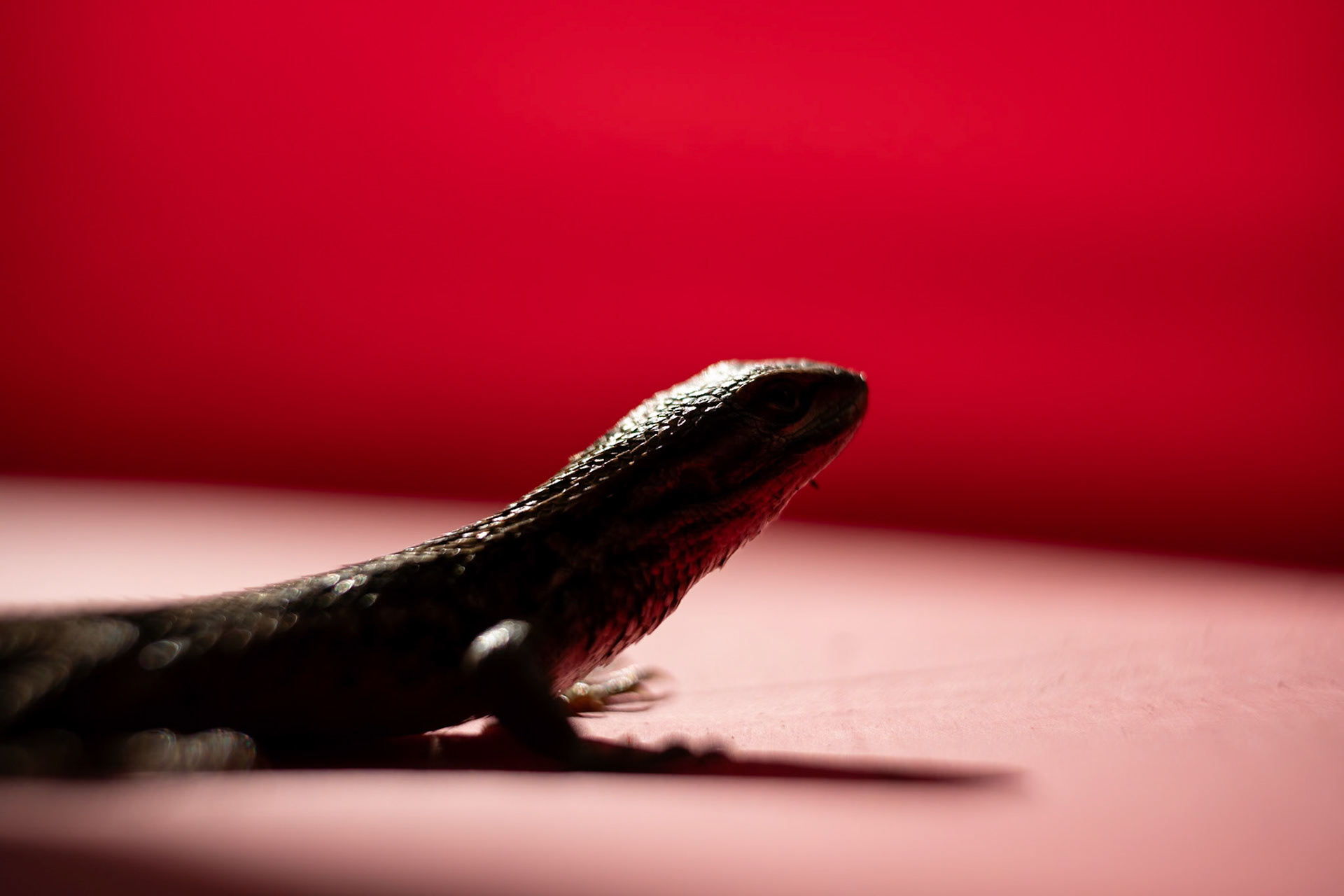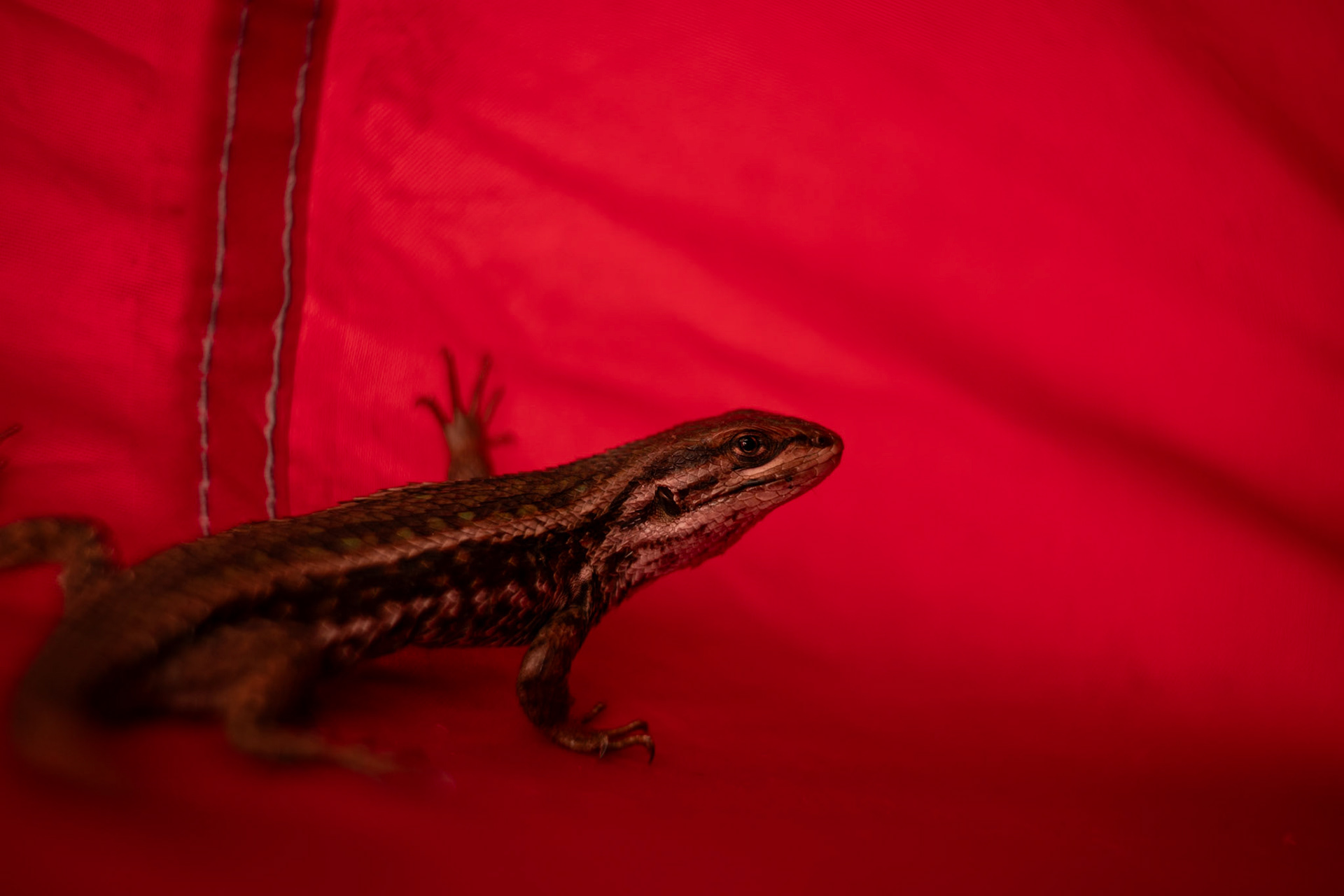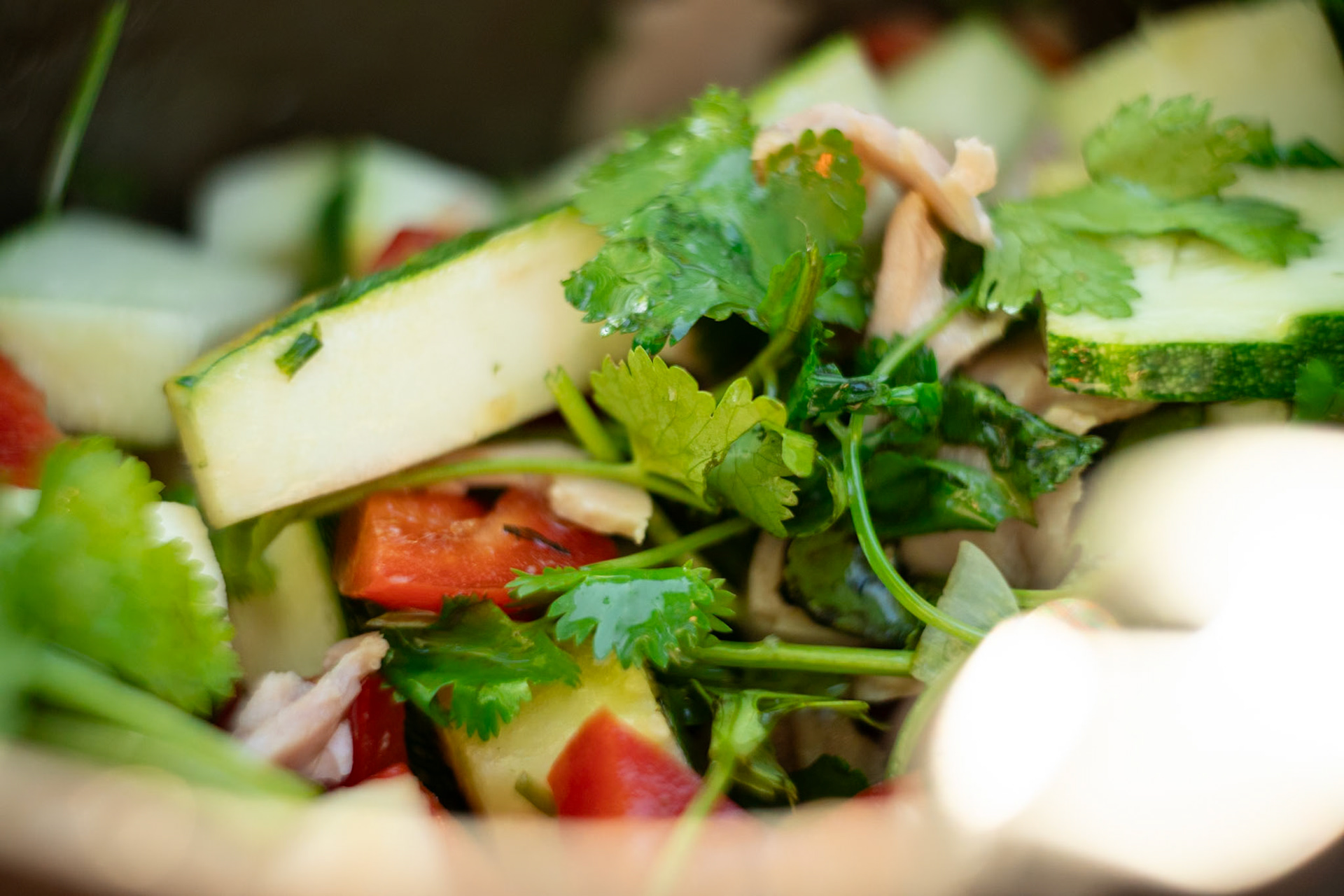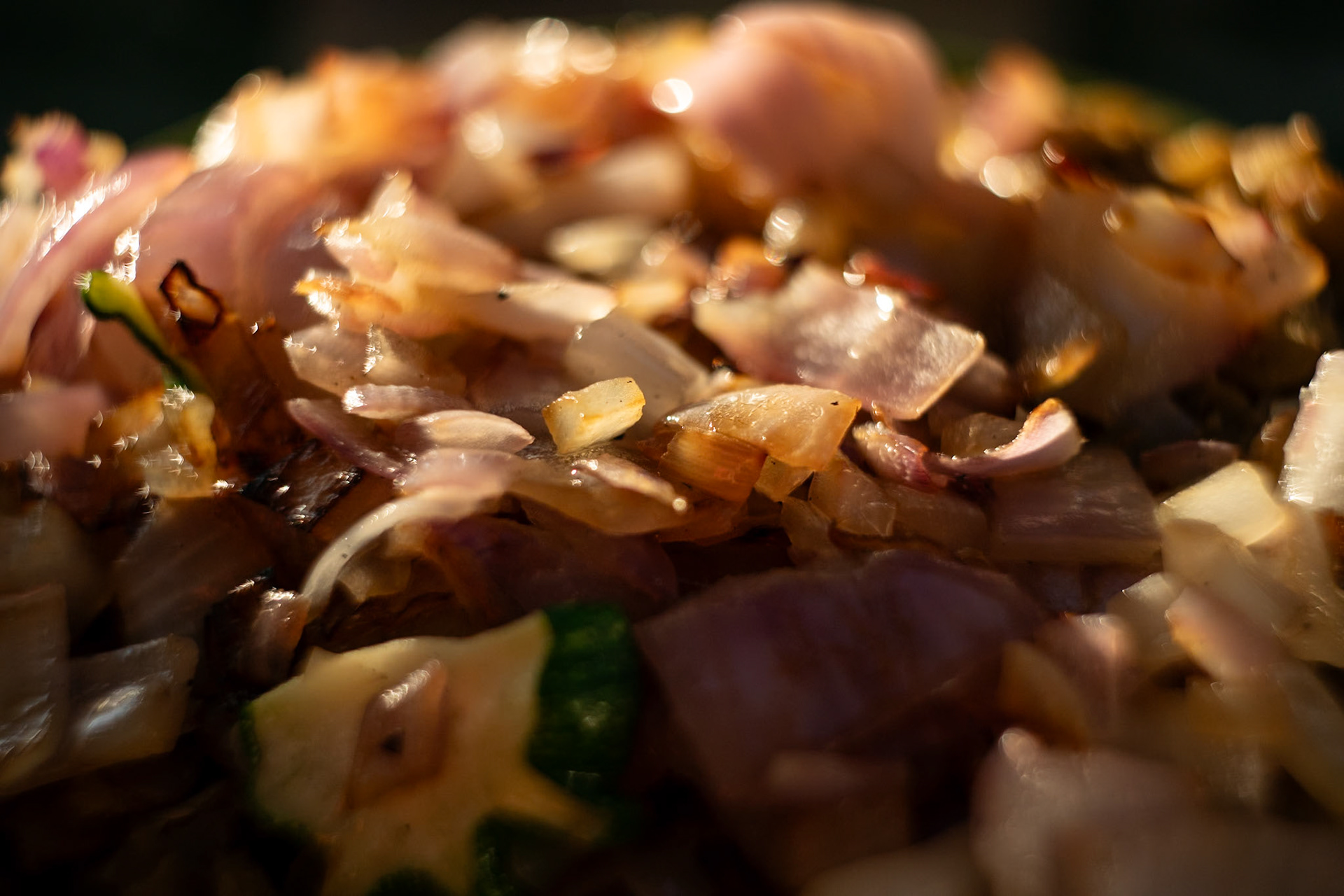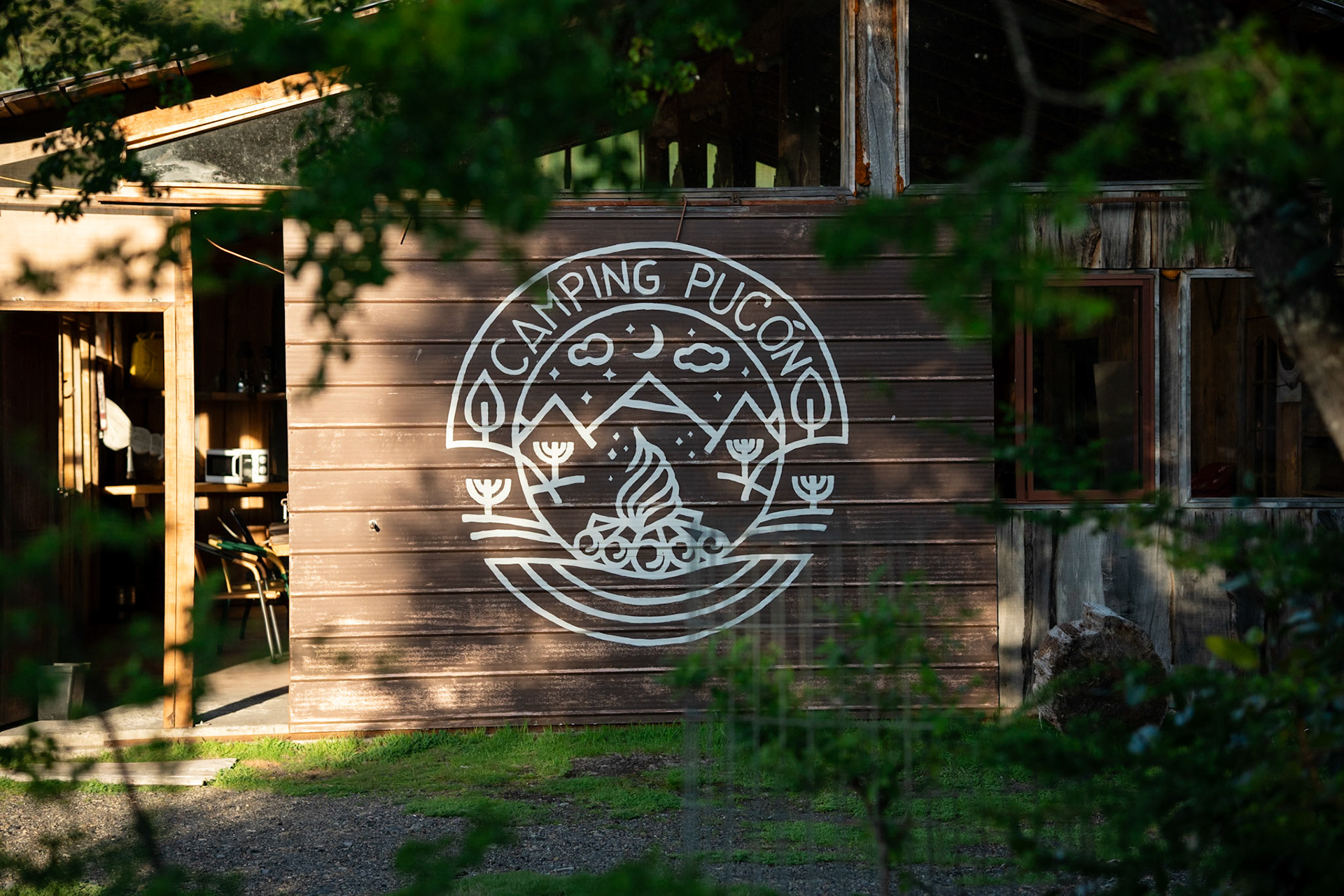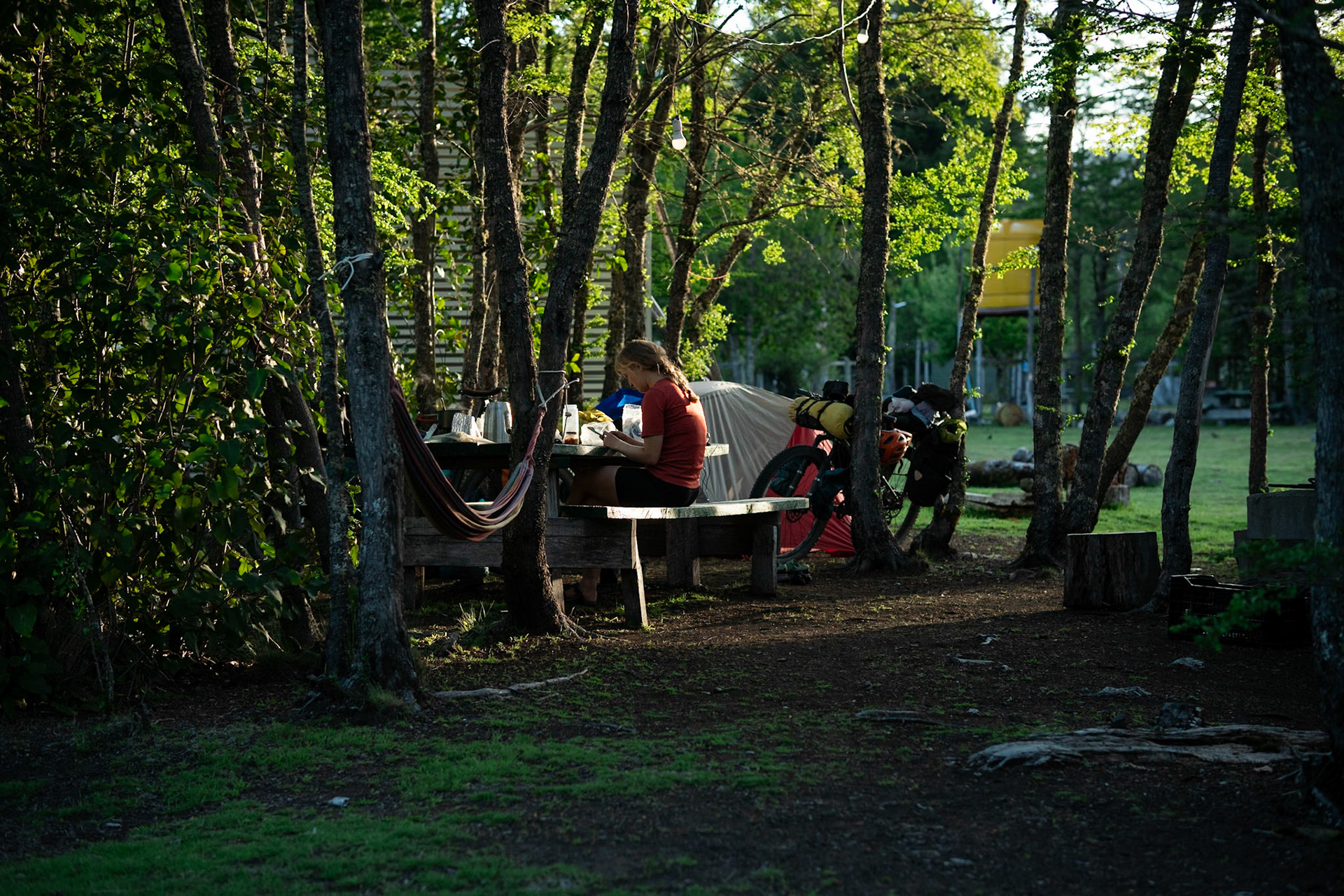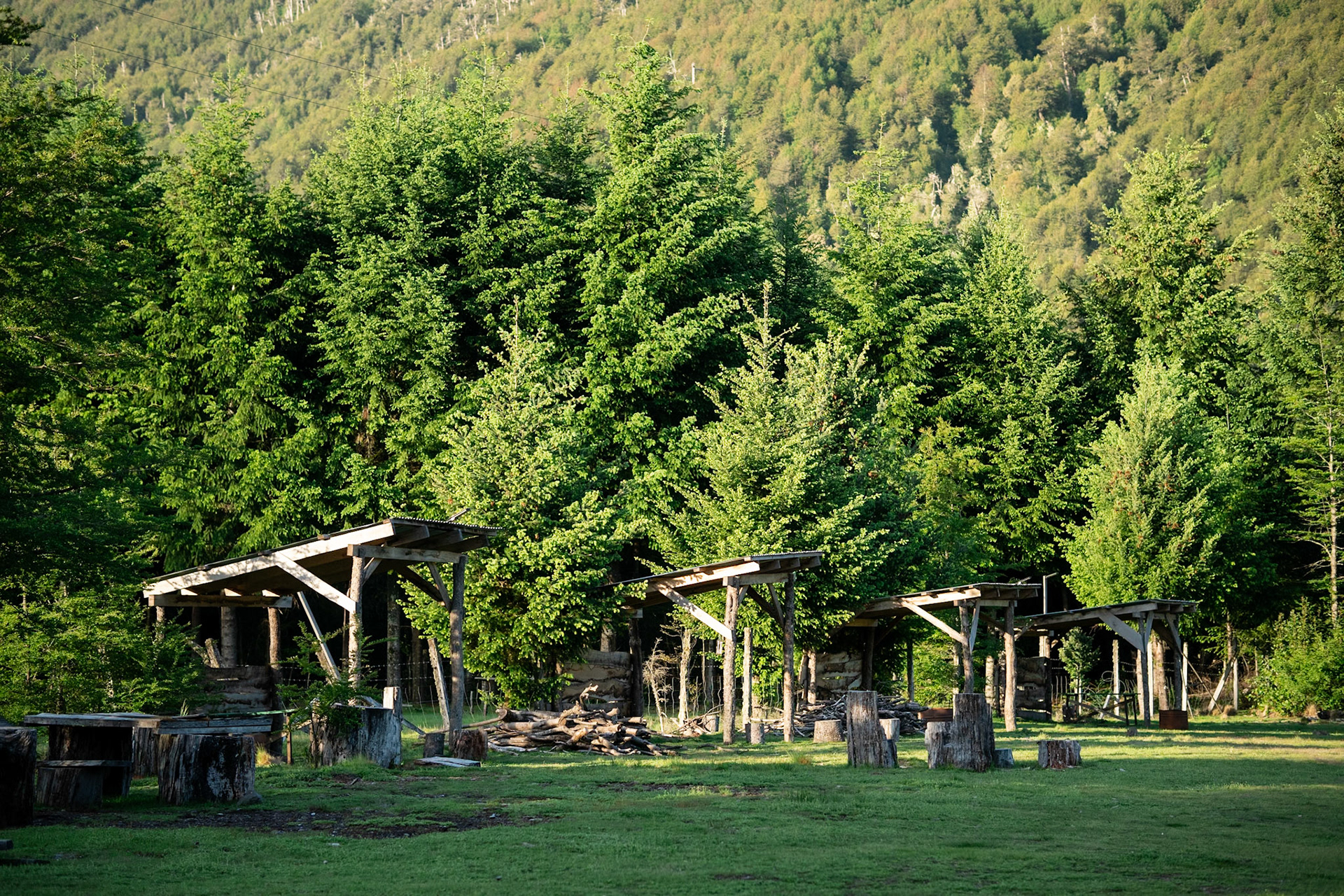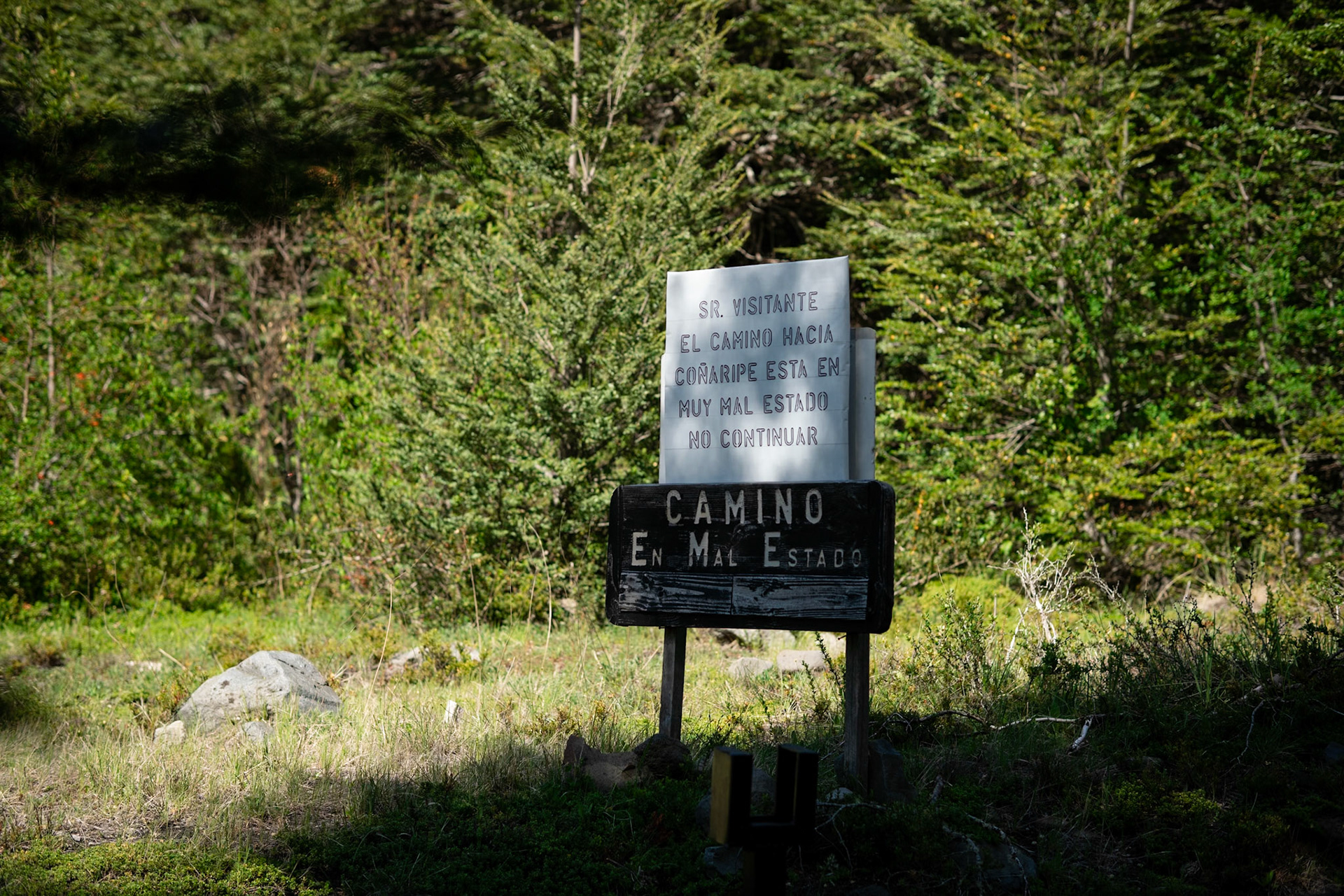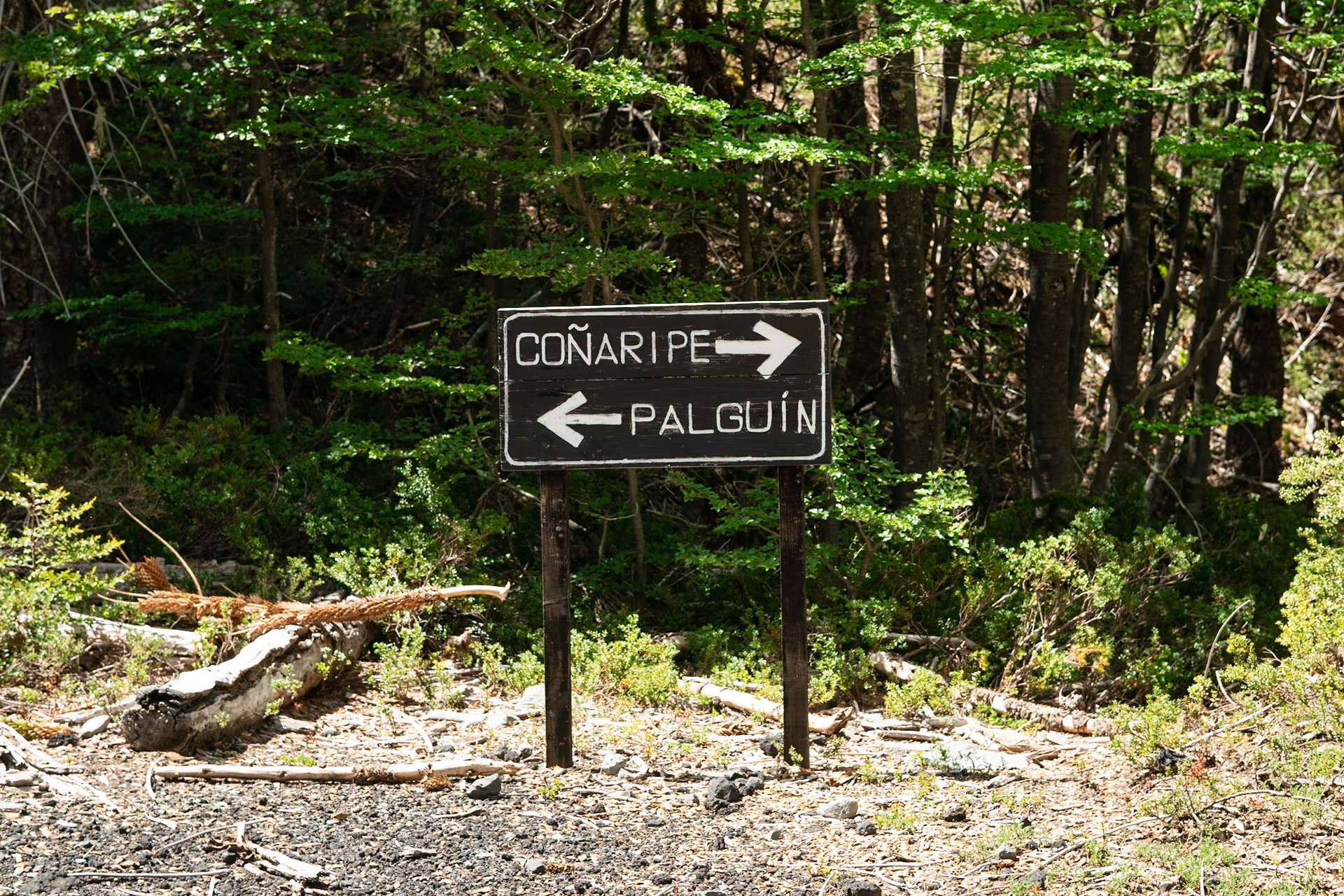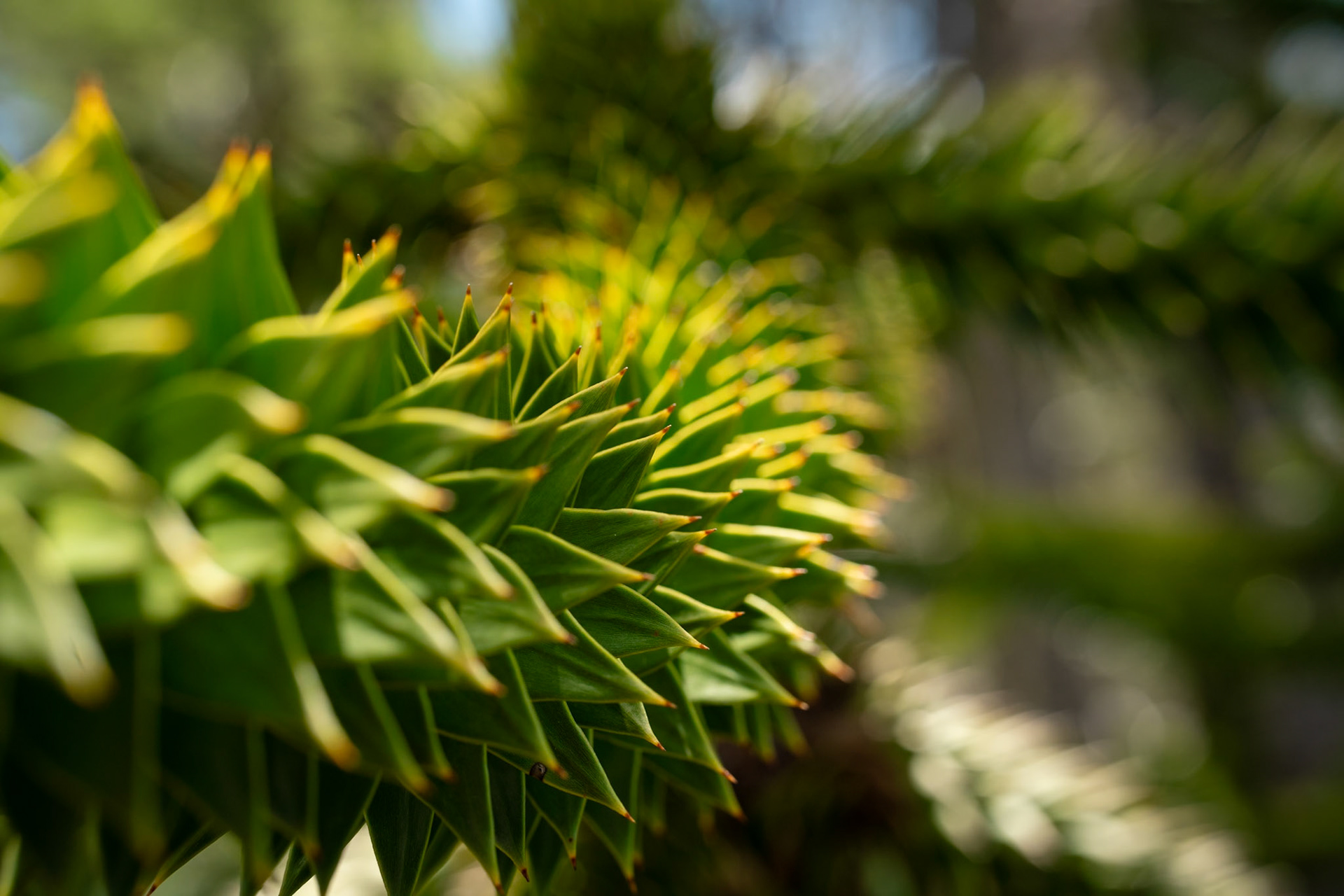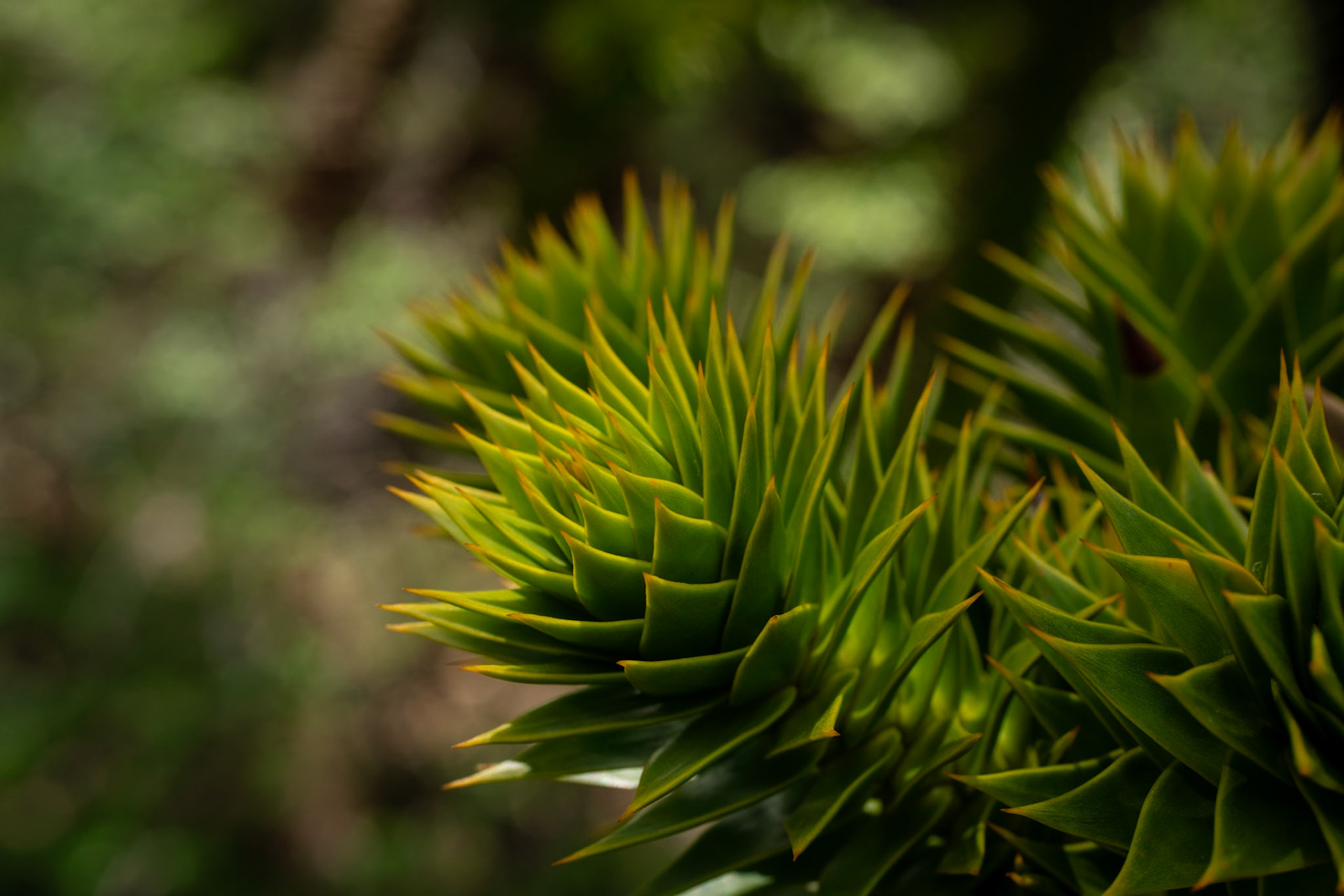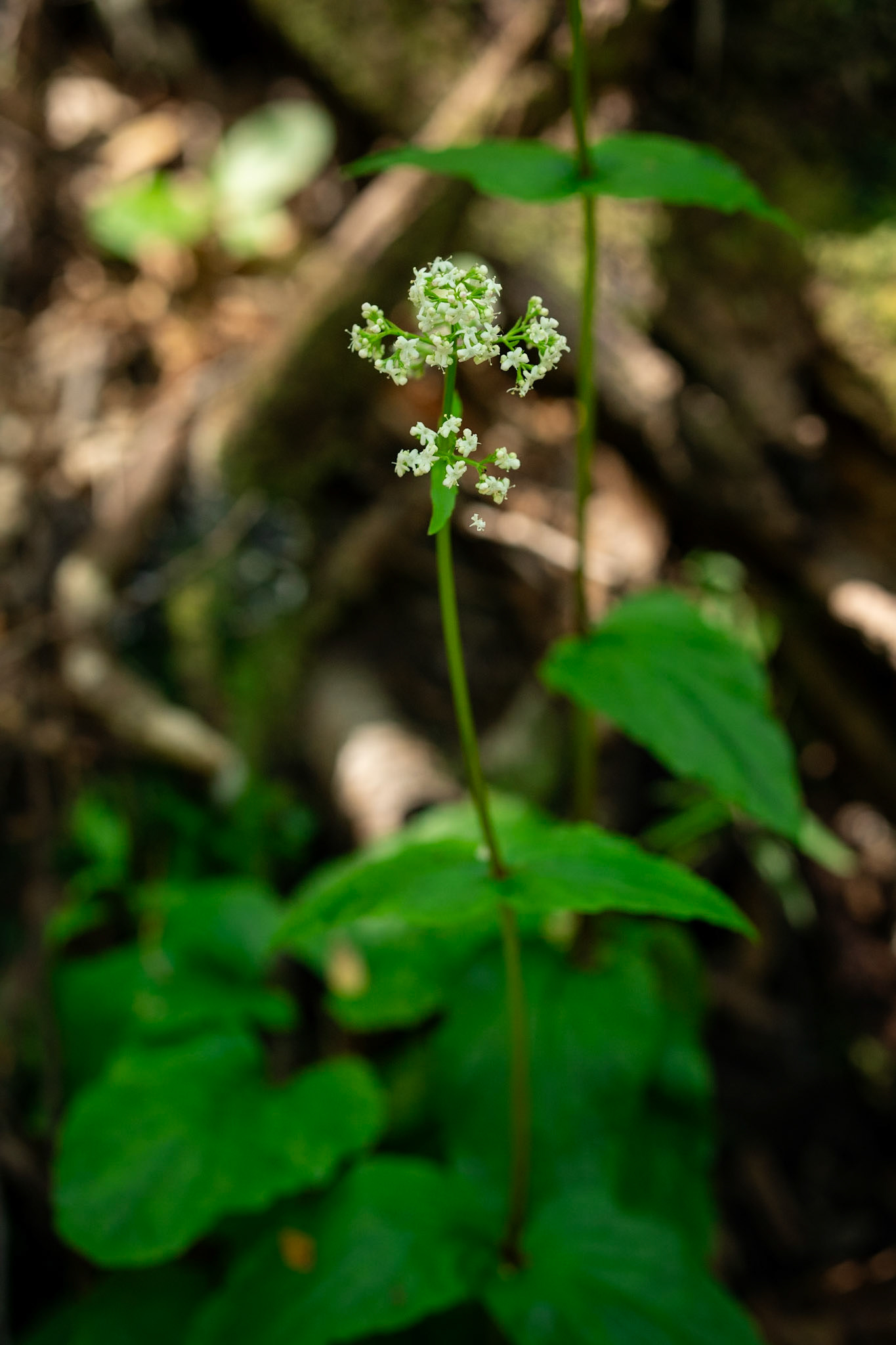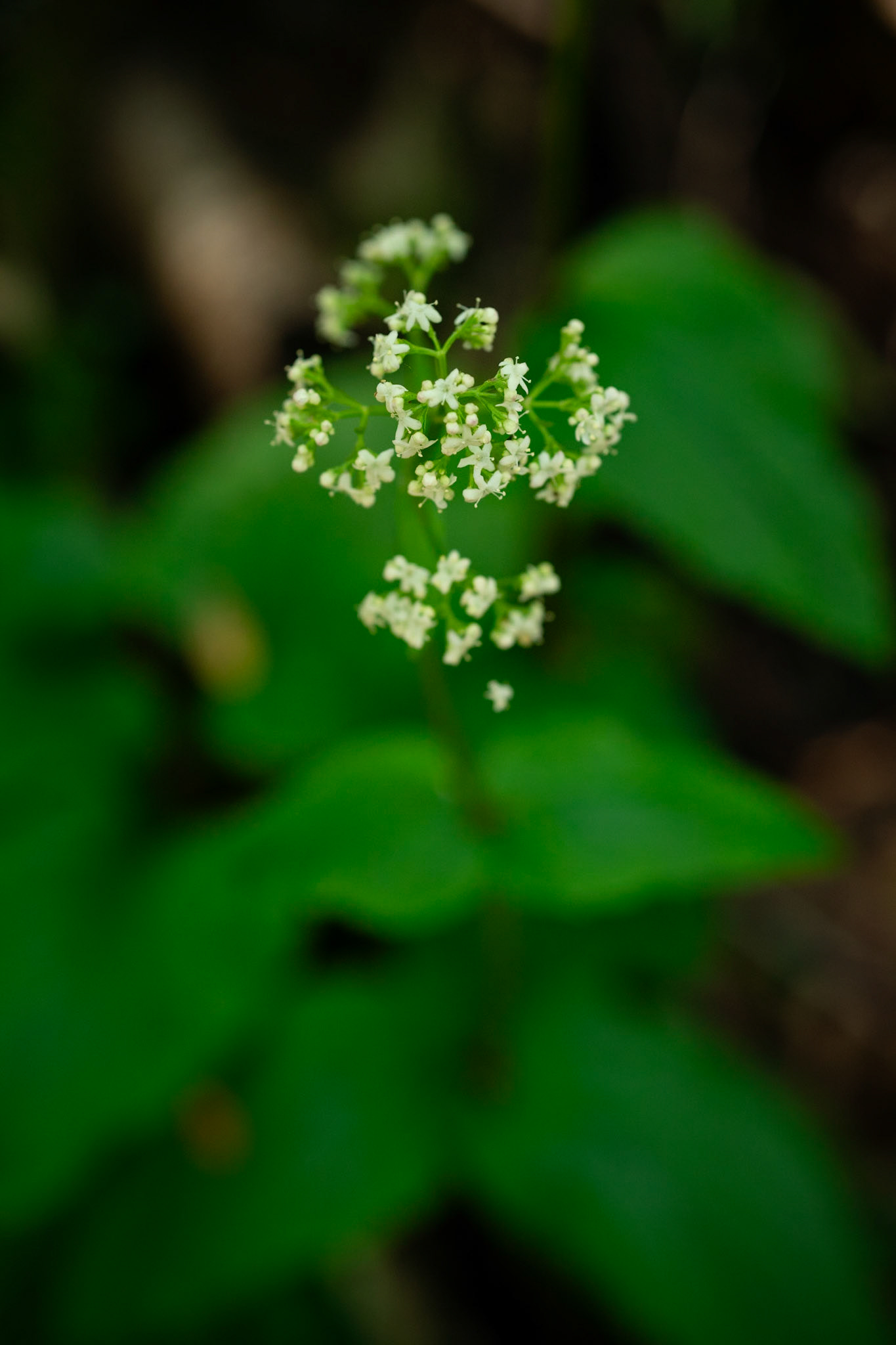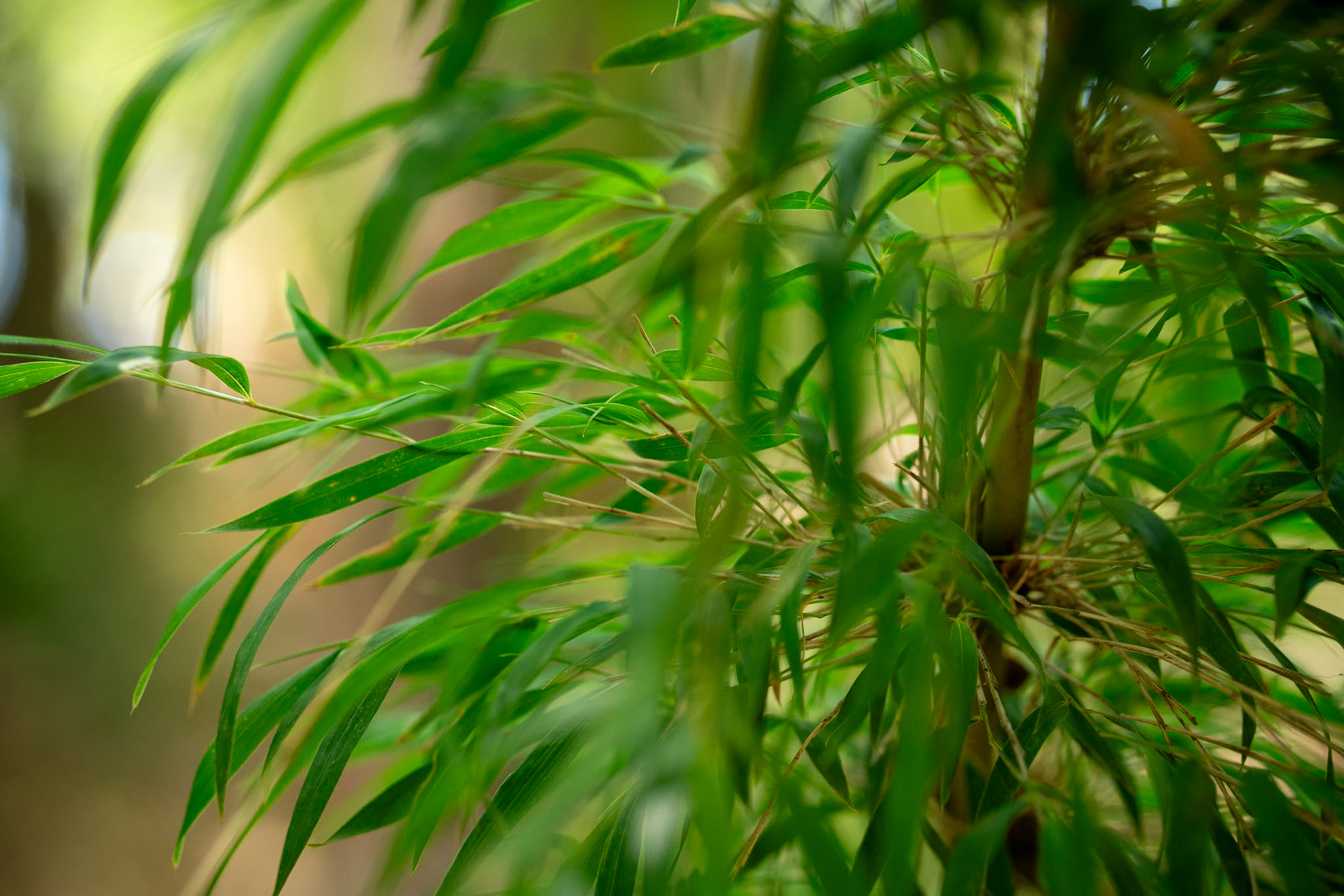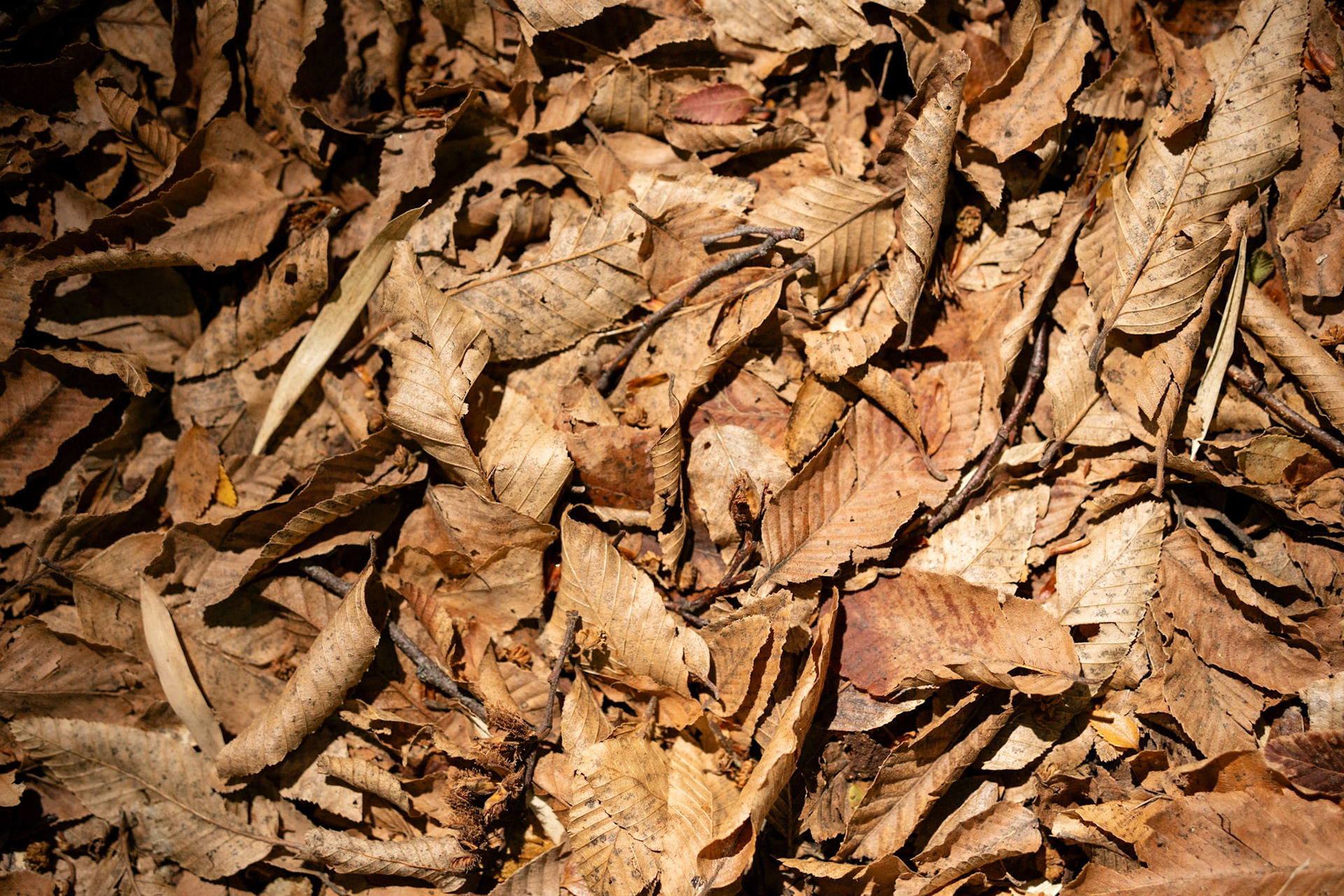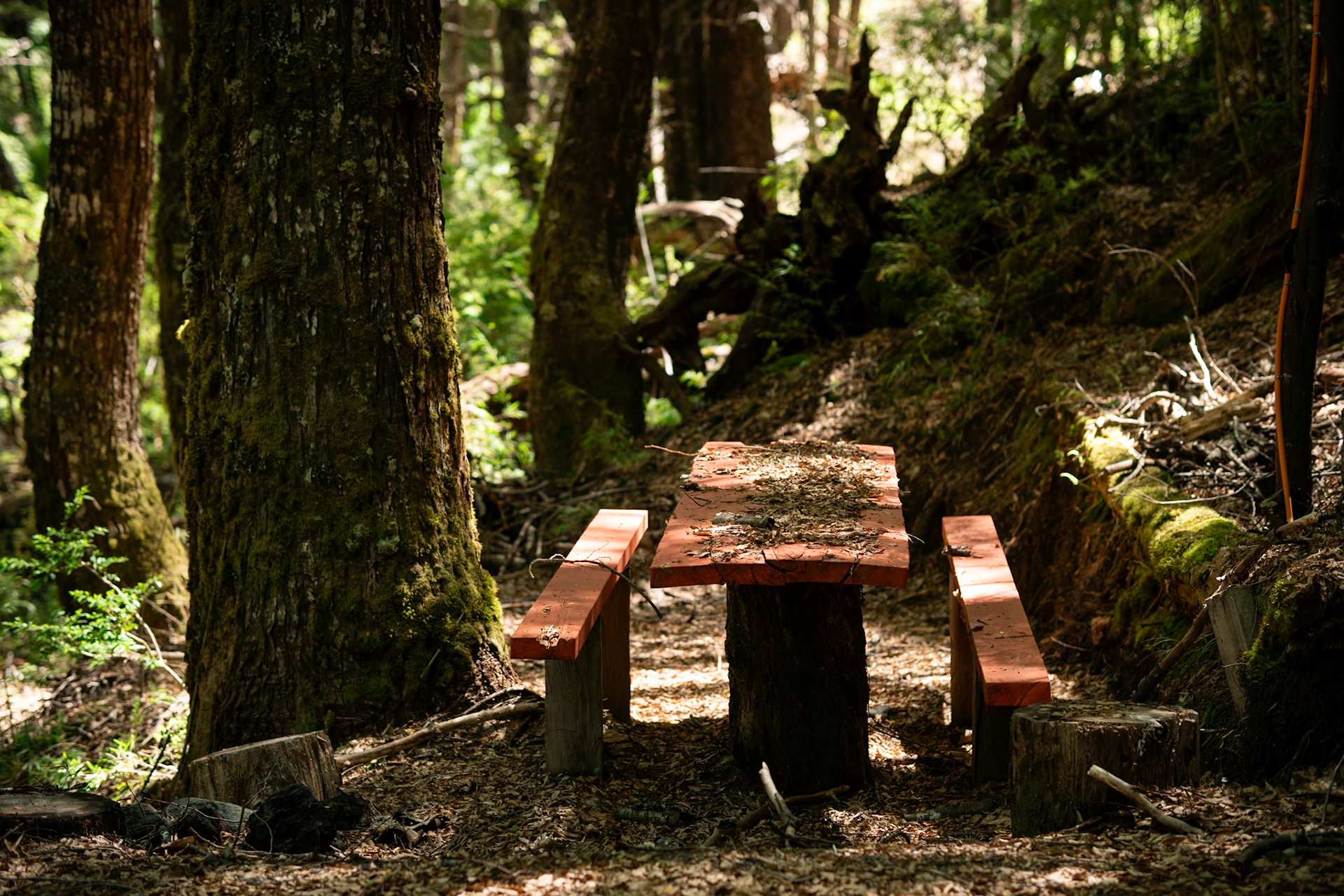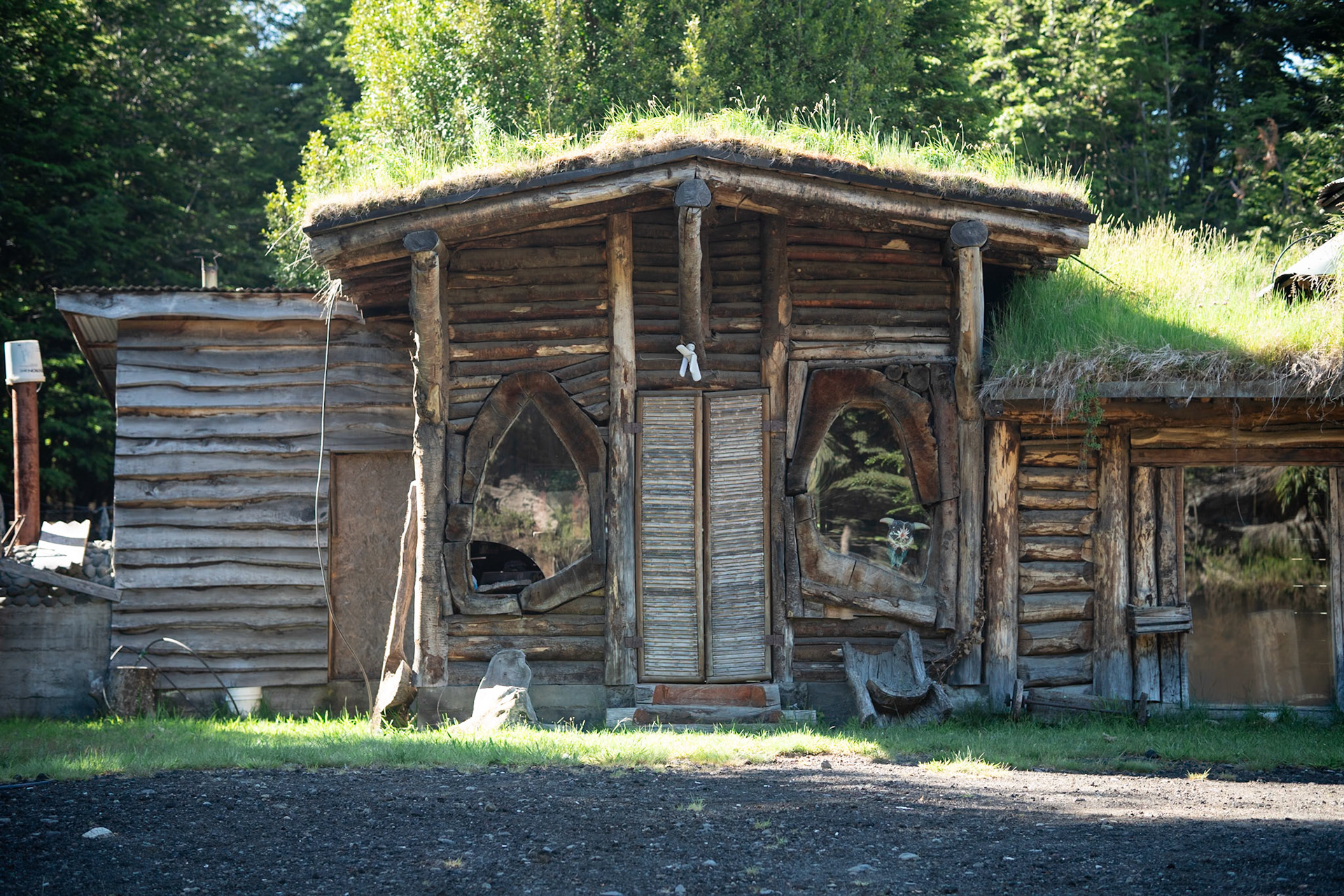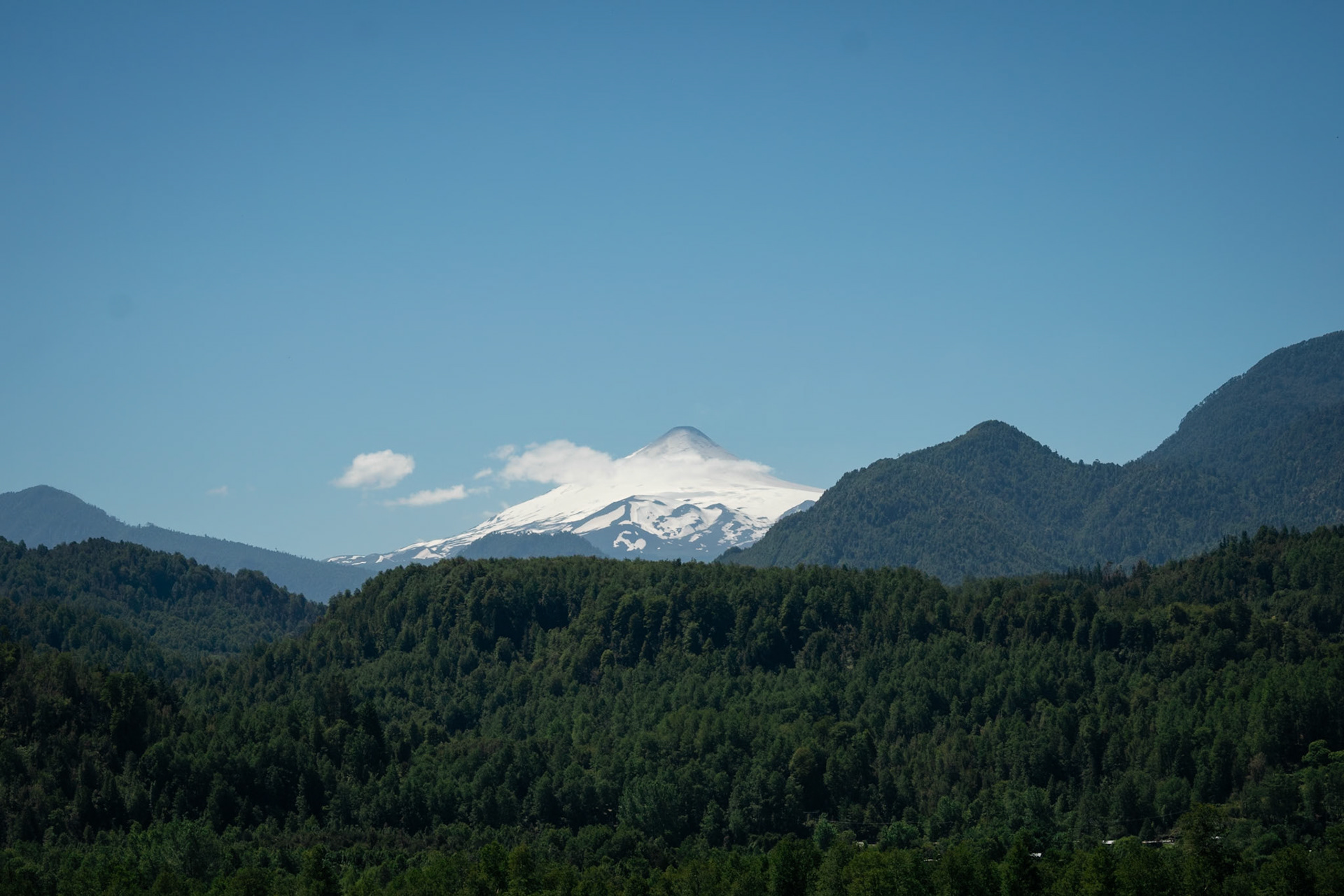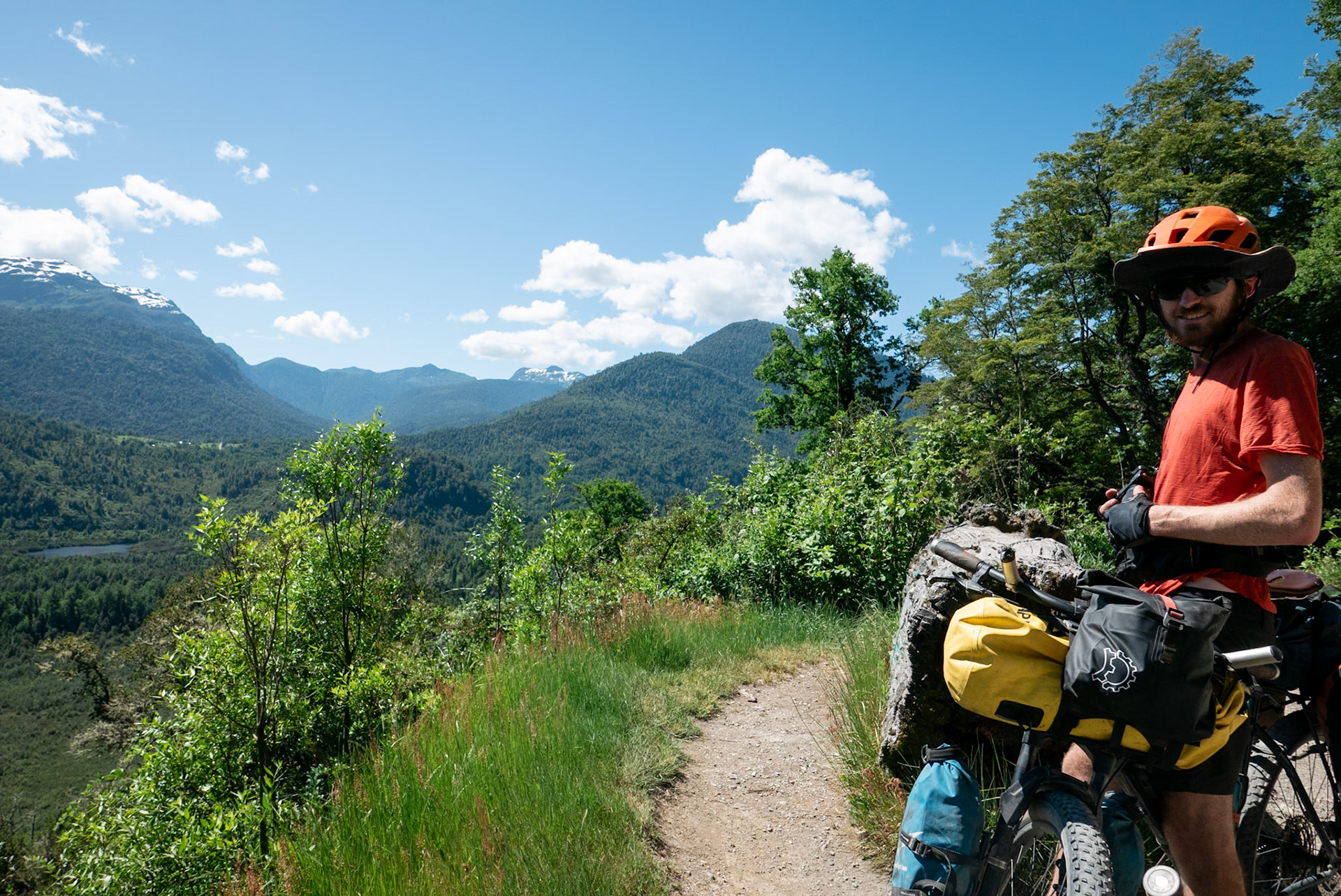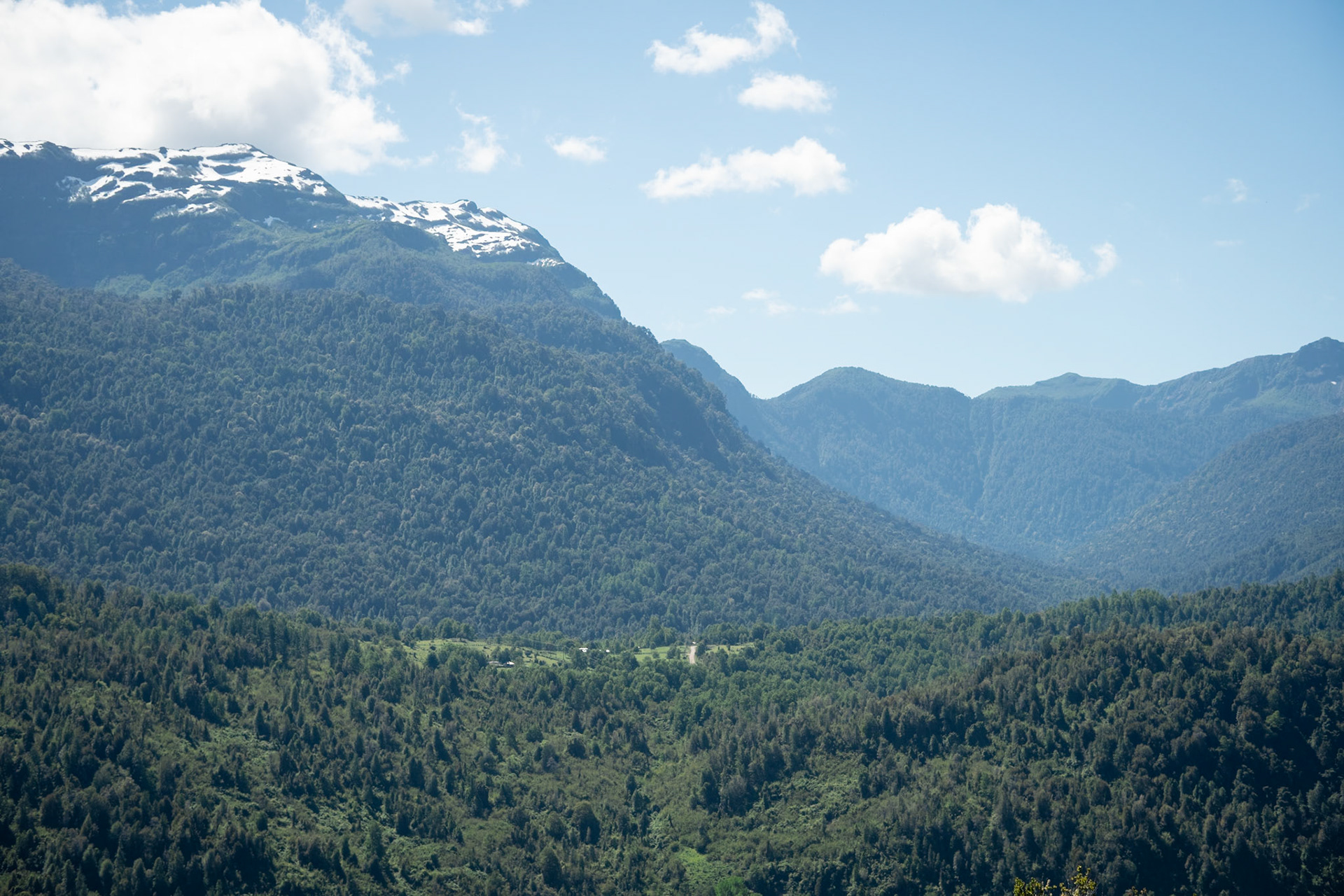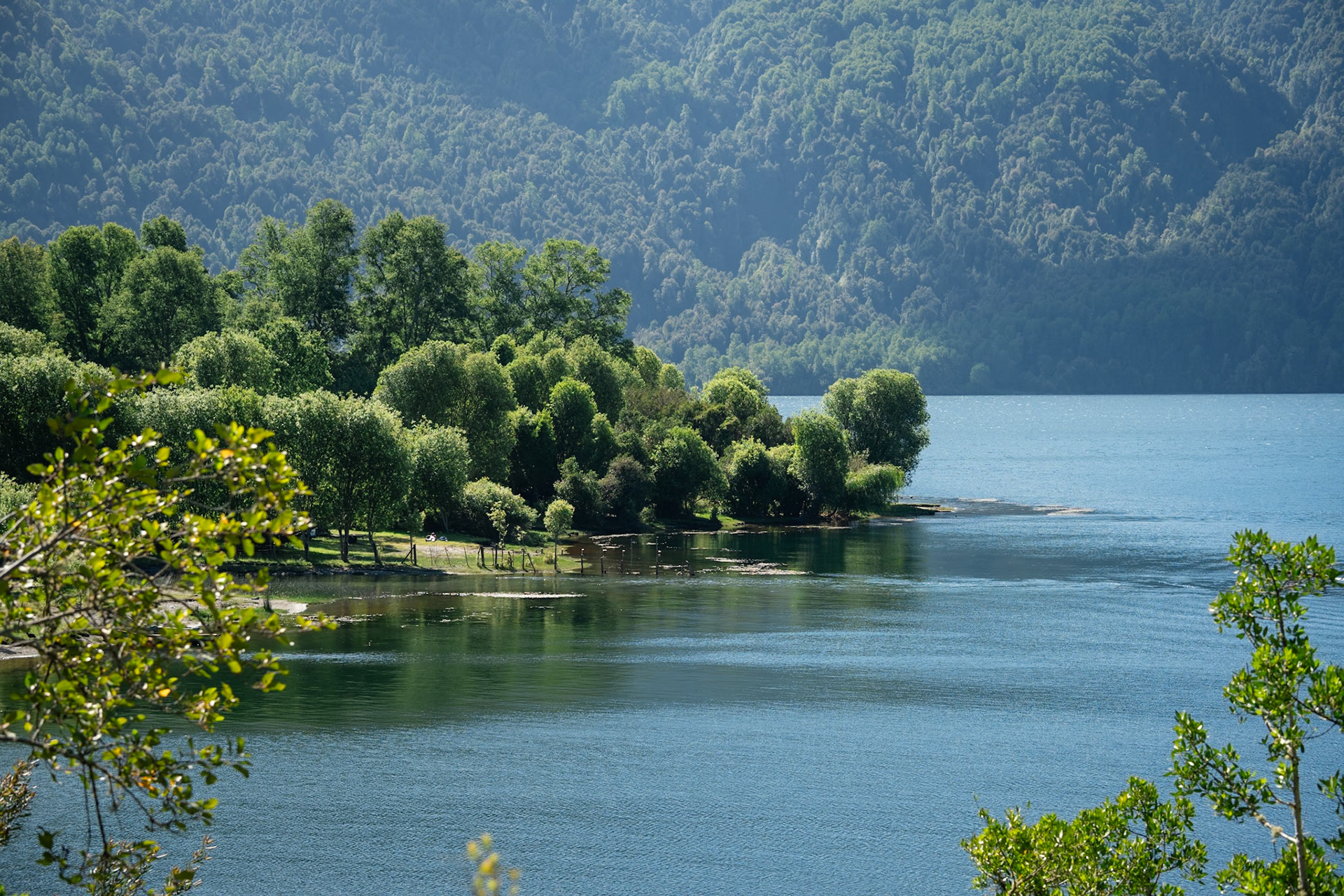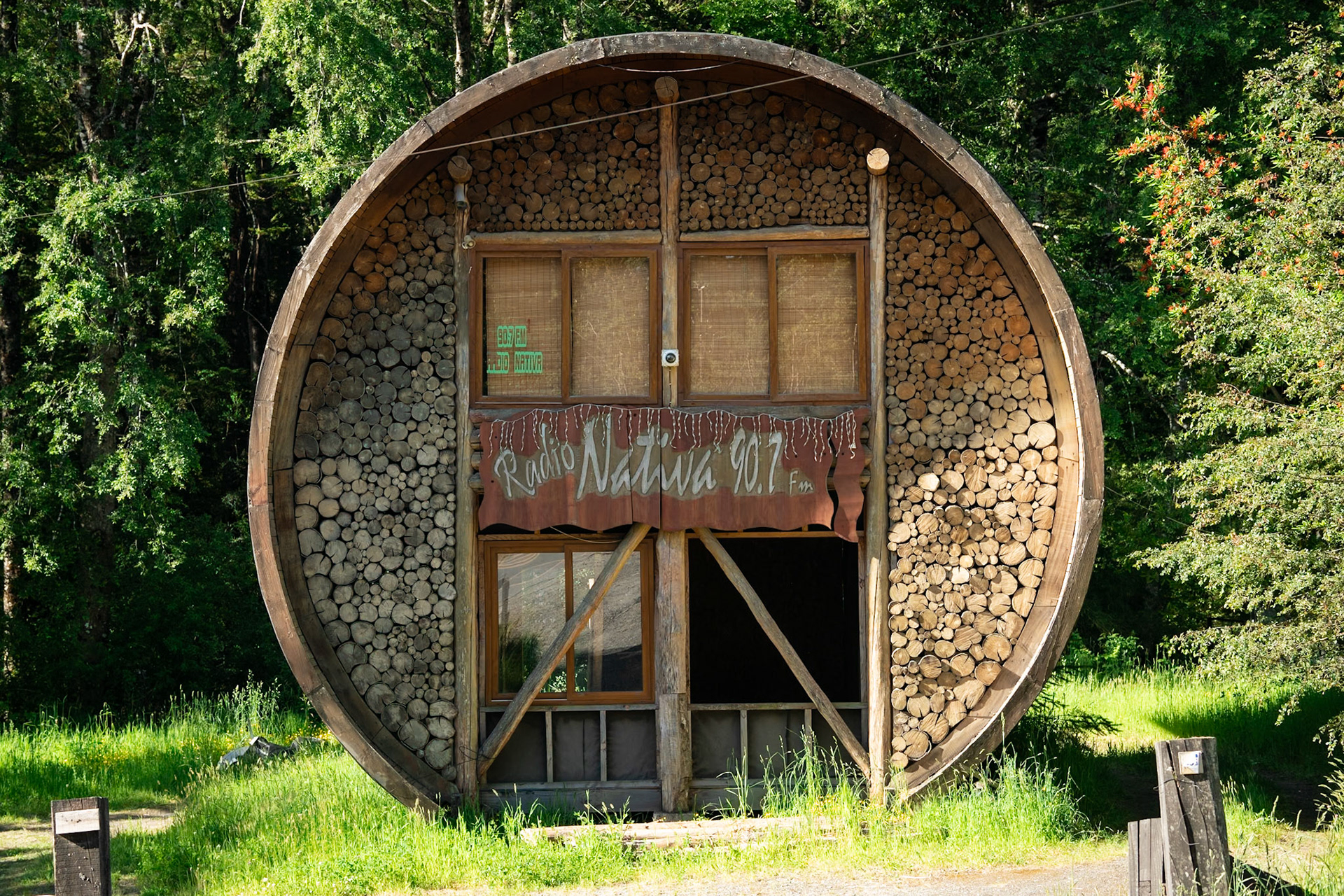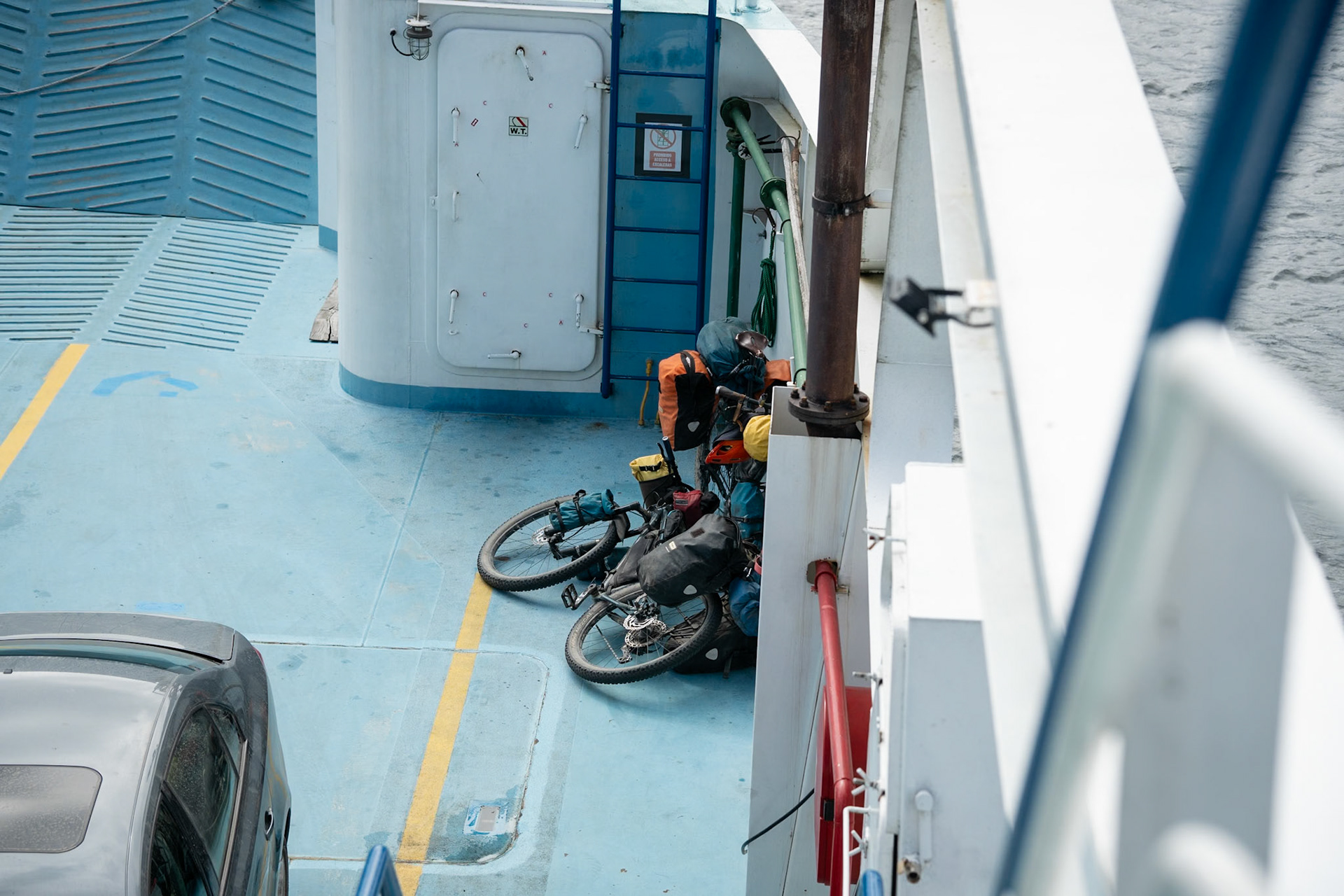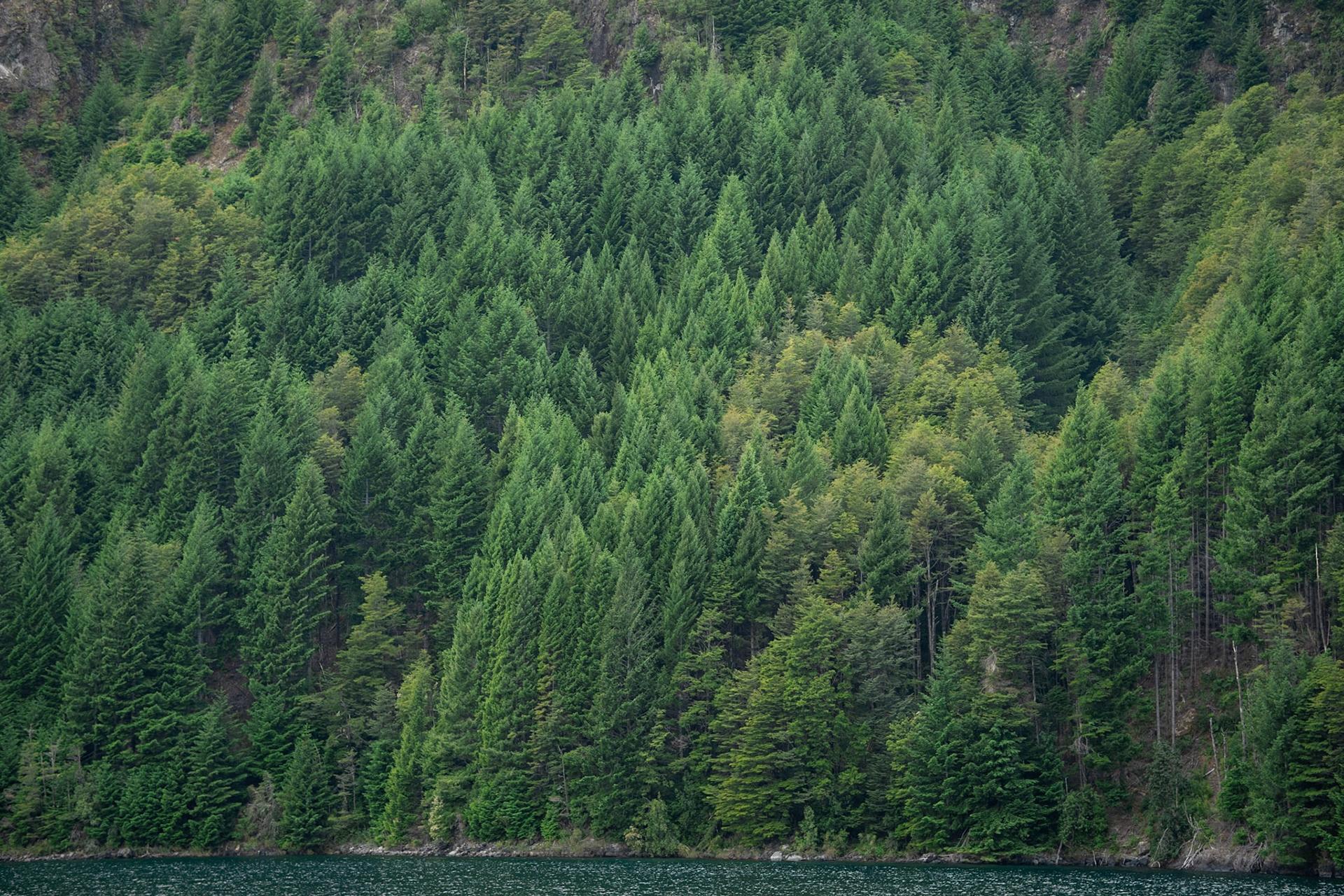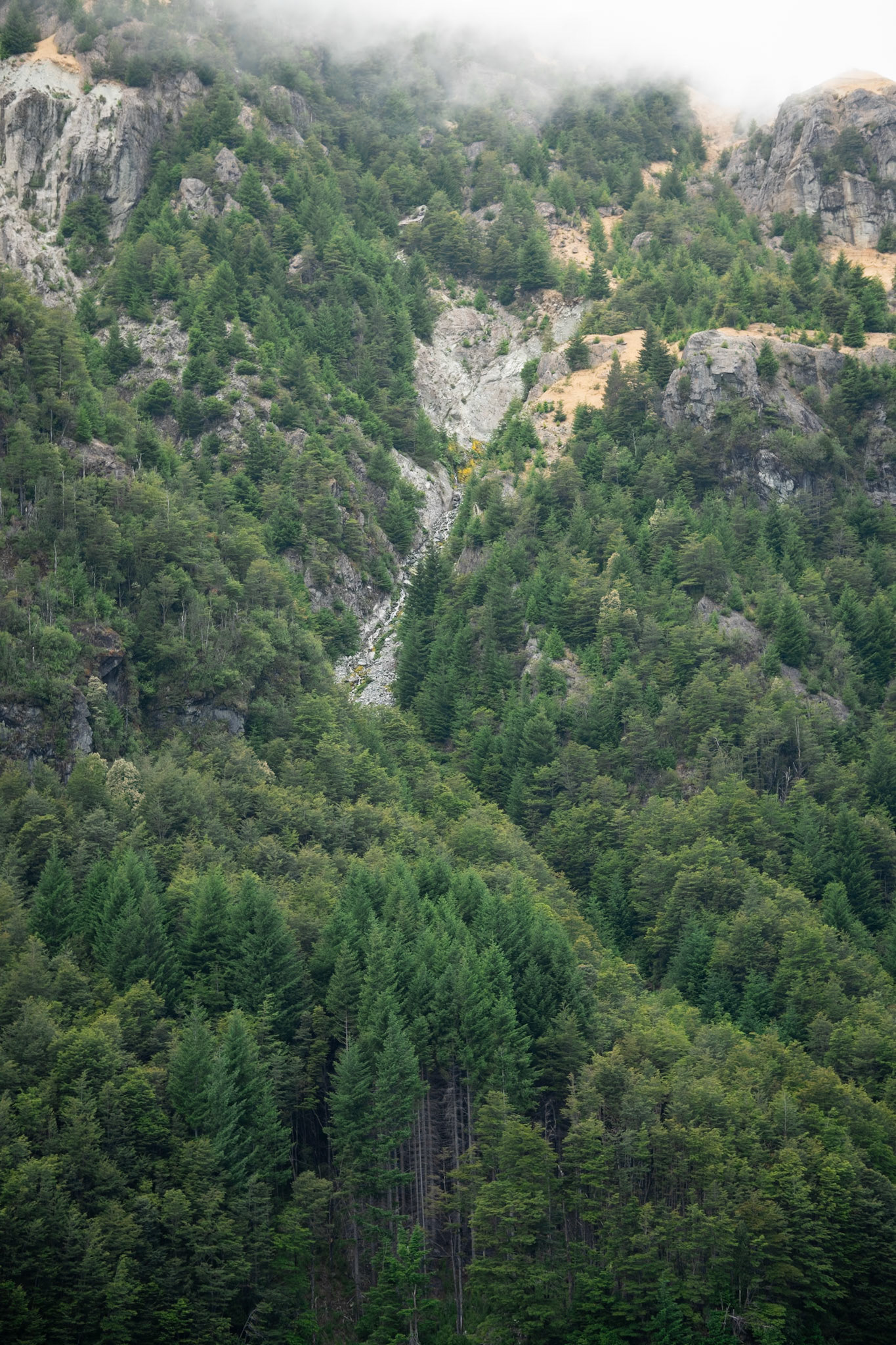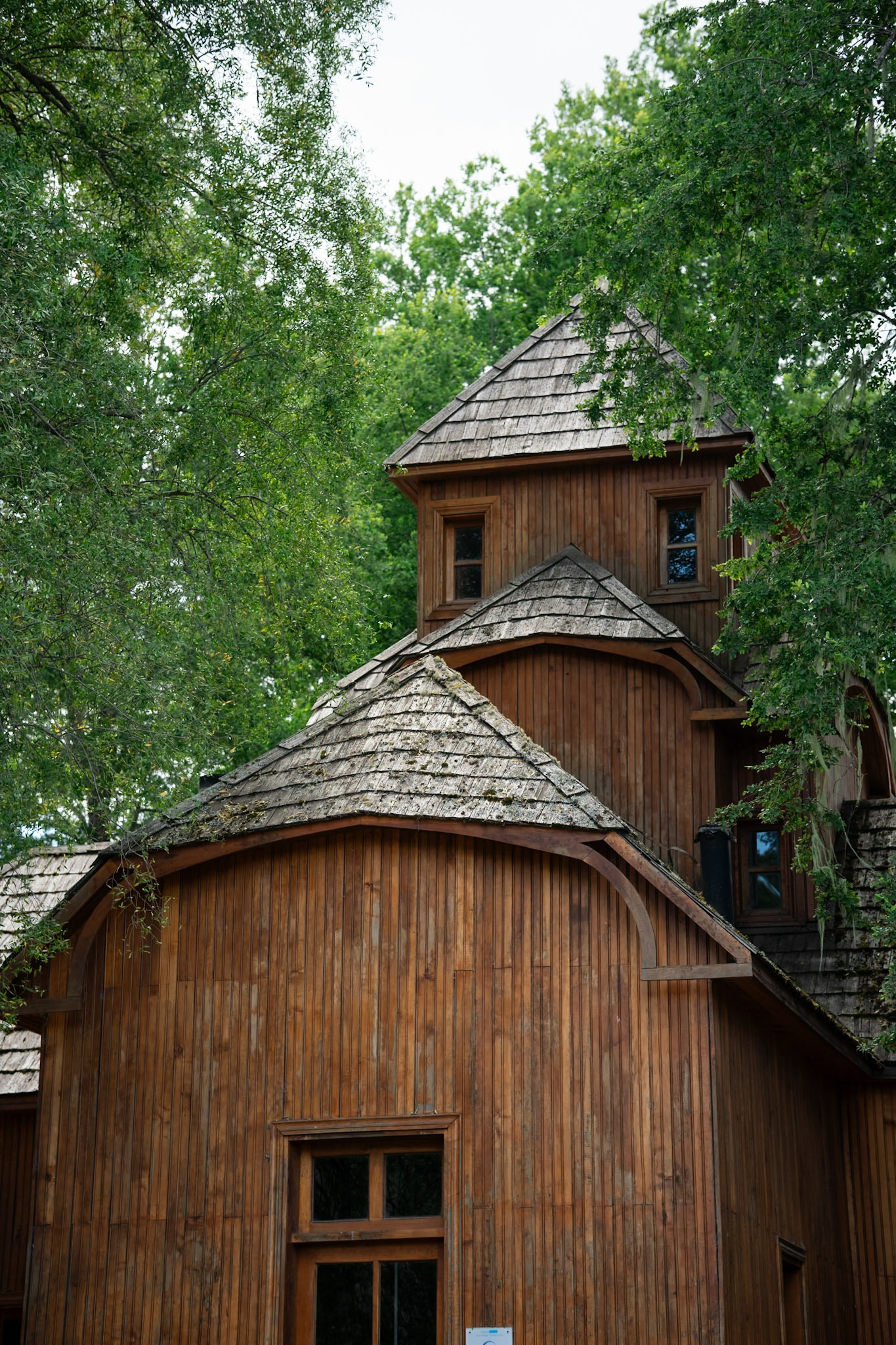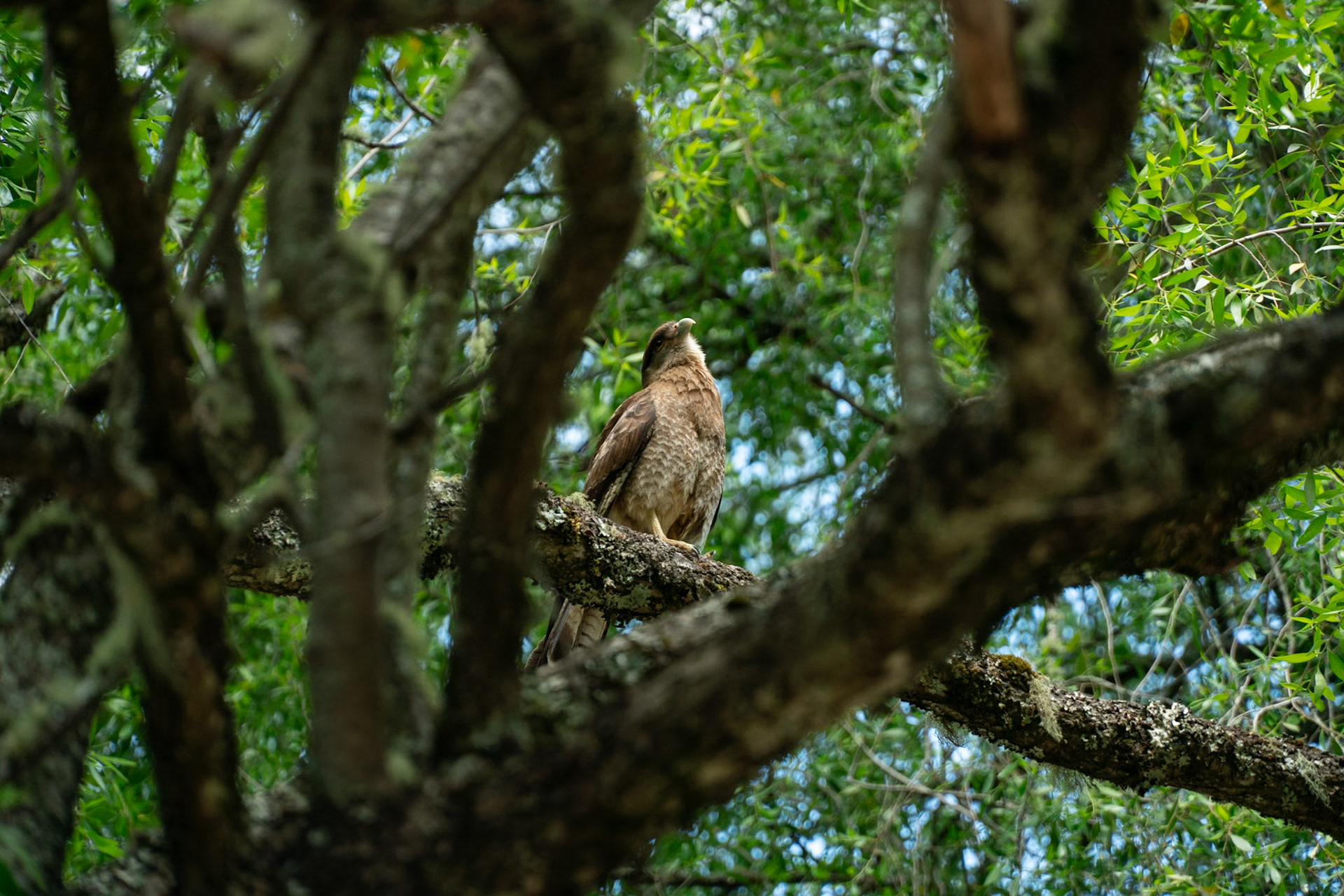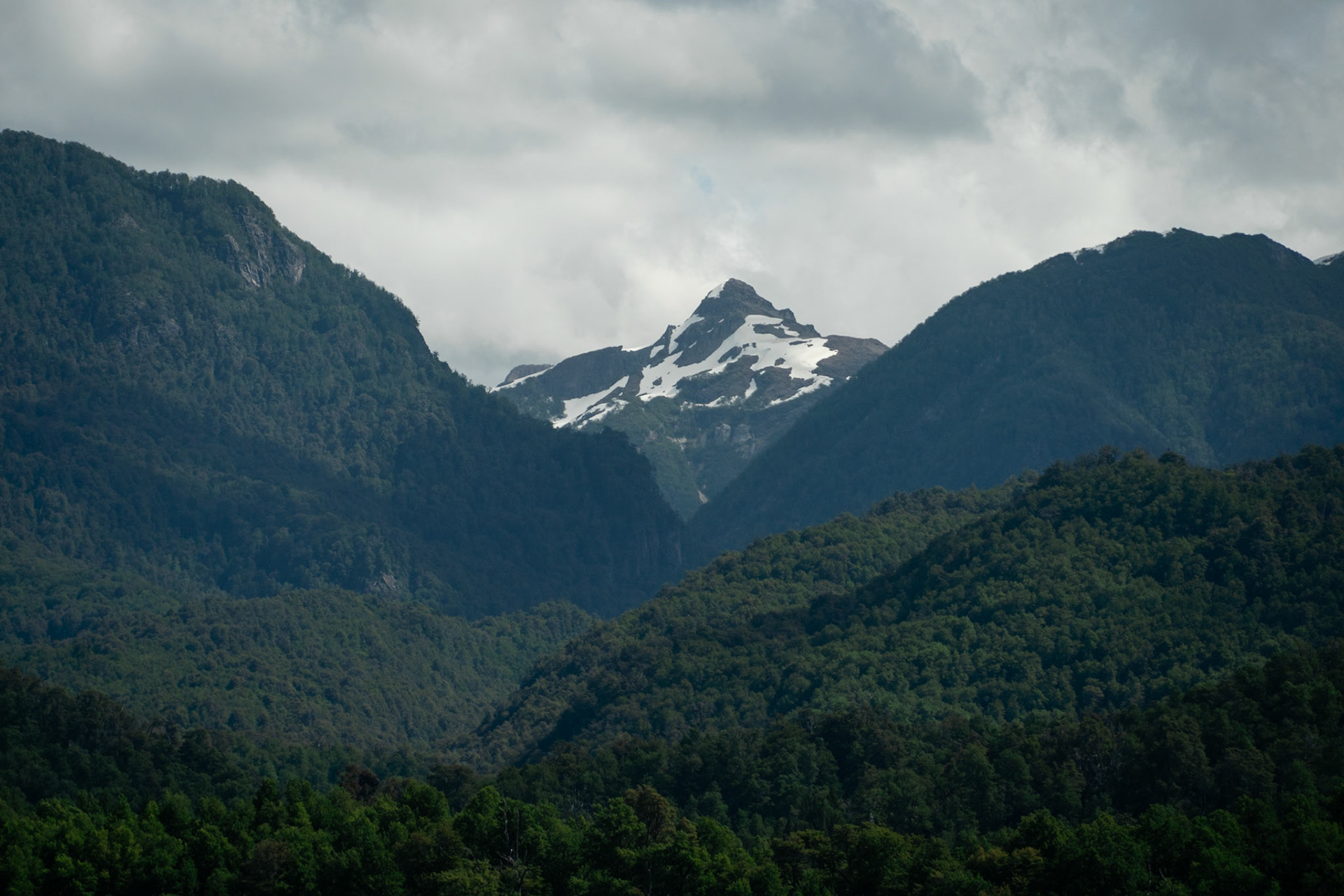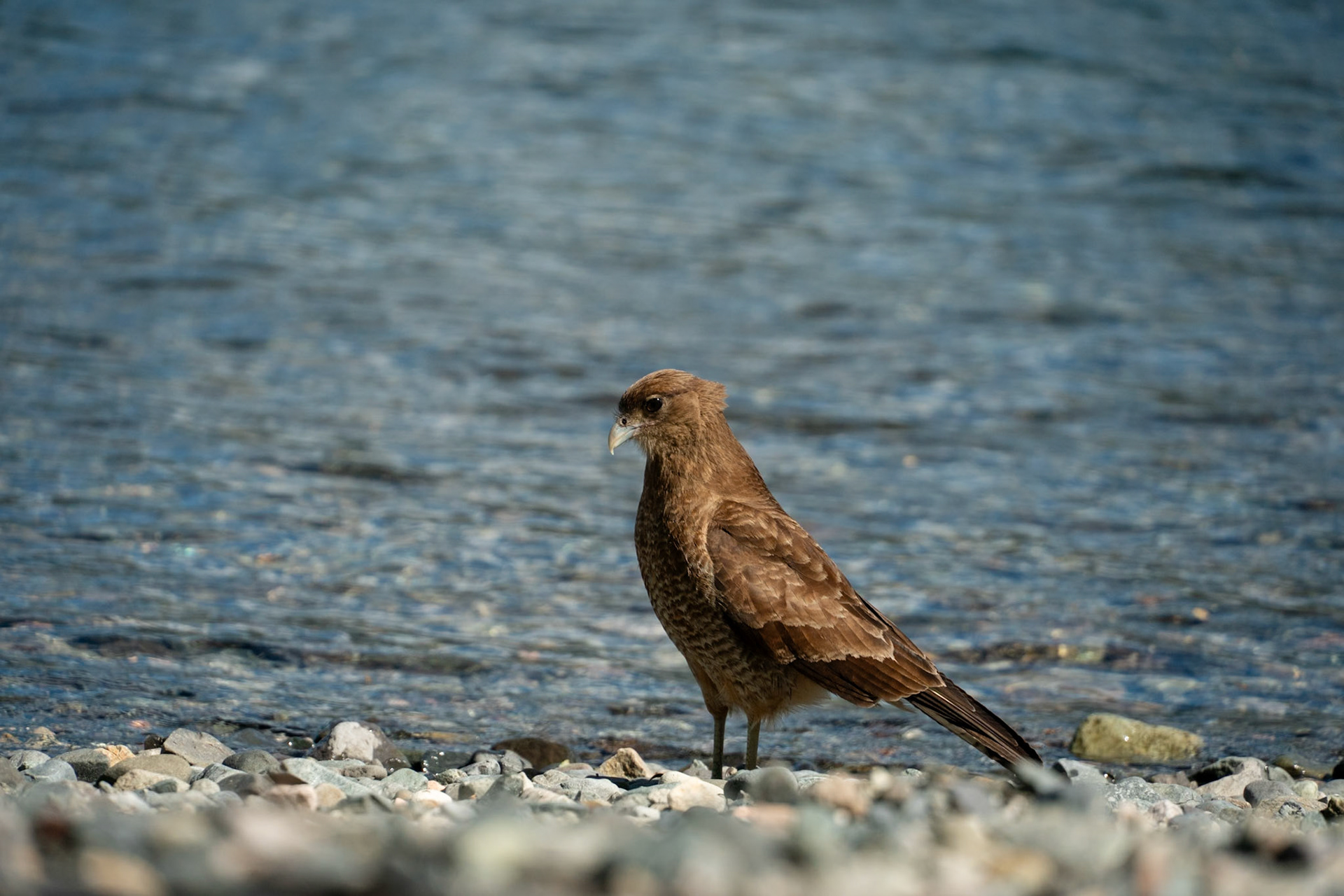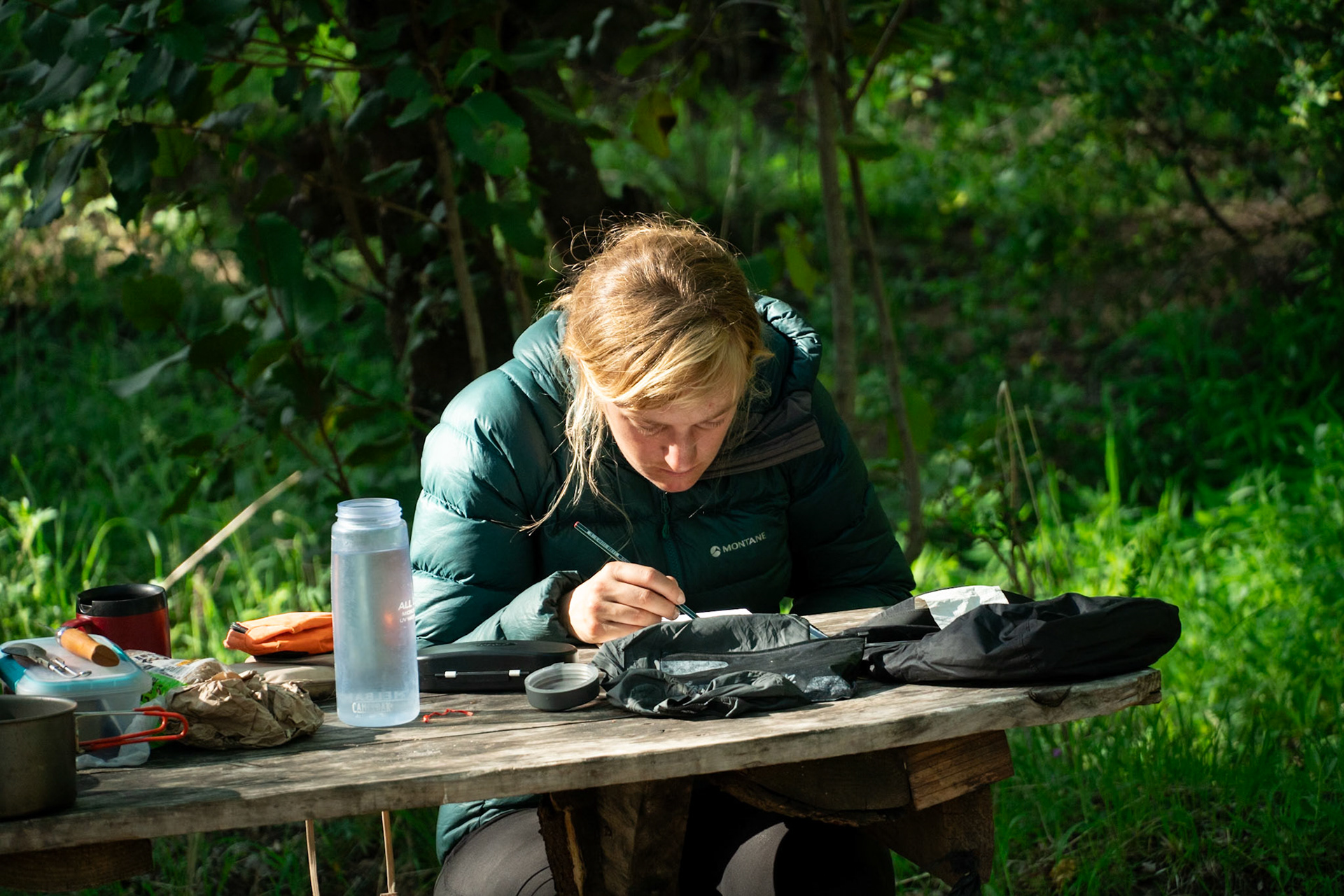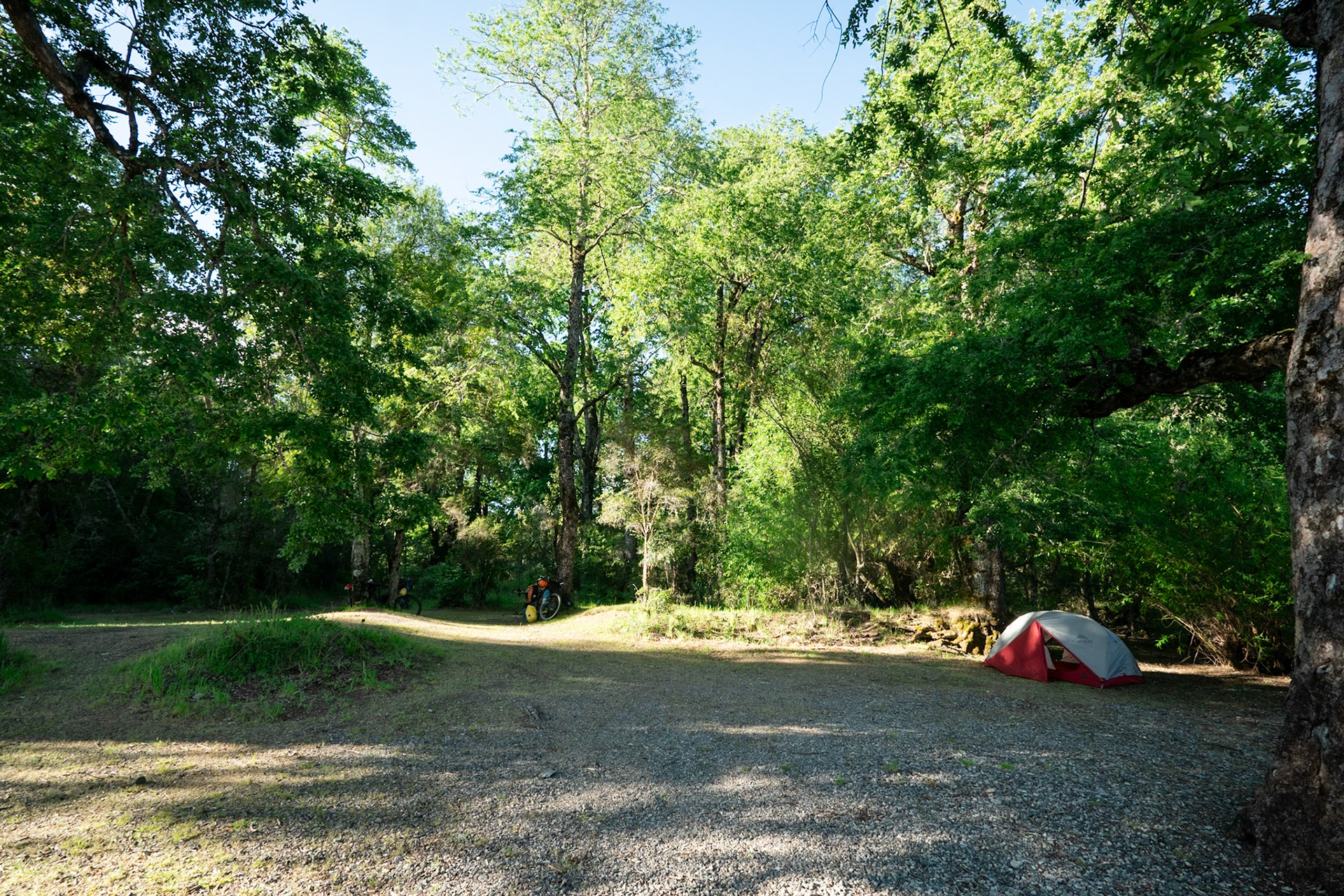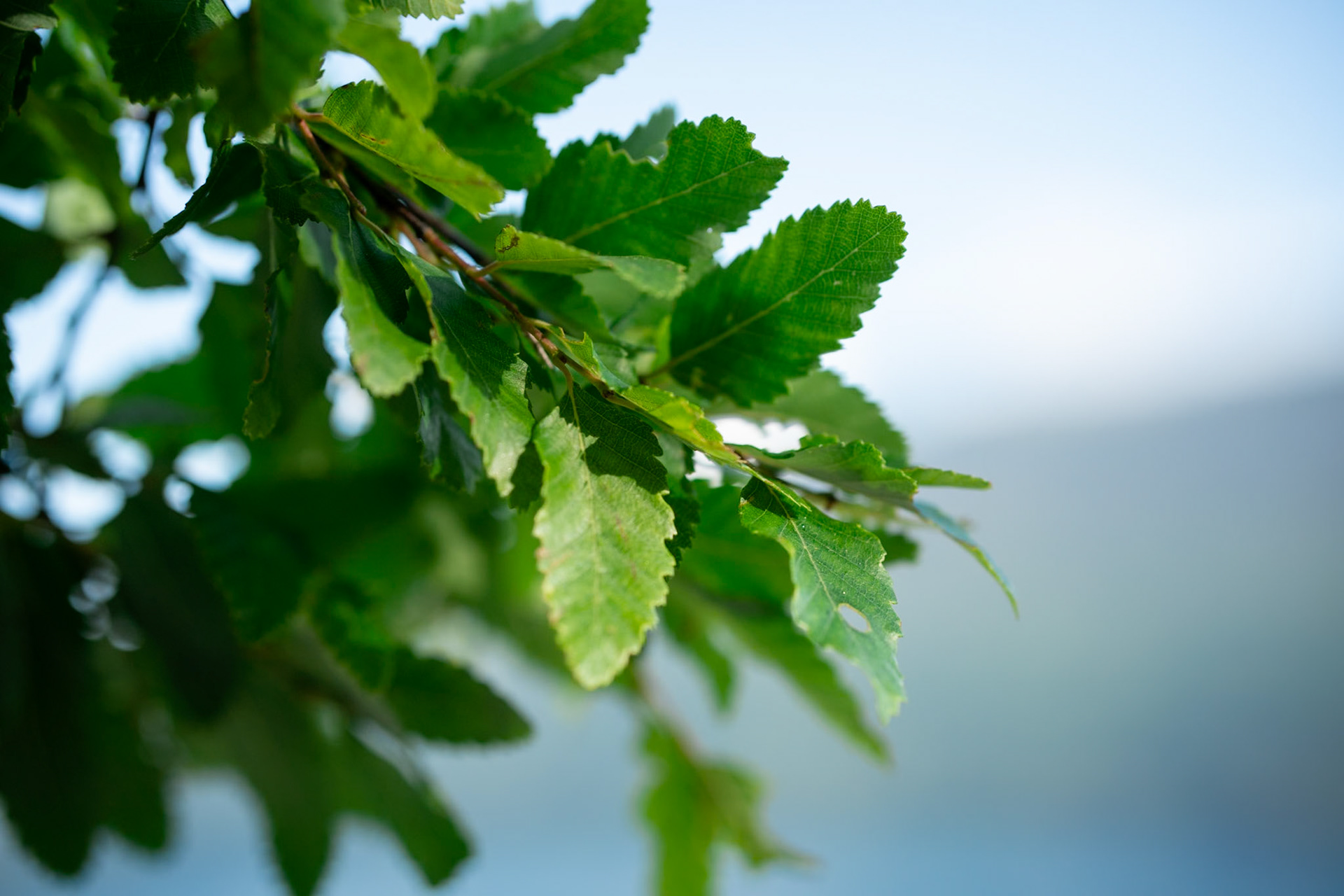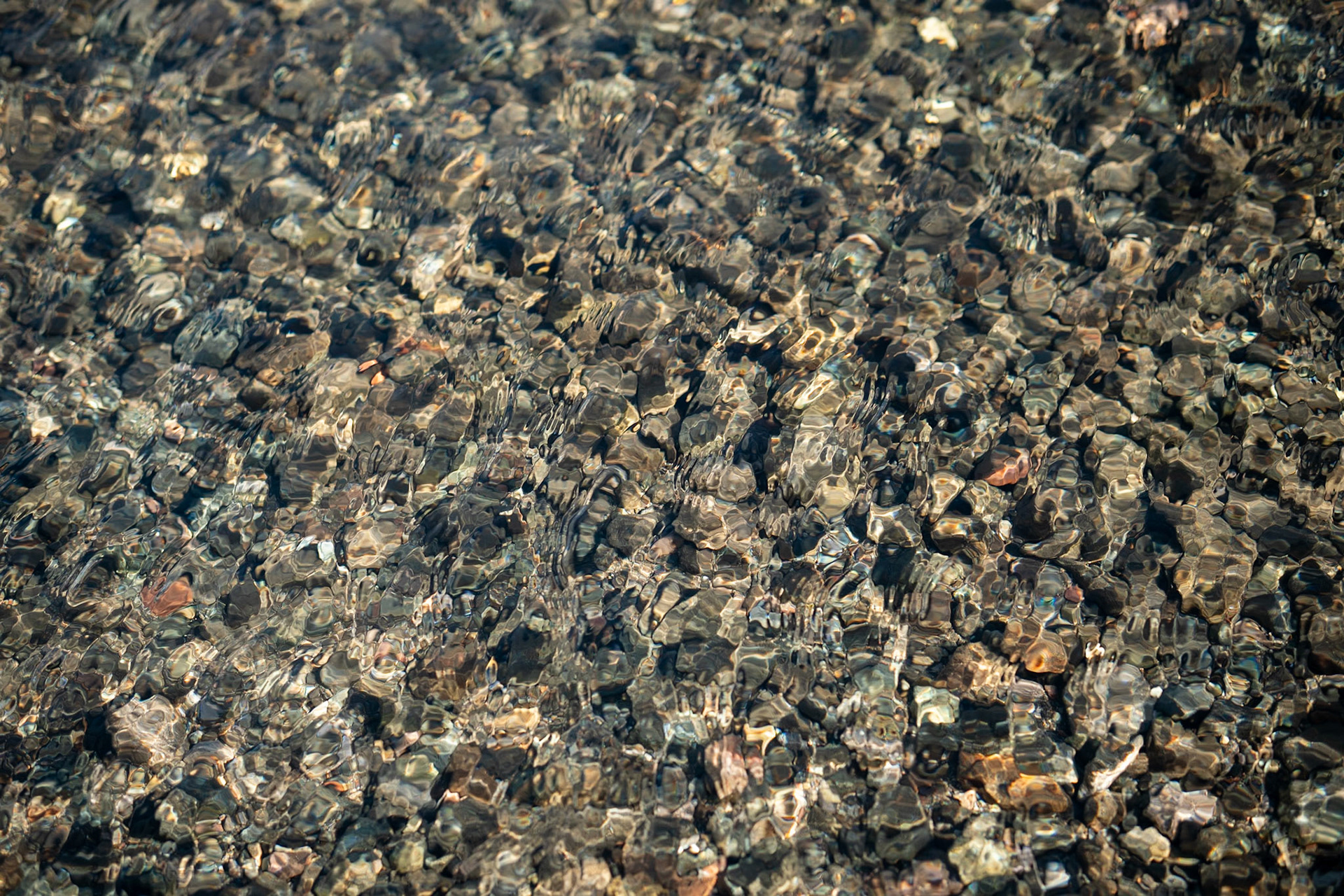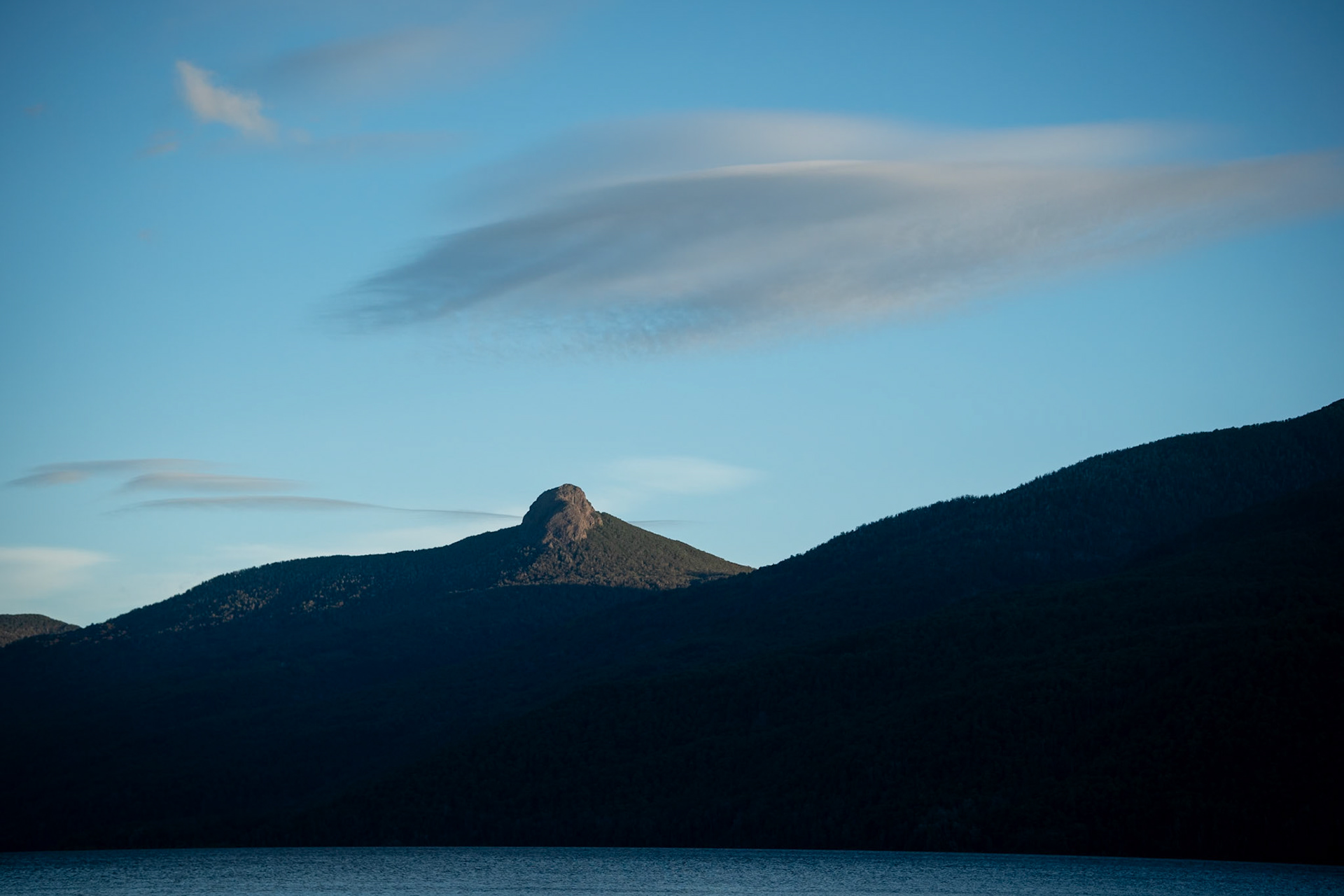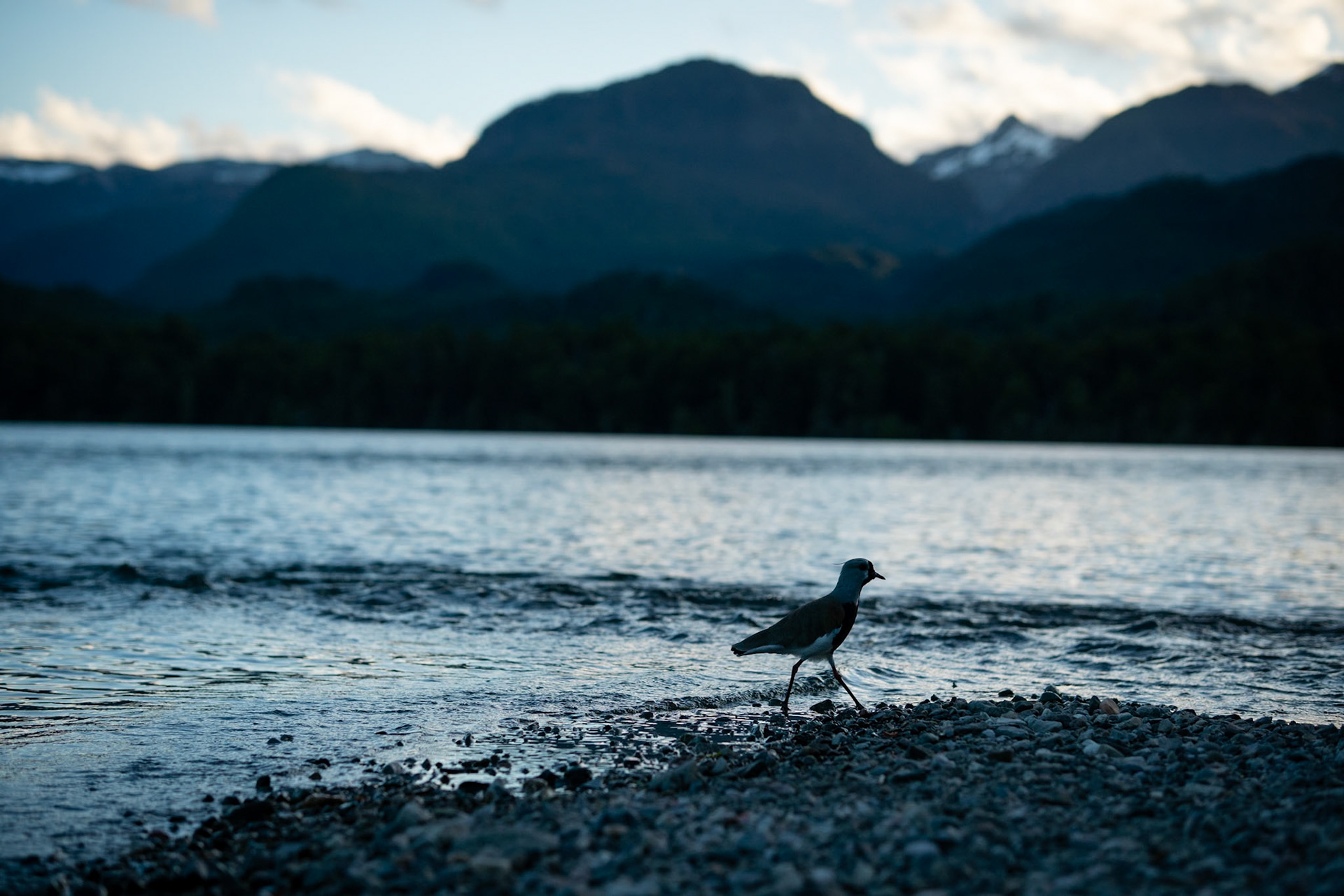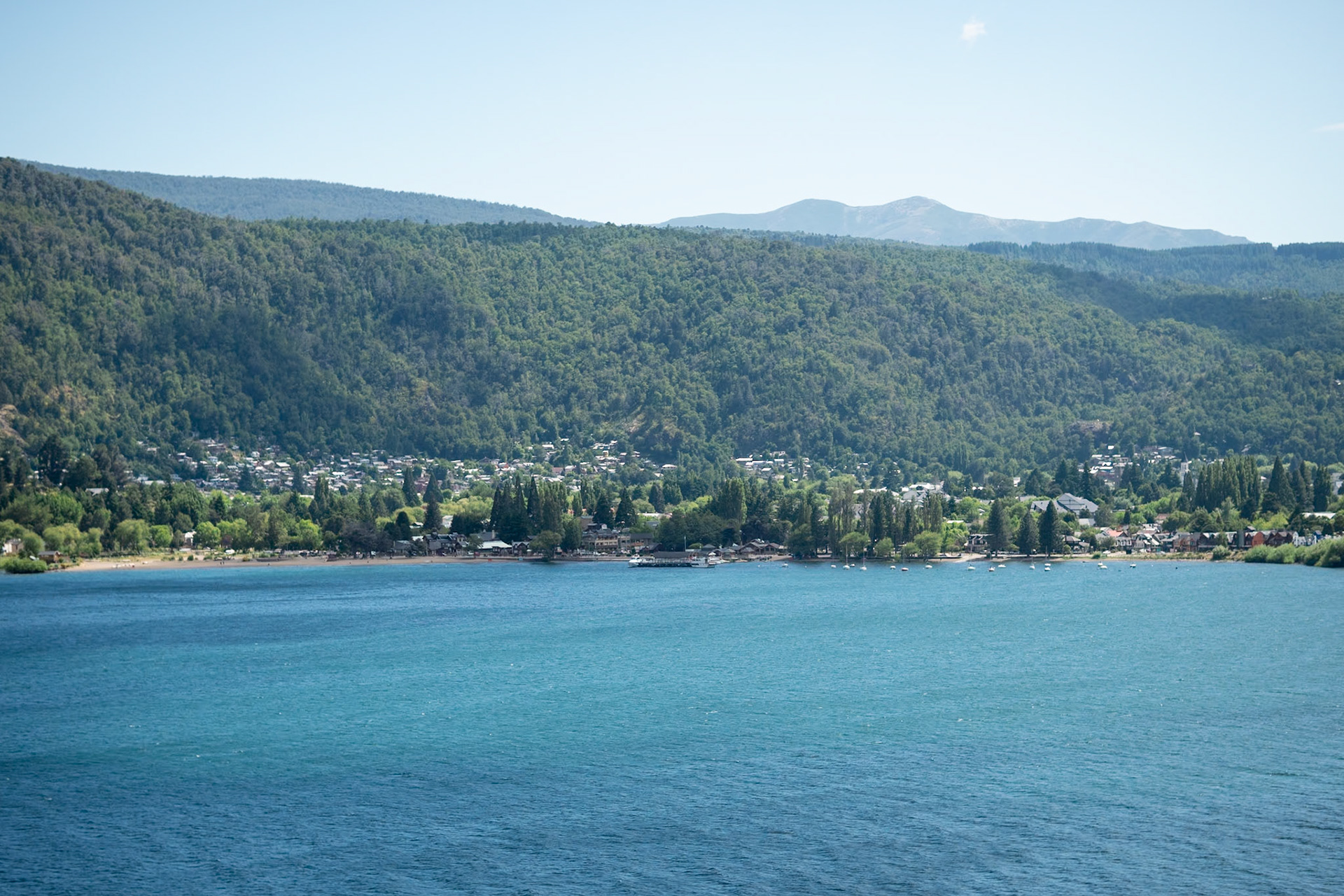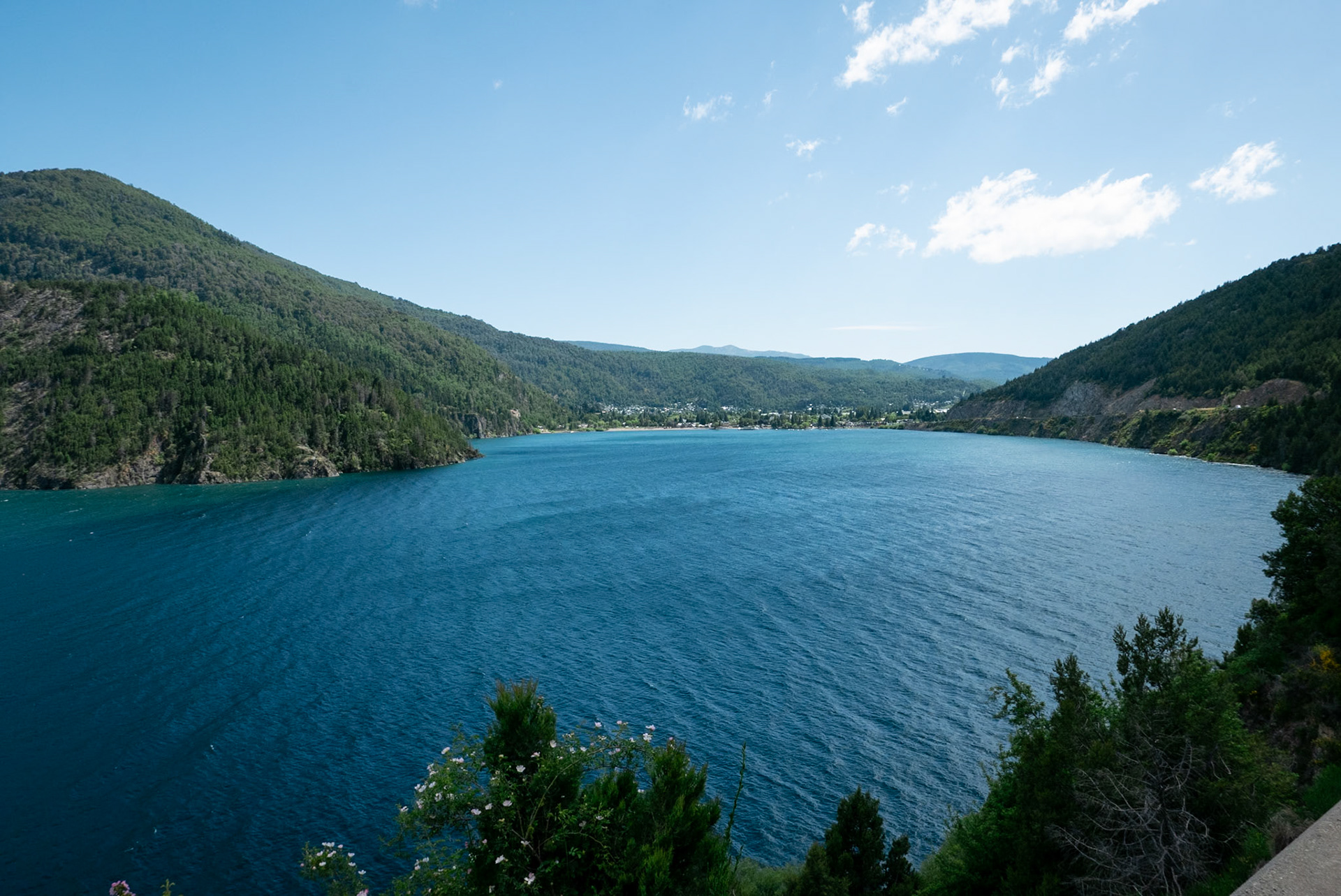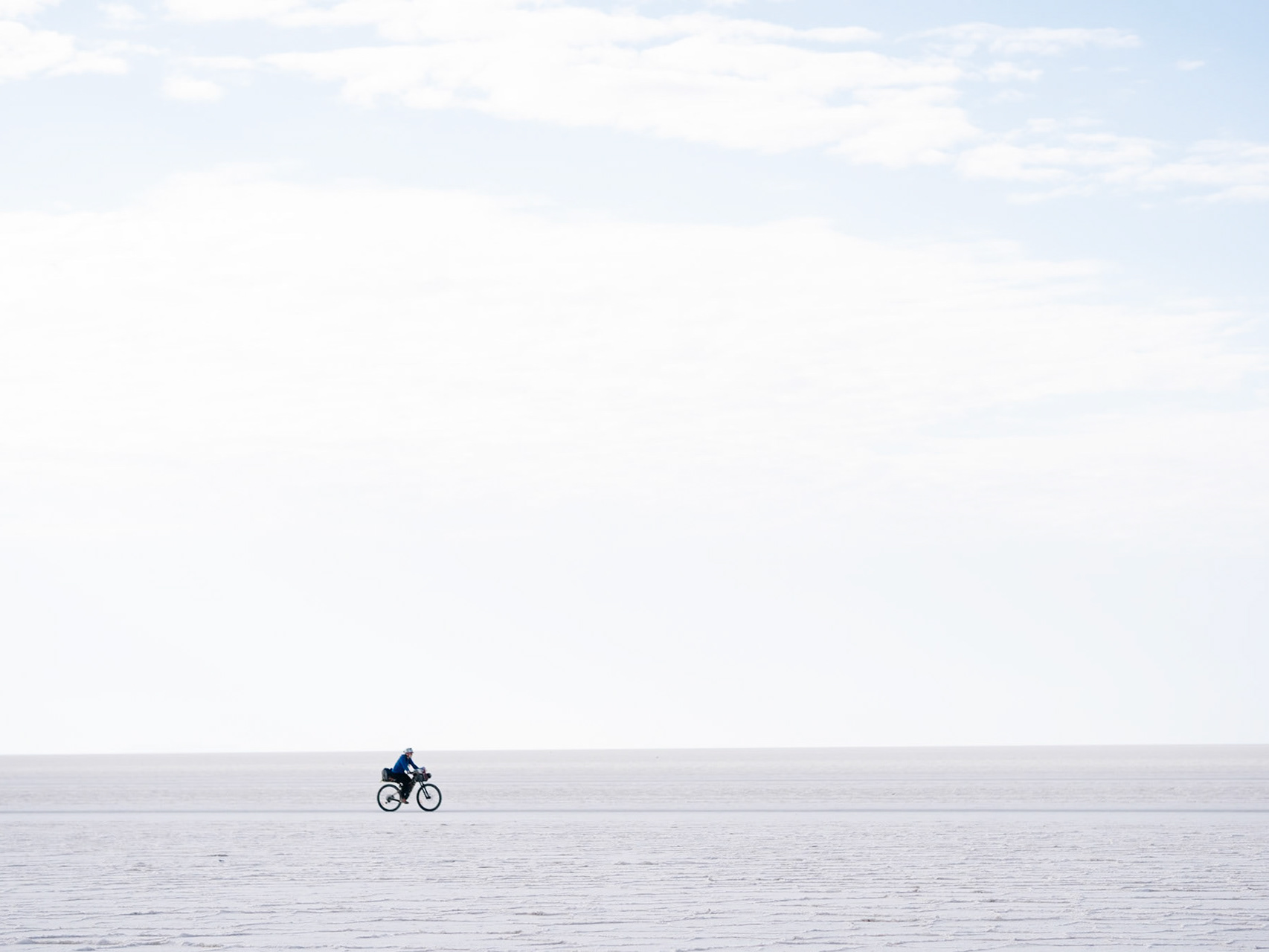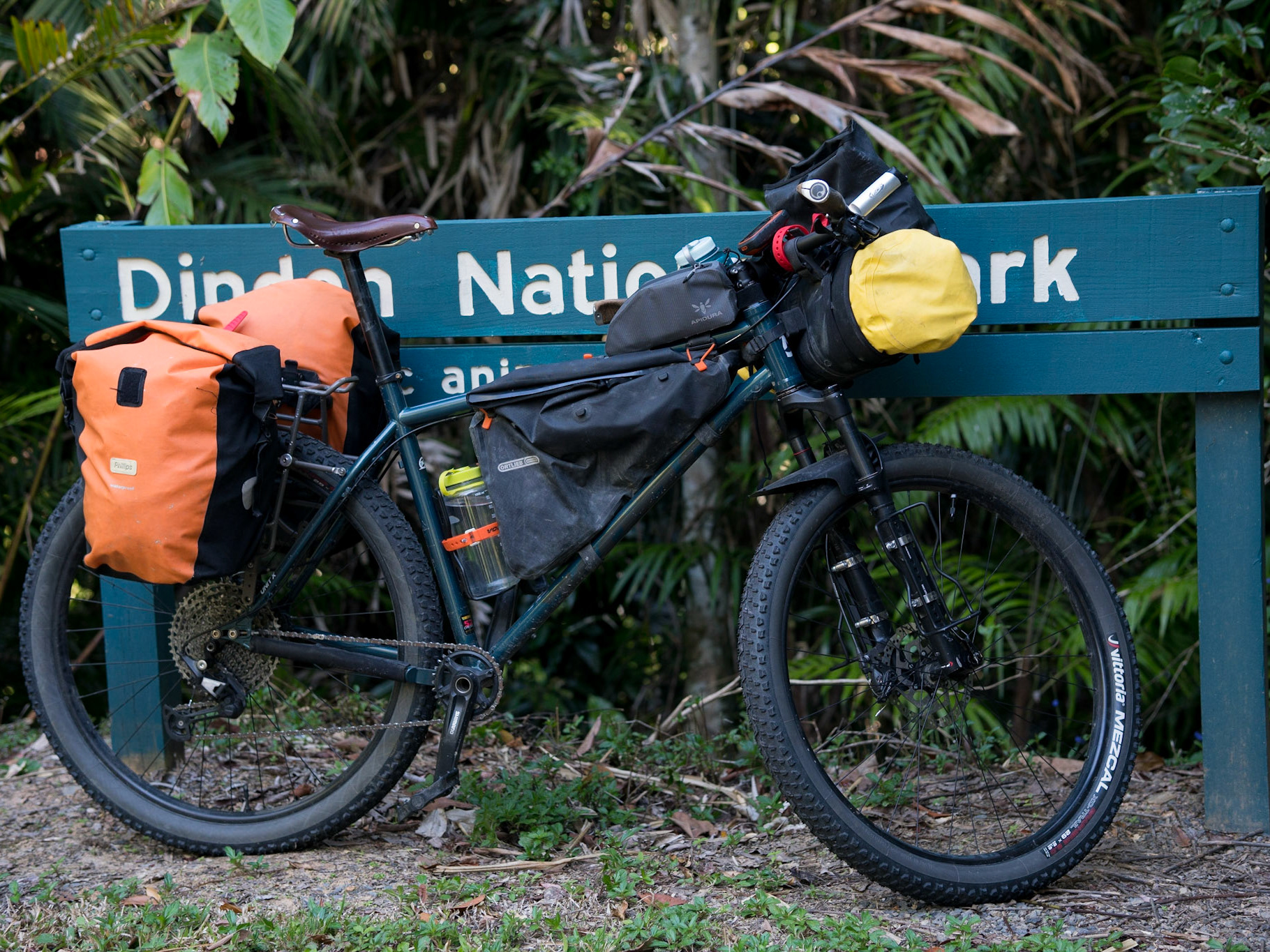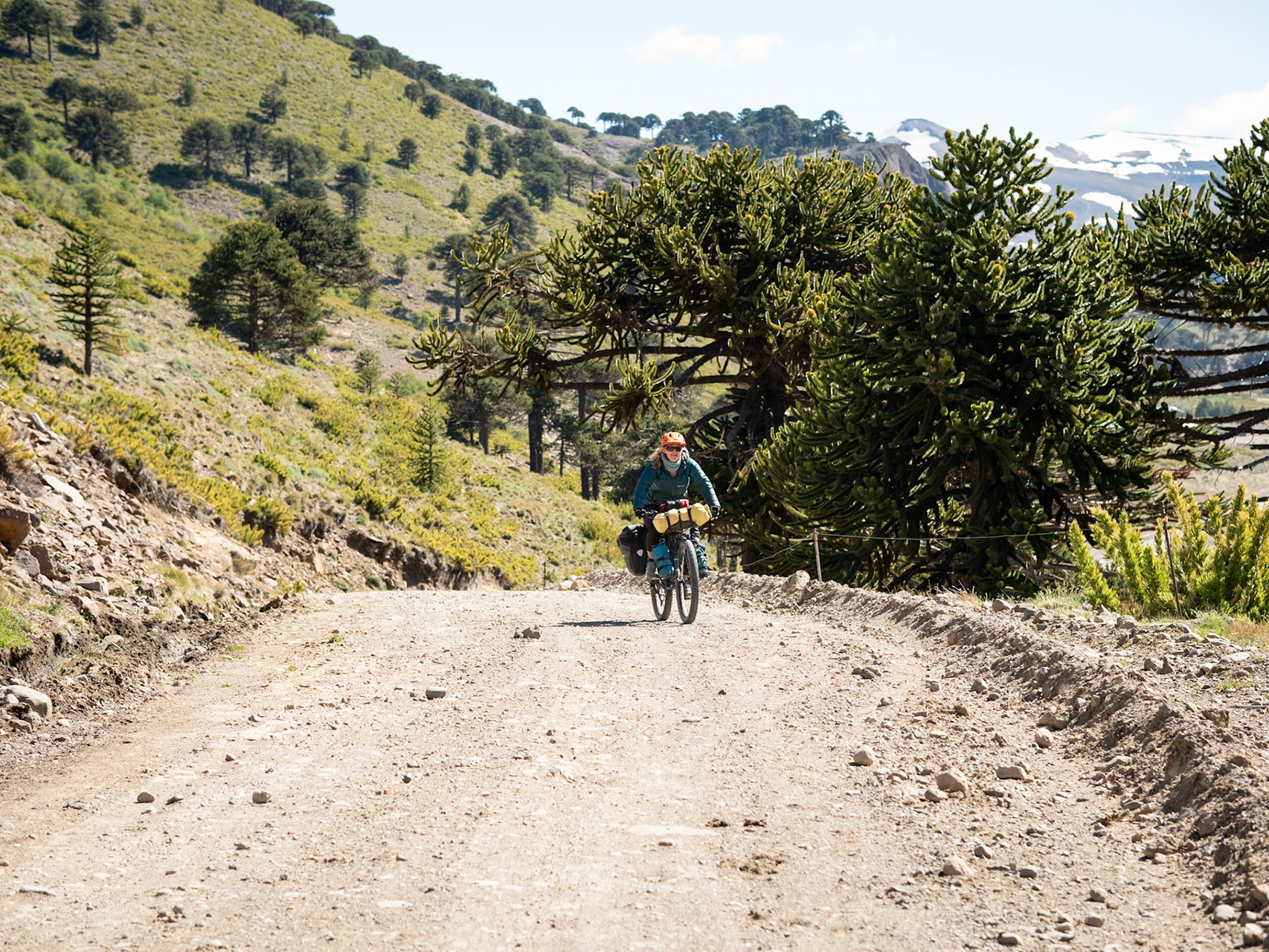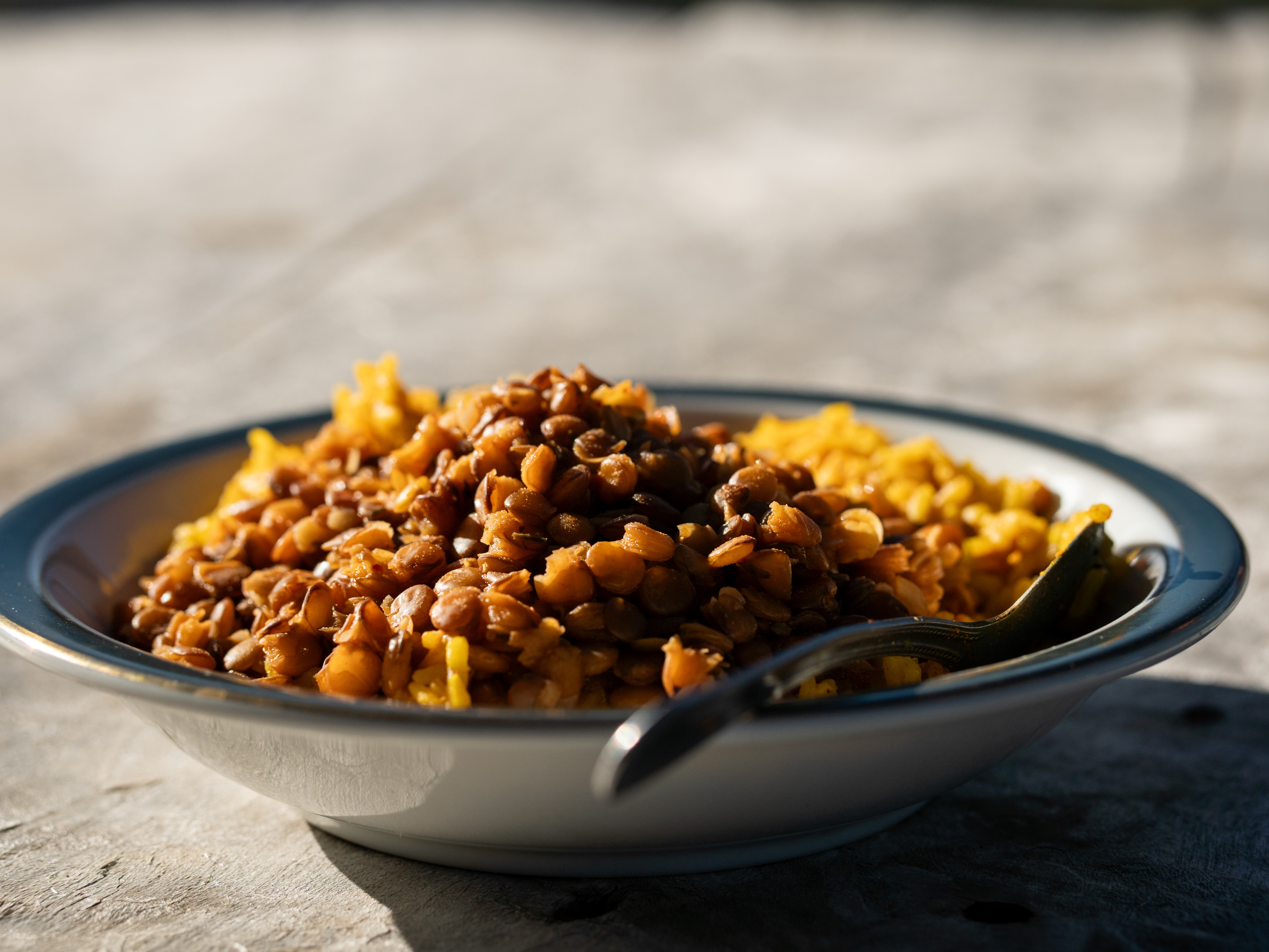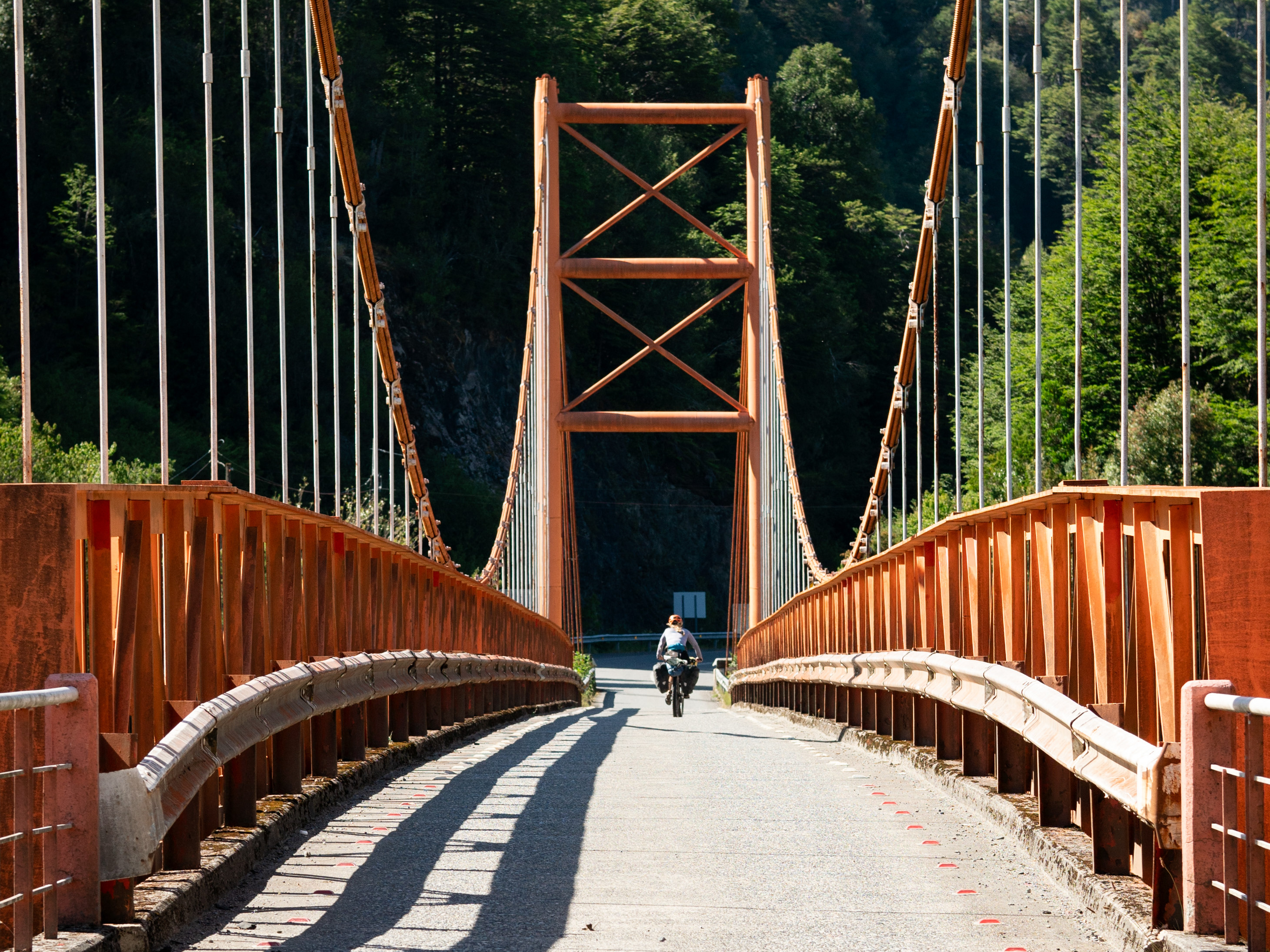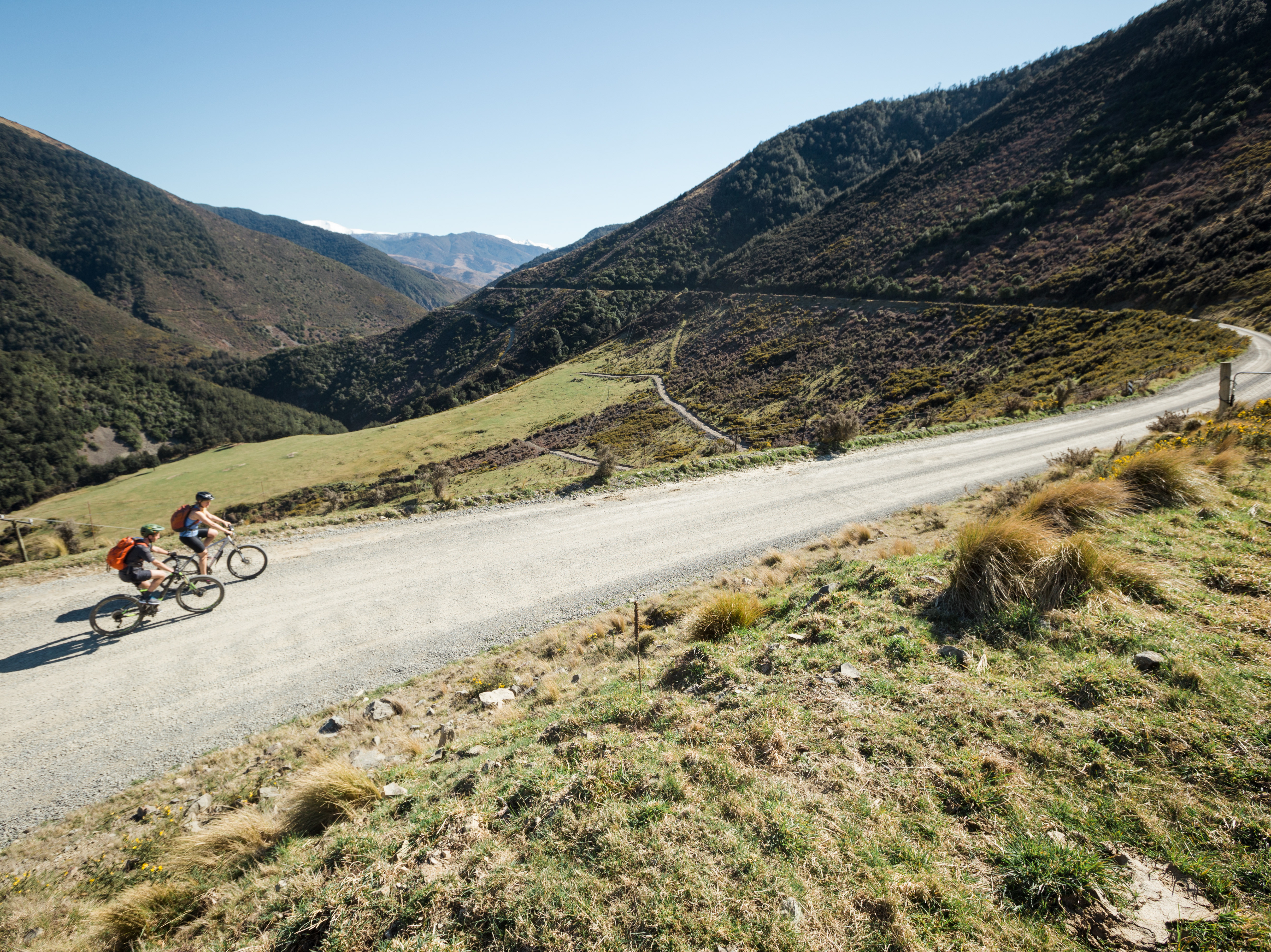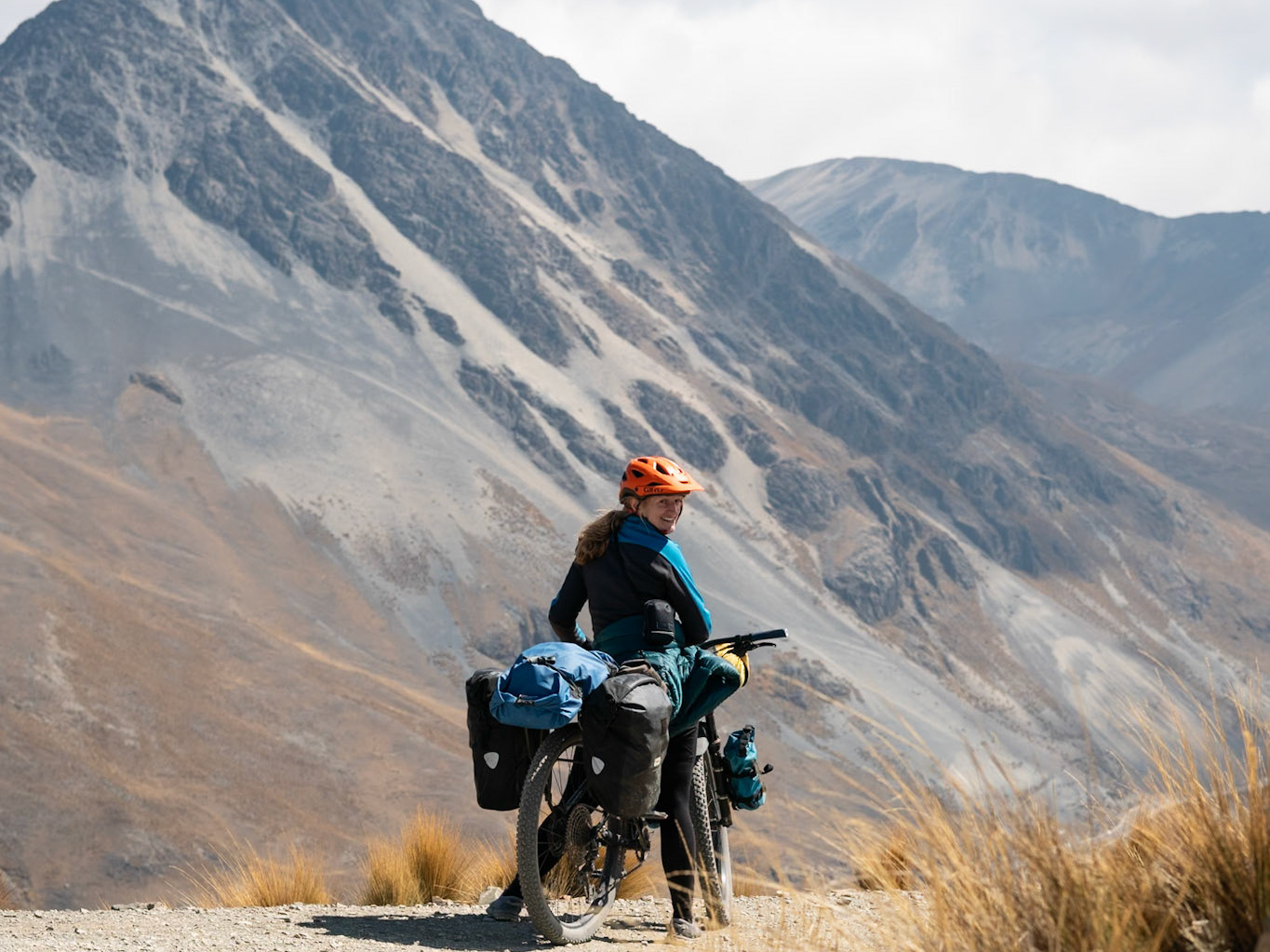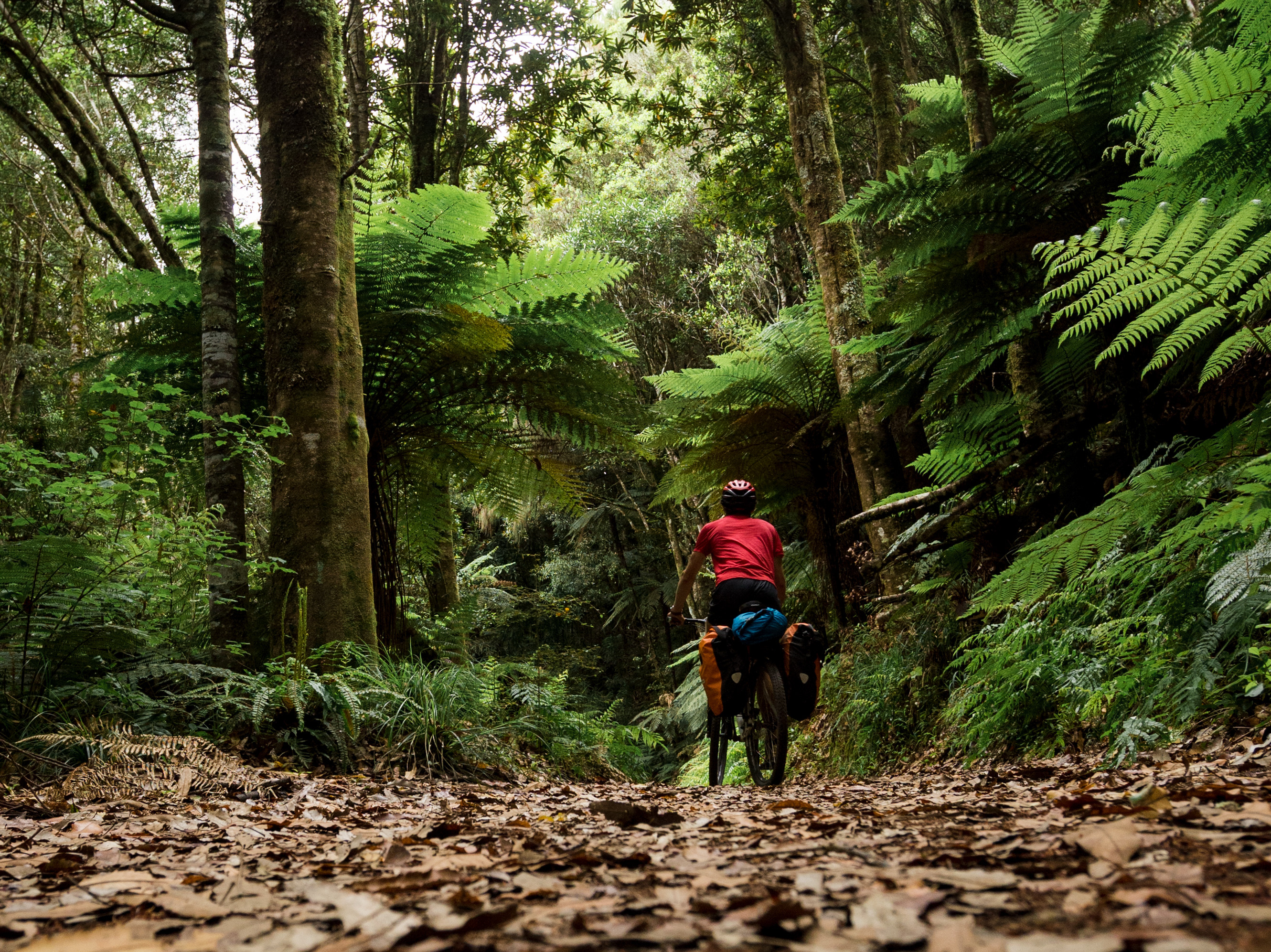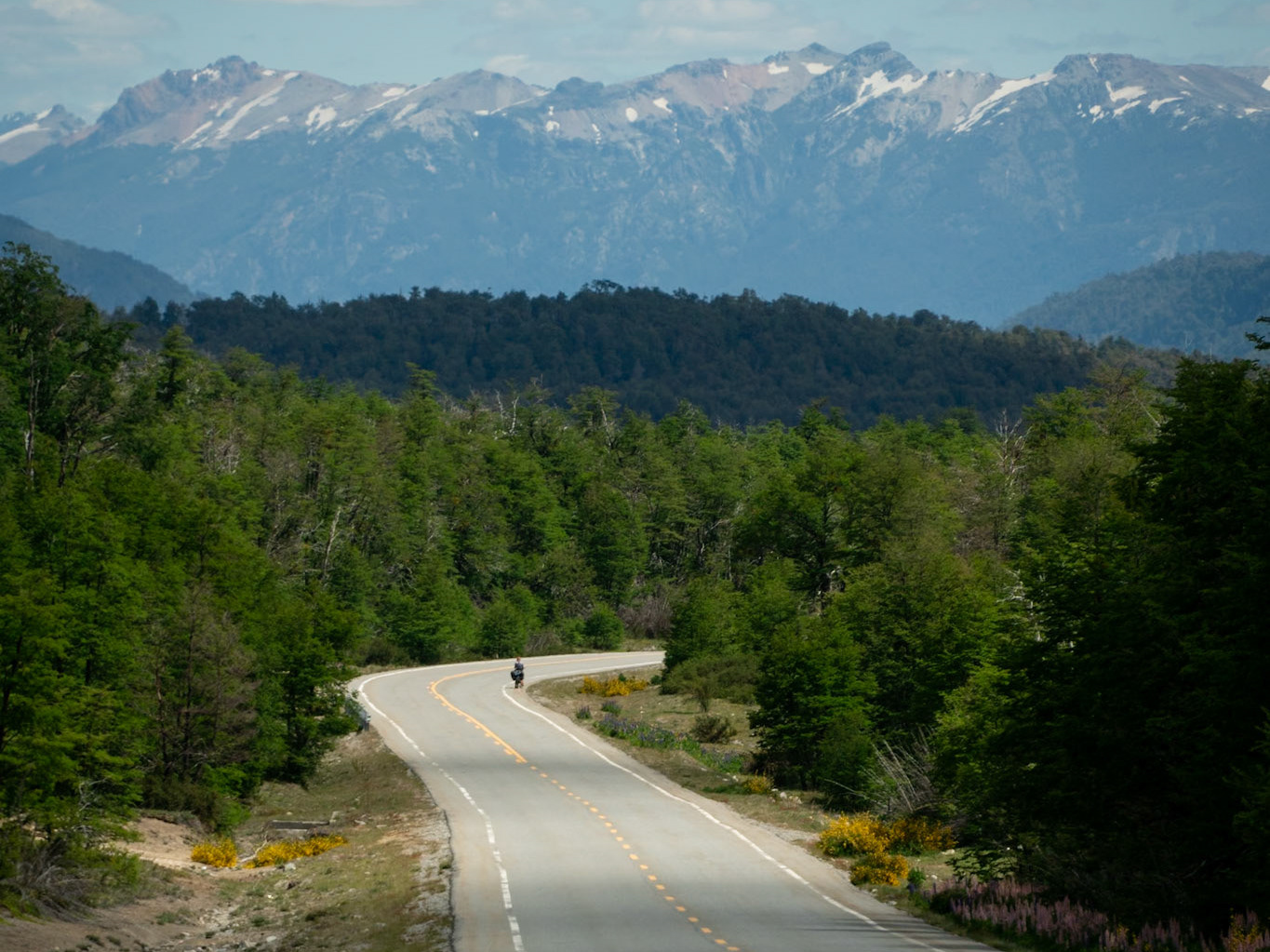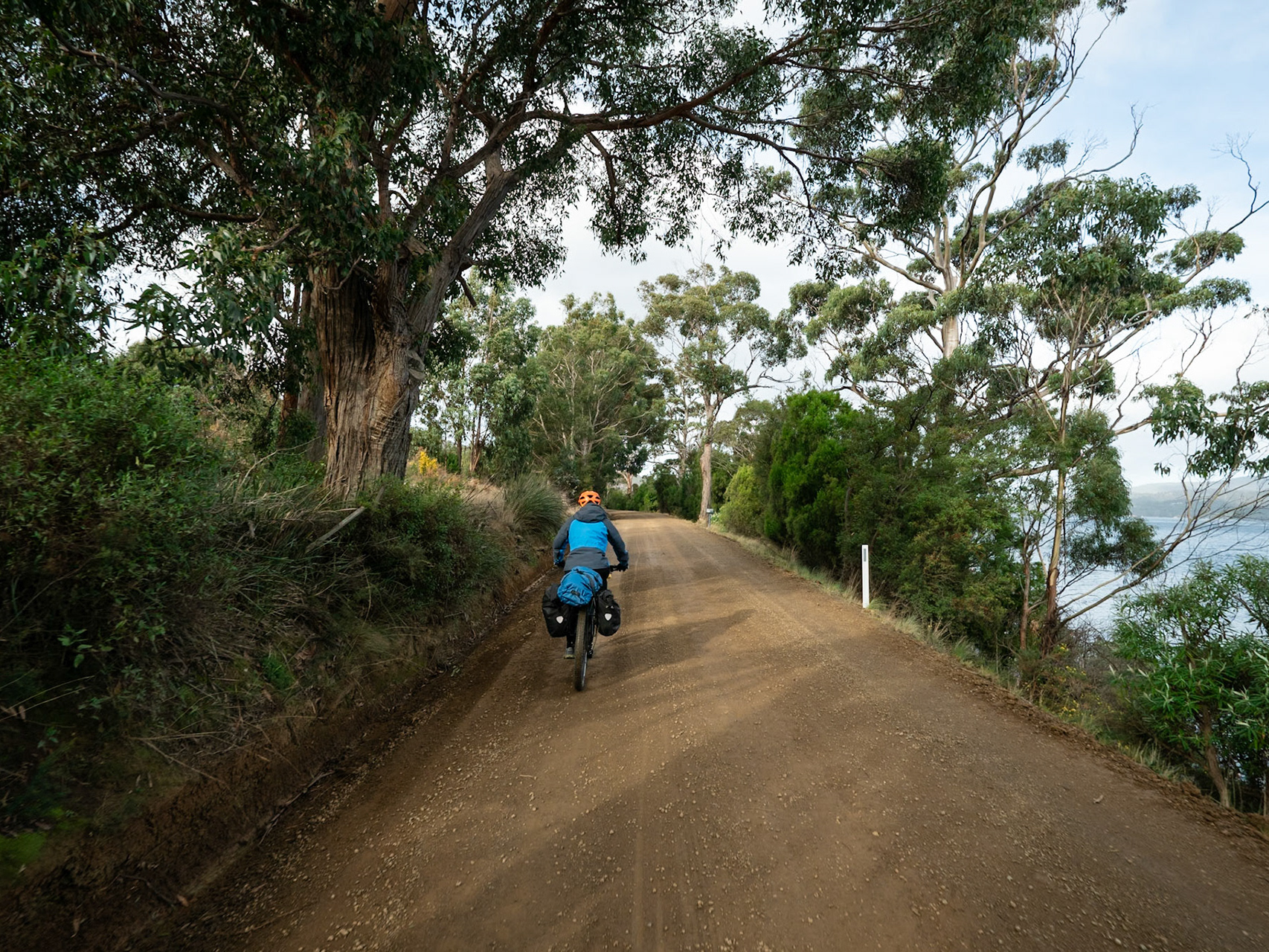Day 1 Melipeuco to Termas Rio Blanco
Heading west always makes us nervous because of the intense prevailing winds but luckily we had none from 8 to 10 when we reached Cunco. There was a bit of traffic and long stretches of road works but it was fine. The panaderias seemed disappointingly sparse here in Chile compared to the treats we had grown accustomed to in Argentinian bakeries thus far and here was no exception. The usual bleached white flour and commercial yeast white fluff produced in abundance, occasionally stuffed with cream or manjar just wasn't quite up to the european patisserie level we had been astonished to find in even the small villages of Argentina. Their sopapillas however can be a delicious exception. Similarly occassionally you can find a nice Pan Amasado (translated cryptically as kneaded bread, raising questions about other varieties). This is still a sweet, white, milk dough, but it can be delicious when piping hot fresh especially on the roadside.
One benefit of seemingly non-existent food hygiene licenses is the prevalence of diverse homemade foods along the roadsides. Most of the best and worst food we have found has been from the simple kitchens of rural homes.
The road out to Lake Collico was pleasant rolling countryside with a separated cycle path appearing oddly halfway along it. Unfortunately this was so congested with branches, rocks and general debris that it wasn't a great alternative.
Lake Collico itself was a beautiful forest fringed lake and particularly tranquil at this time of year. We had a nice lunch there next to what looks like would be a busy campground in summer. From here at the start of the lake the road becomes undulating gravel with surprisingly frequent hills and unfortunately a fair amount of traffic en route to the many holiday houses and termas. This traffic brought a dust that stayed airborne for longer than we were used to given the lack of wind in these Chilean valleys. The campground halfway down the lake was not yet open for the season but looked far more pleasant than the first one we had seen, with nice sheltered terraces down to the Lake and a small tienda.
We powered along past the turnoff to Trafampulli offering completely unjustifiable prices of 100,000 pesos (!!!!) (200NZD) per tentsite and up over to Lake Caburgua where prices were still around 40,000 pesos. These campsites are built not for lavish international tourists but for locals on summer holiday. This must speak volumes about the state of the rest of the countryside if locals pay this much money to stay in a quality of landscape that is so easily and (usually, but not always) cheaply available to camp at in New Zealand.
I would not like to be in this district in busy season as these pristine lakesides and charming country avenues would become very unpleasant when crowded.
At the head of Lake Caburgua, the middle of nowhere, there was still however a football pitch in true South American fashion.
From here the road climbs to the Termas San Sebastian in short steep bursts which all required pushing. We stayed at the relatively new Don Luis Termas and Camping. We seemed to be their first ever guests as they excitedly pulled tables and chairs together and dusted out fresh sawdust from the mostly-built toilet block. The termas were a pleasant maybe 37’c, lovely after a good day's cycling but they did get a little cool later on. They occurred naturally in this valley and had been guided into a nice stone/cement pool. It was not cheap but at least was 50% less than the other campsites with hot pools nearby. It was 10,000 pesos pp for camping and hot pools whenever you like, right next to the camping terrace. The peaceful beech forest valley setting also added to the charm.
